June 2020
/After experiencing the highs of peak migration each May, June tends to be our most difficult month in terms of species diversity here in Virginia Beach. A combination of quite a few expected species departures throughout the month but no expected arrivals means that the number of species expected to occur becomes less and less as each day passes. The early portion of the month can produce some lingering spring migrants, like Blackpoll Warbler, or a few species of shorebirds like Spotted Sandpiper, Black-bellied Plover and White-rumped Sandpiper, but by about the second week the only species present typically are the annual breeders (save for anything truly rare/unexpected). With the summer heat beginning to set in, and exhaustion taking its toll after the culmination of spring migration in May, birders also just tend to be out scouring the landscape less in June than in other months. Overall, temperatures in June were slightly lower (85°F/69°F for daily highs/lows) than the prior ten-year average (86°F/69°F). Throughout the month, we ranged from a low of 56°F on 1 Jun to a high of 95°F on 4 Jun, which marked the highest value for the calendar year thus far (dethroning the 93°F set the previous day). Over the course of its thirty days, a total of 154 species produced accepted records in eBird during June, of which a good cross section are covered in either the write-up or in the photographs below. While an expectedly significant drop from the record-breaking 221 species logged here in May, compared to recent Junes this number proved to be an increase from both the 148 species logged in 2019 as well as the 141 in 2018. For the calendar year, we now stand at 284 species, which is fourteen higher than the 270 species logged through the same period last year. Collectively, eBirders have now submitted a total of 5,554 complete checklists for the calendar year which, like last month, keeps us on a pace to eclipse the 10,061 submitted in 2019.
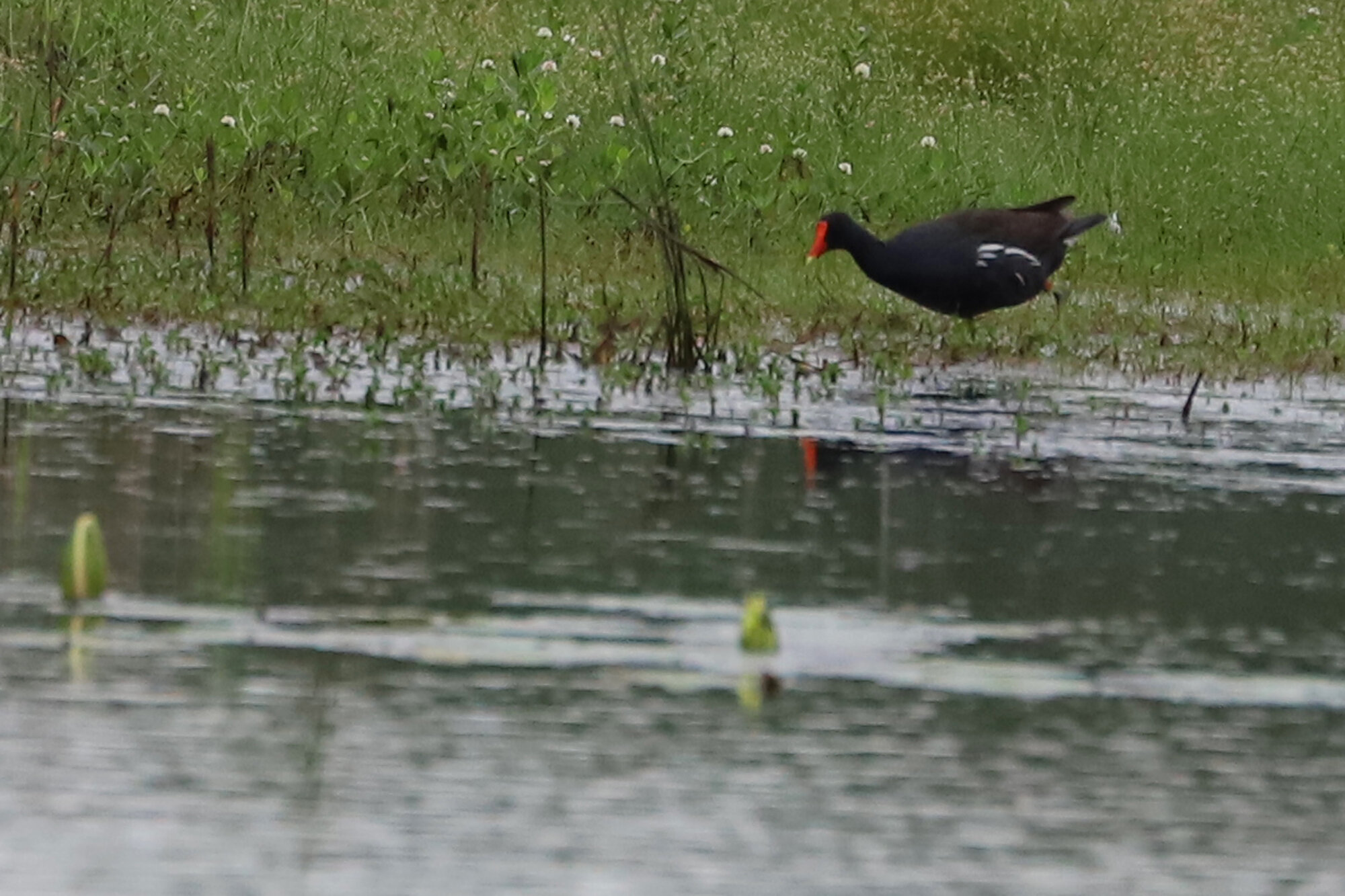
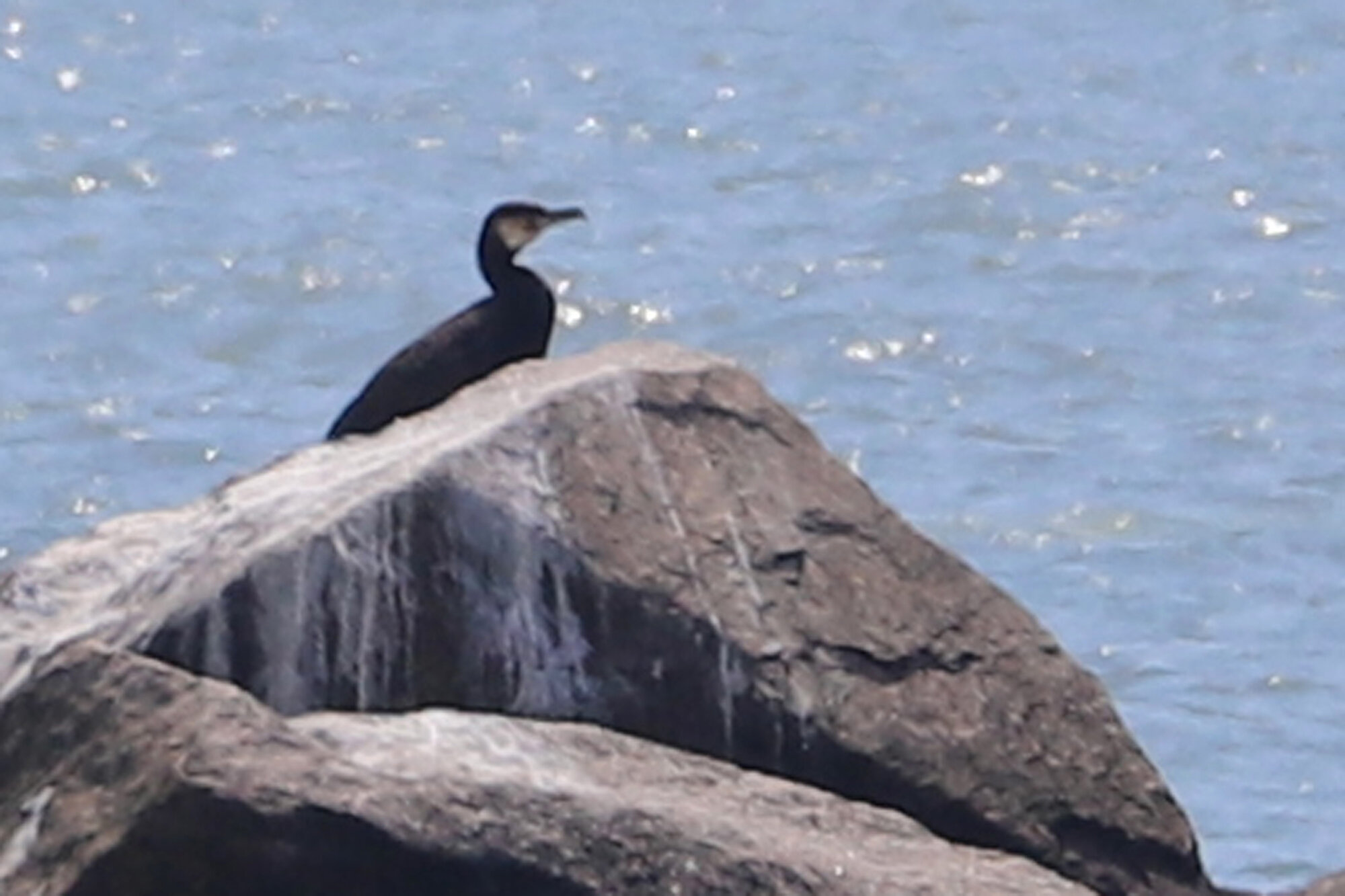
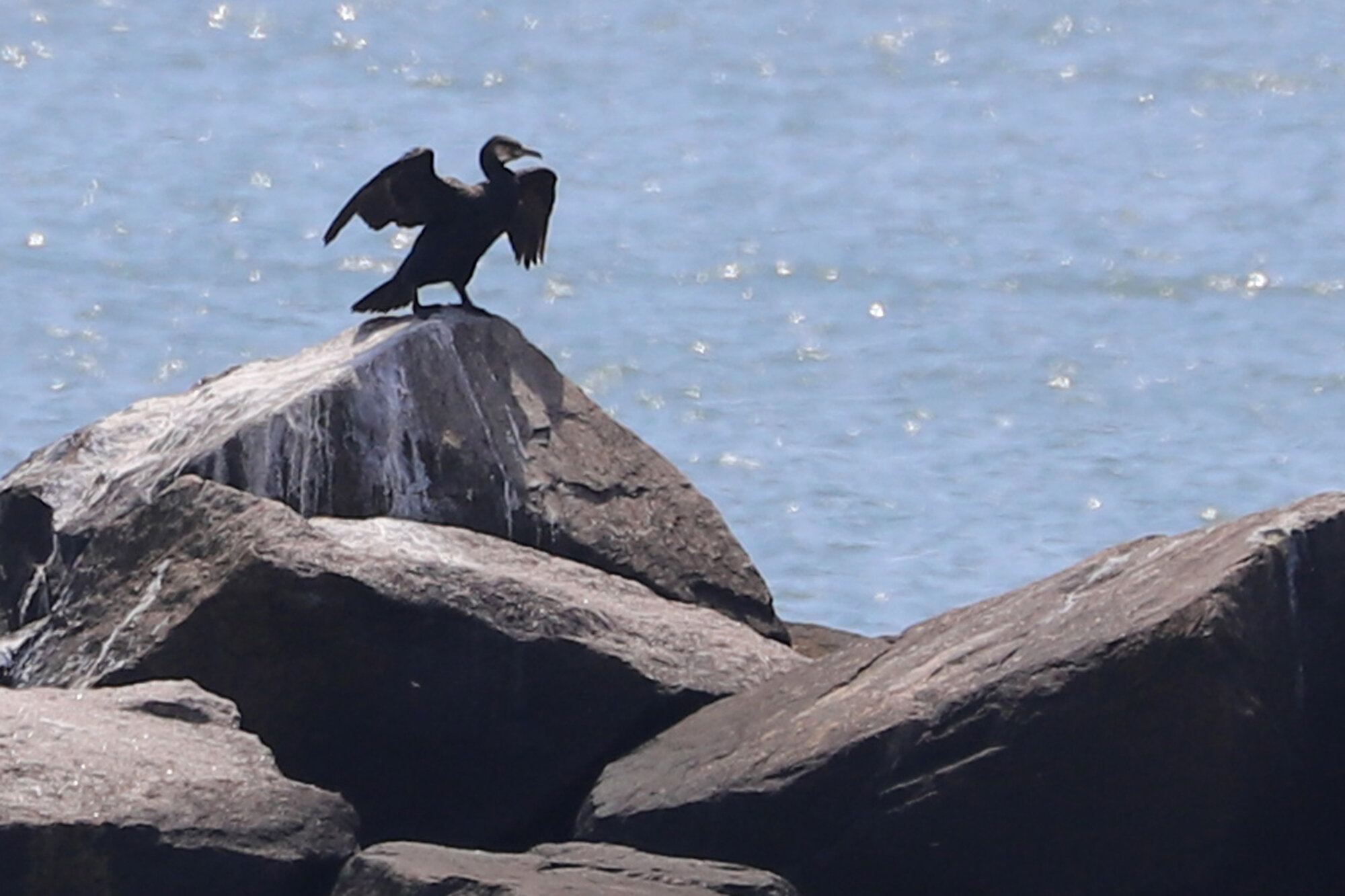

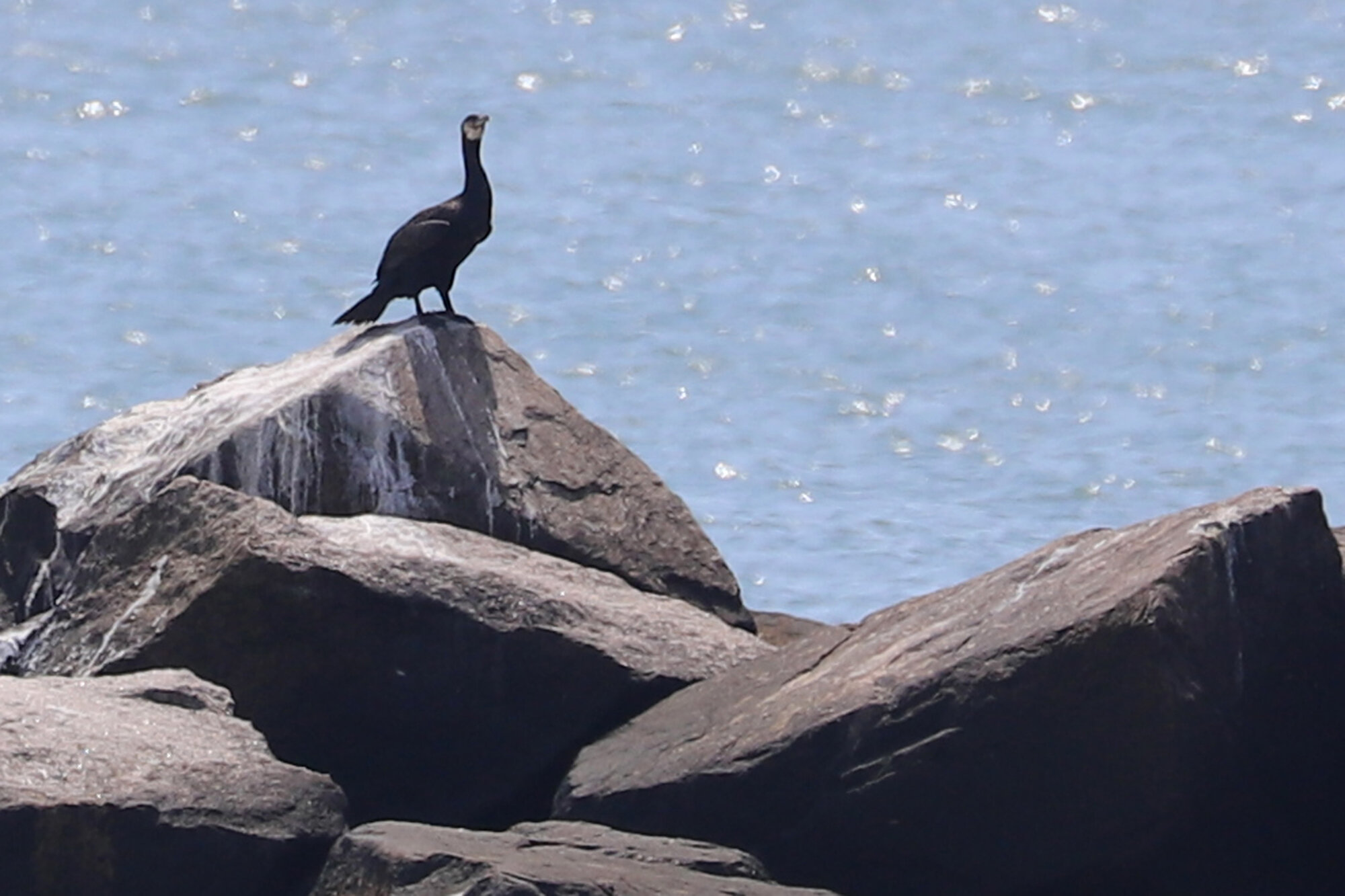
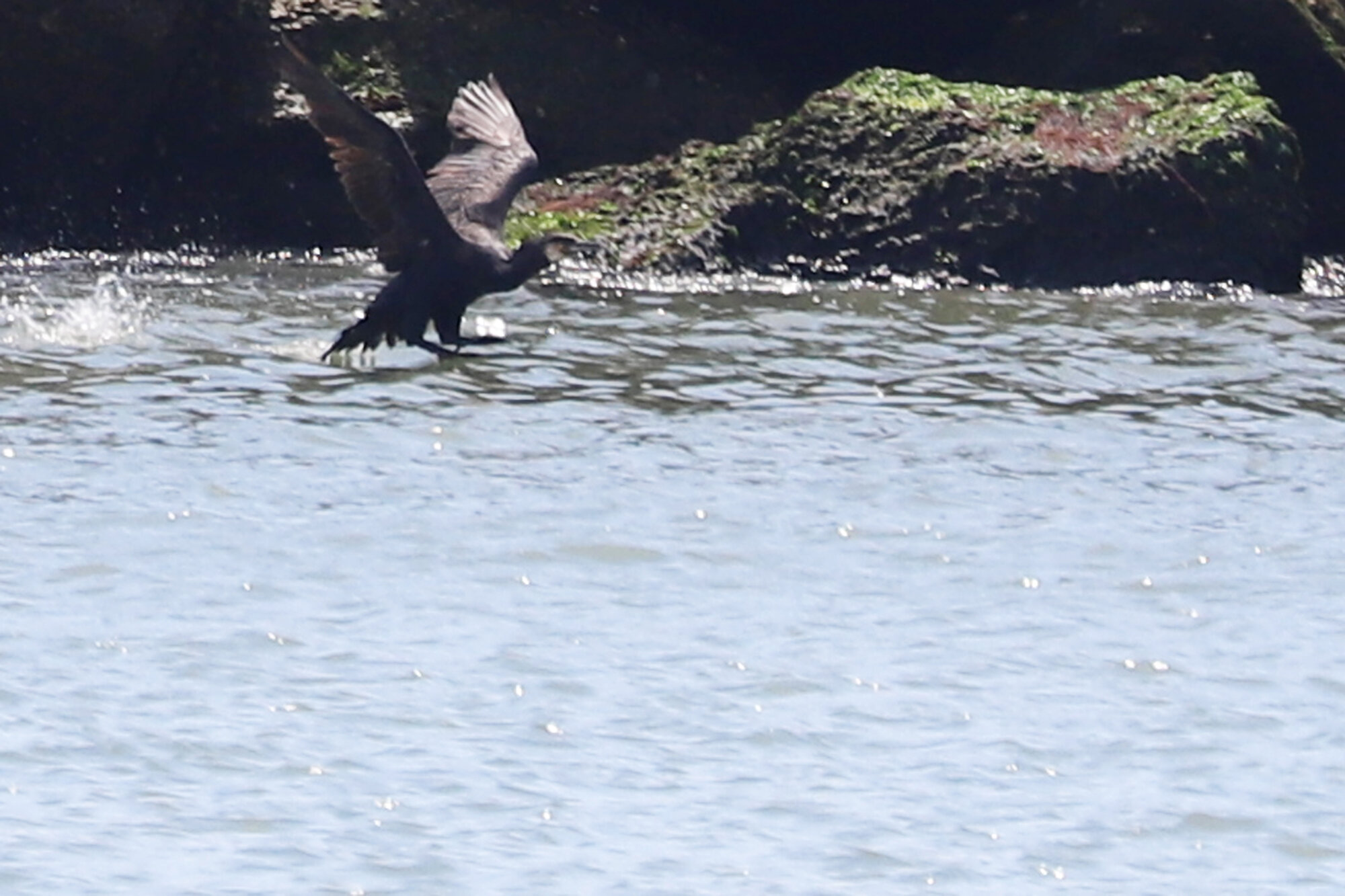
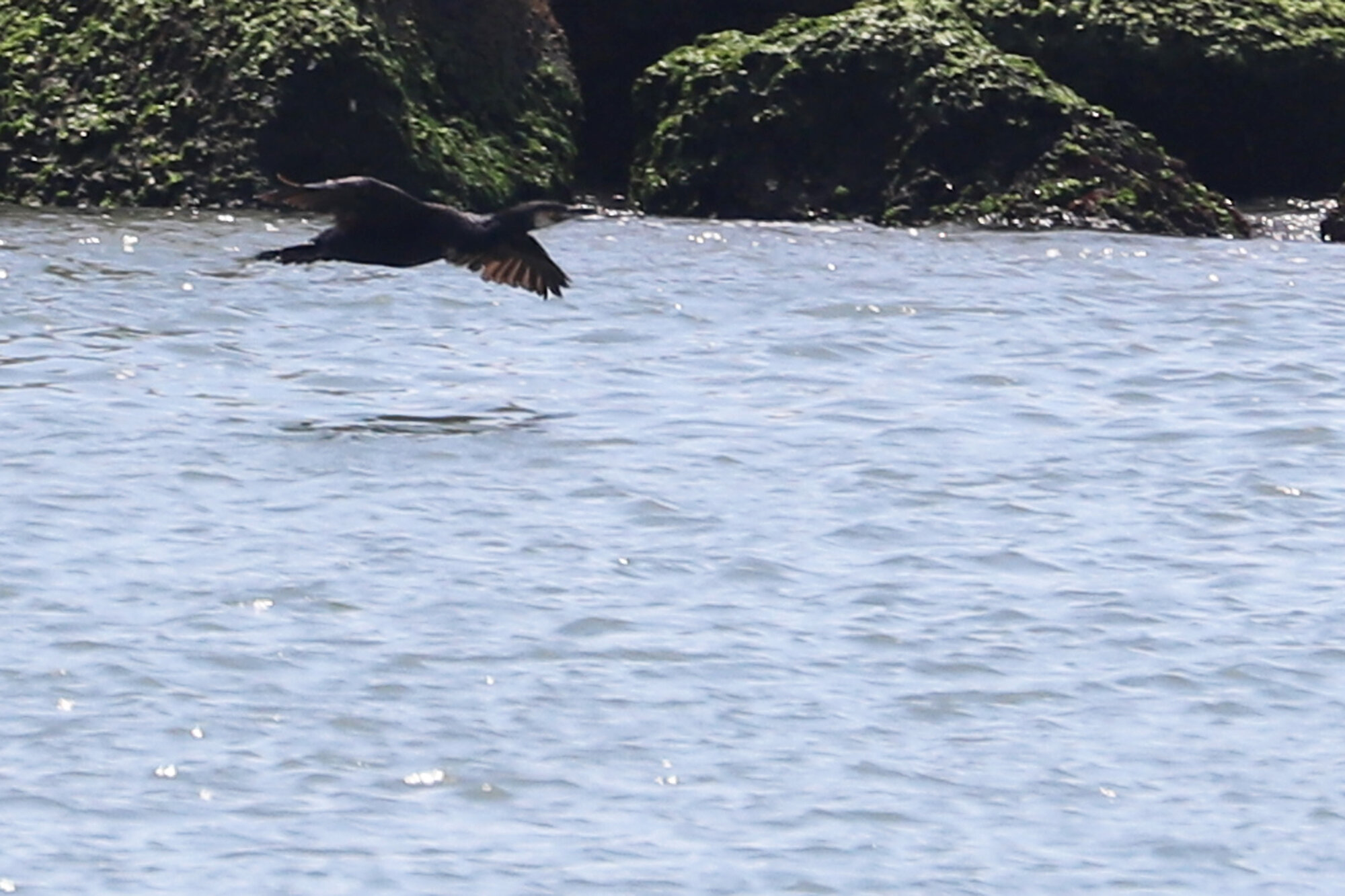

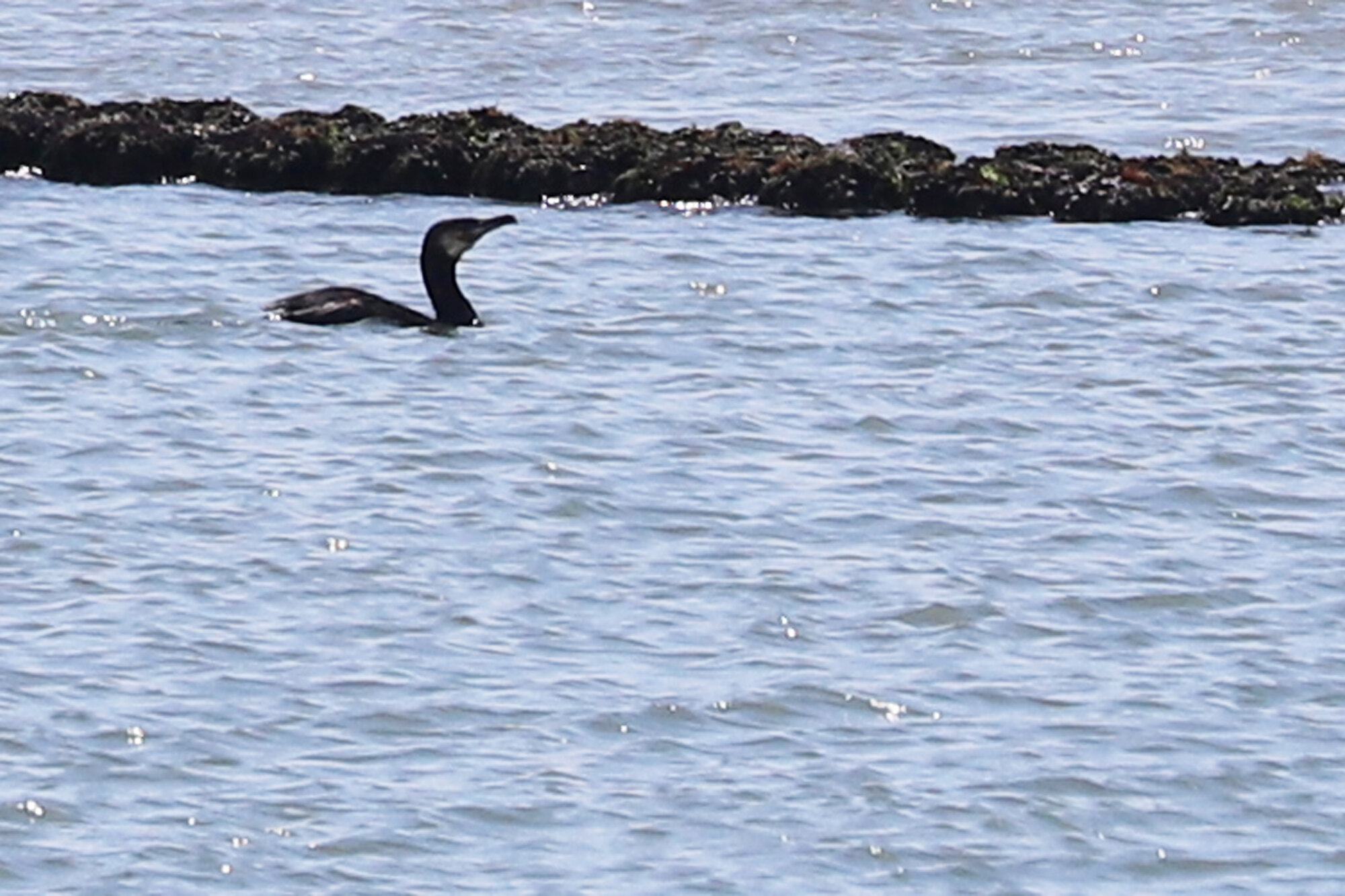
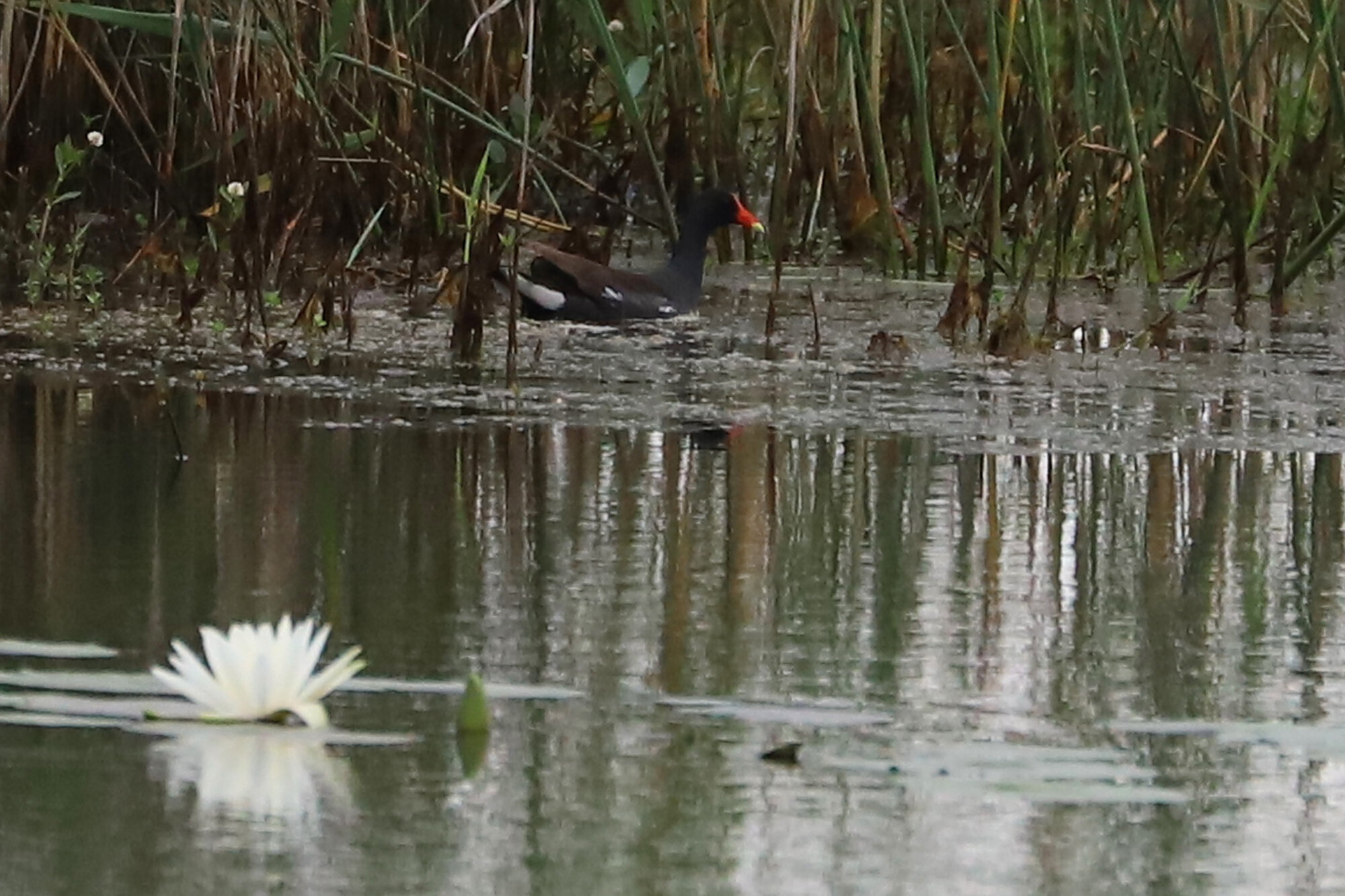
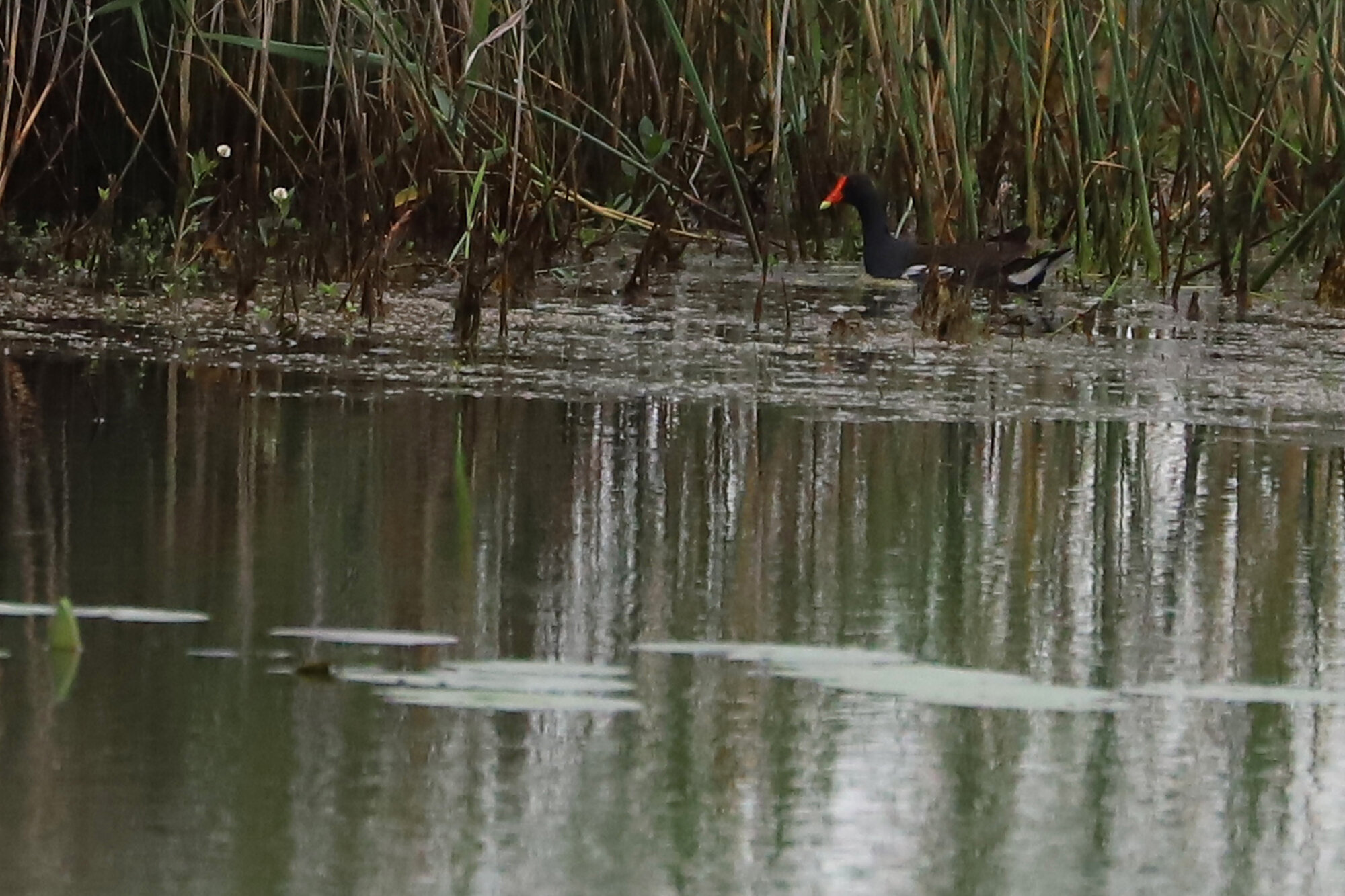
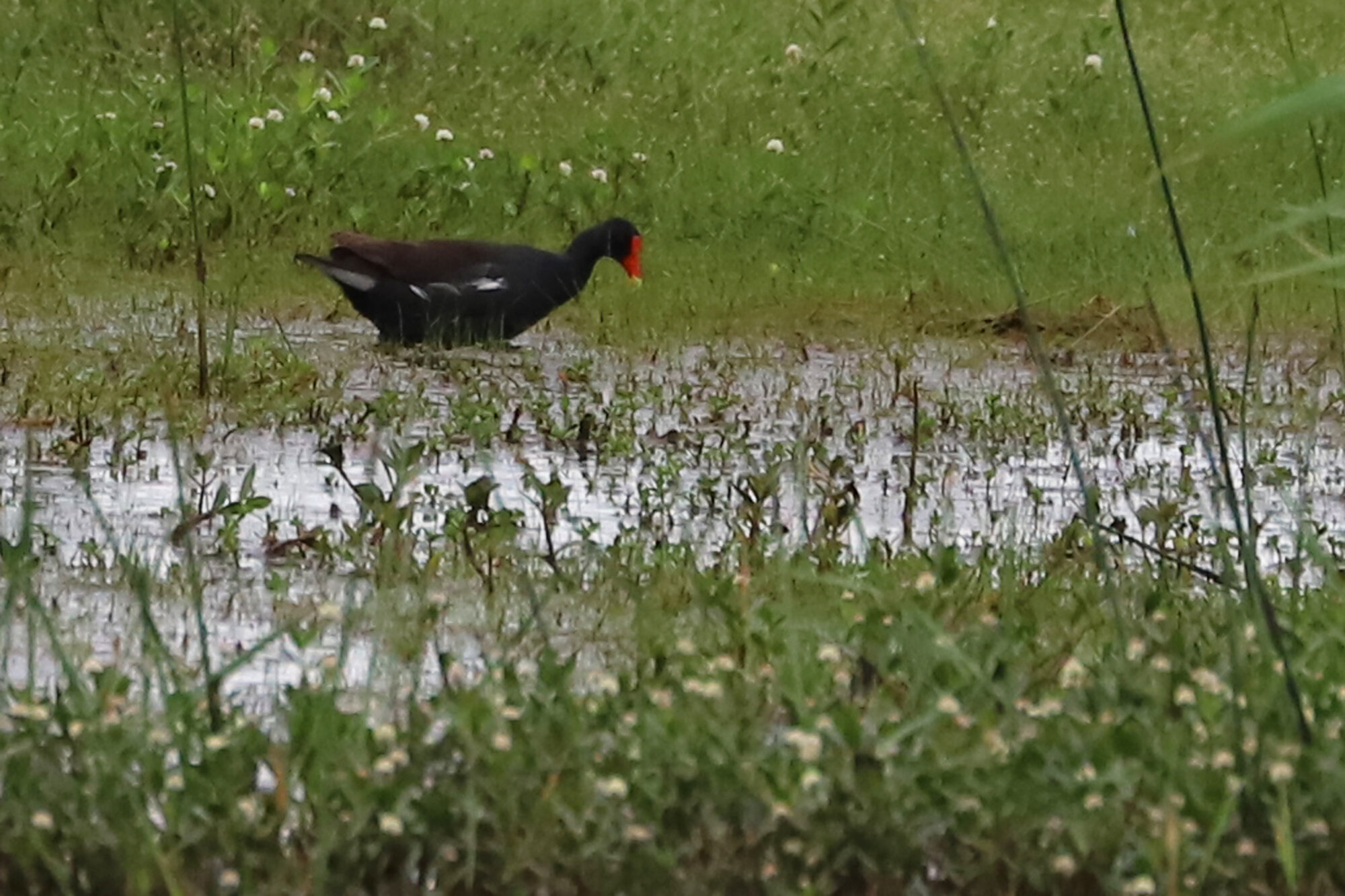
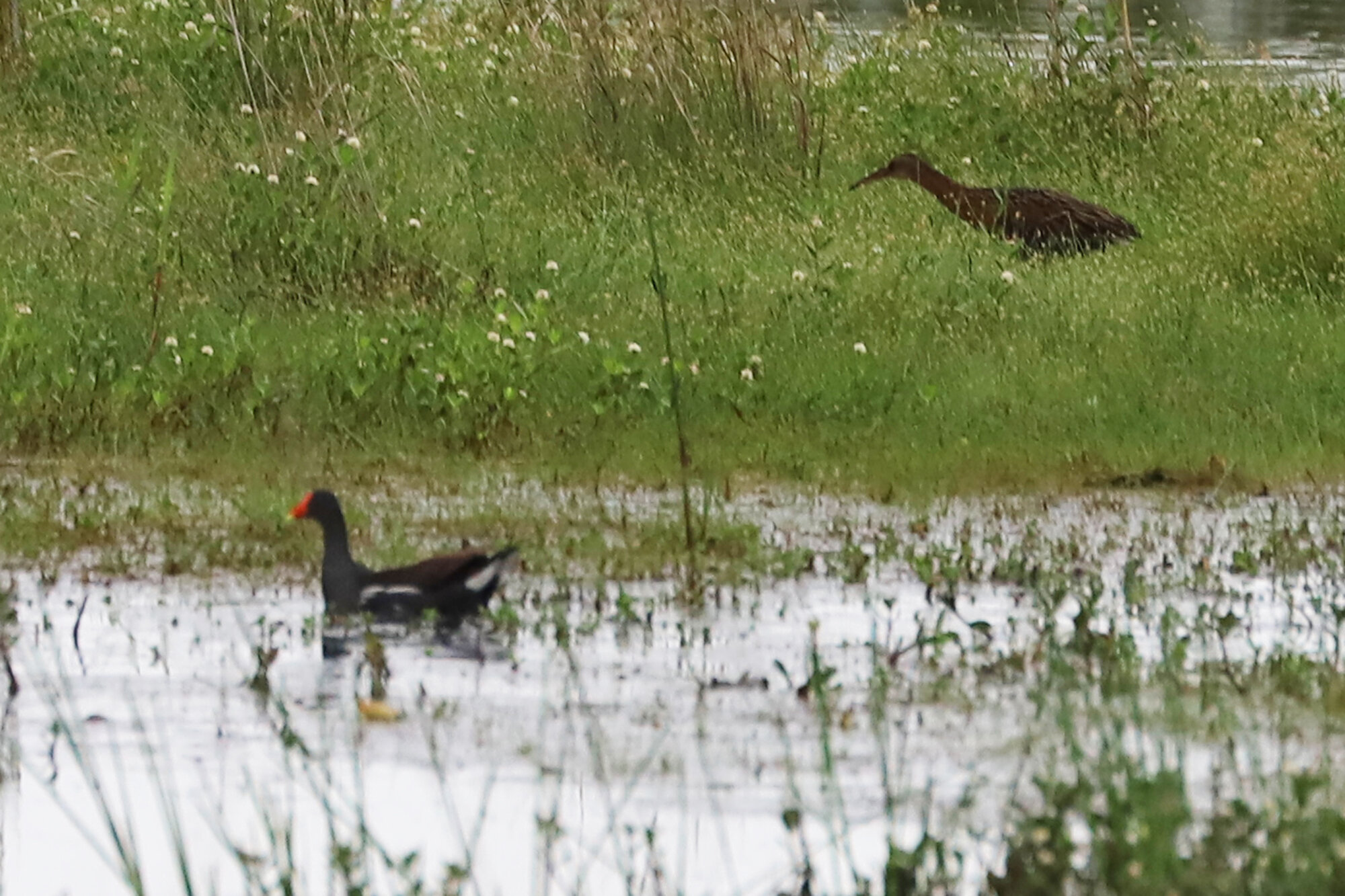
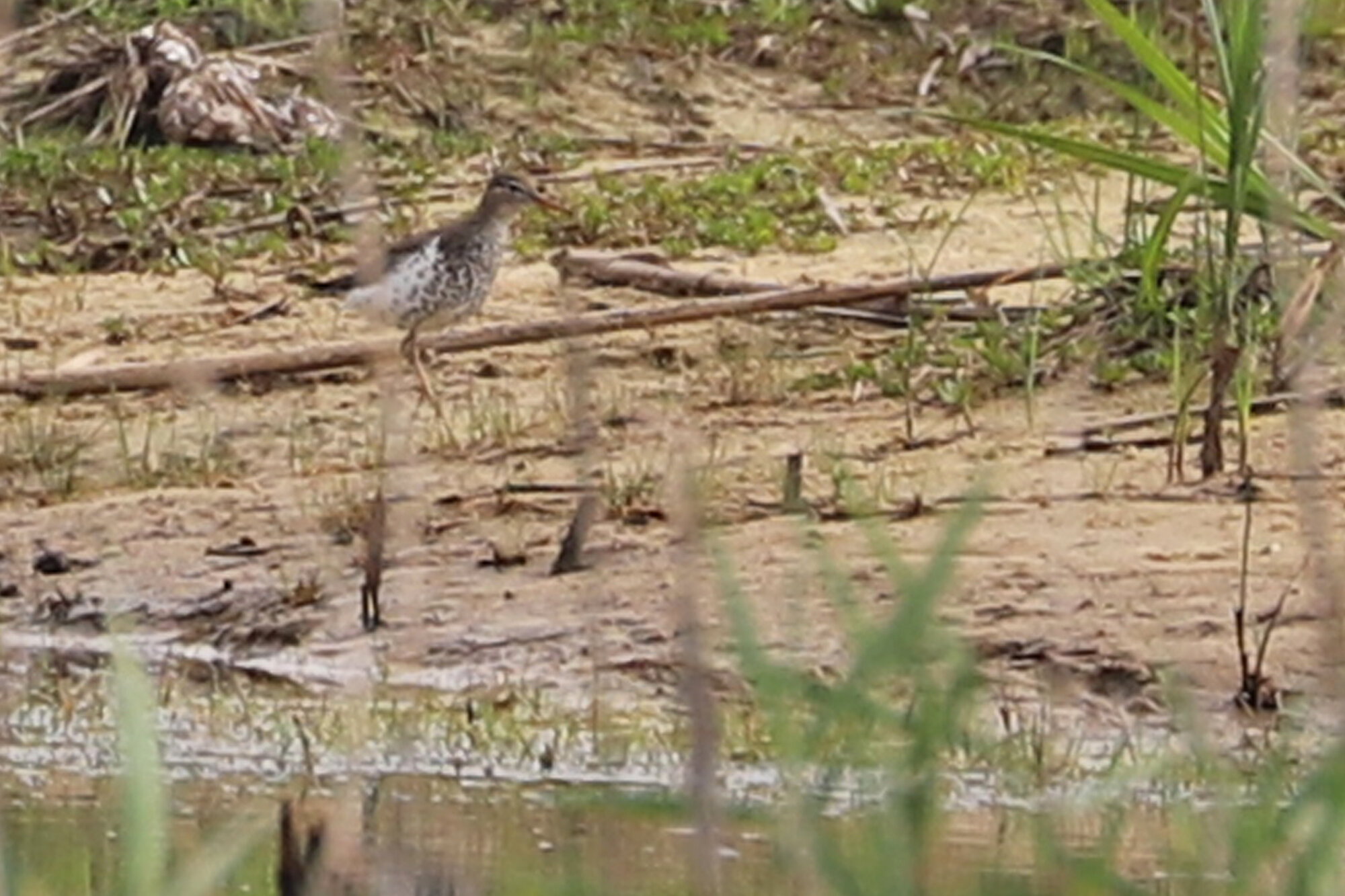
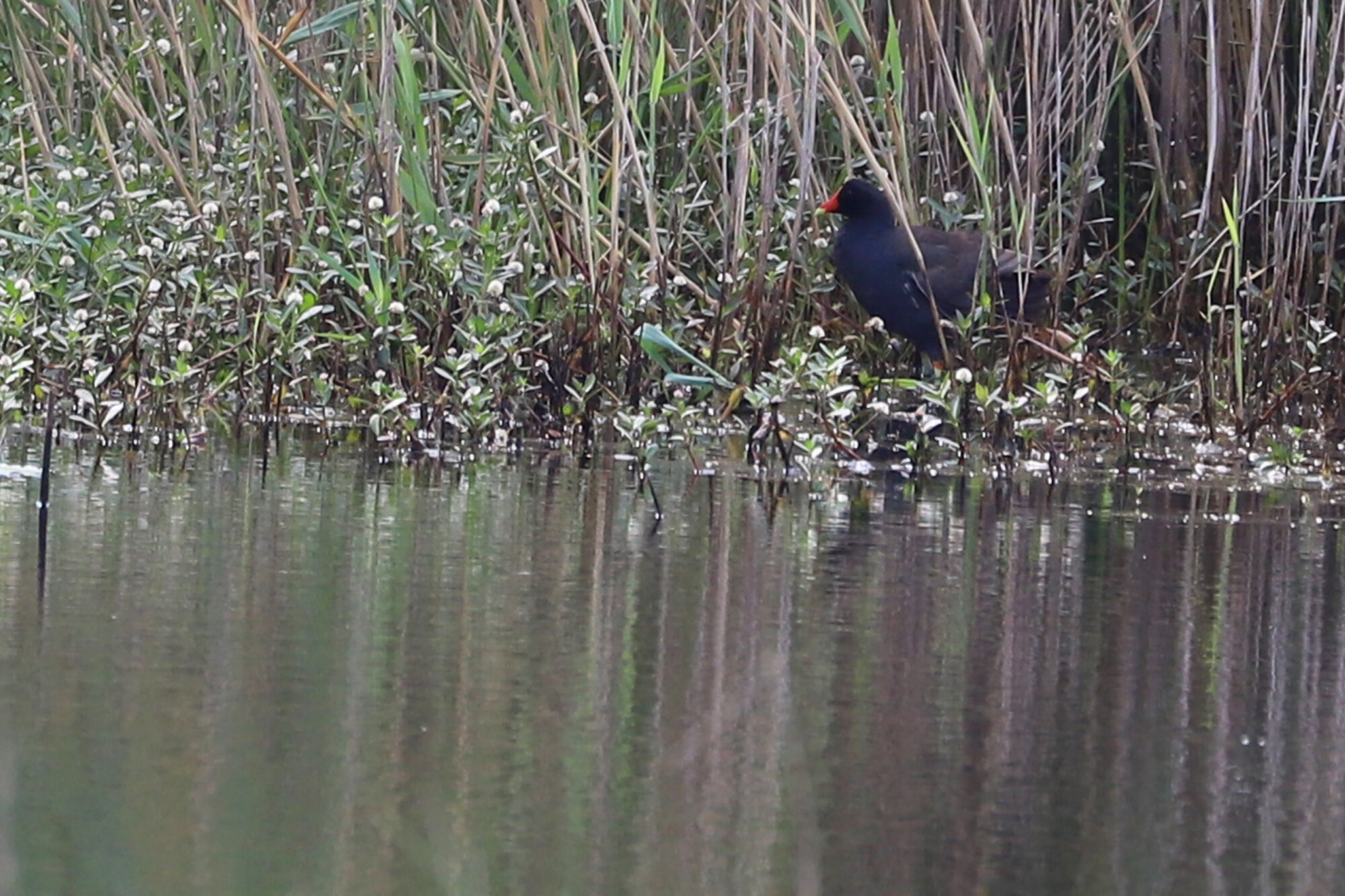
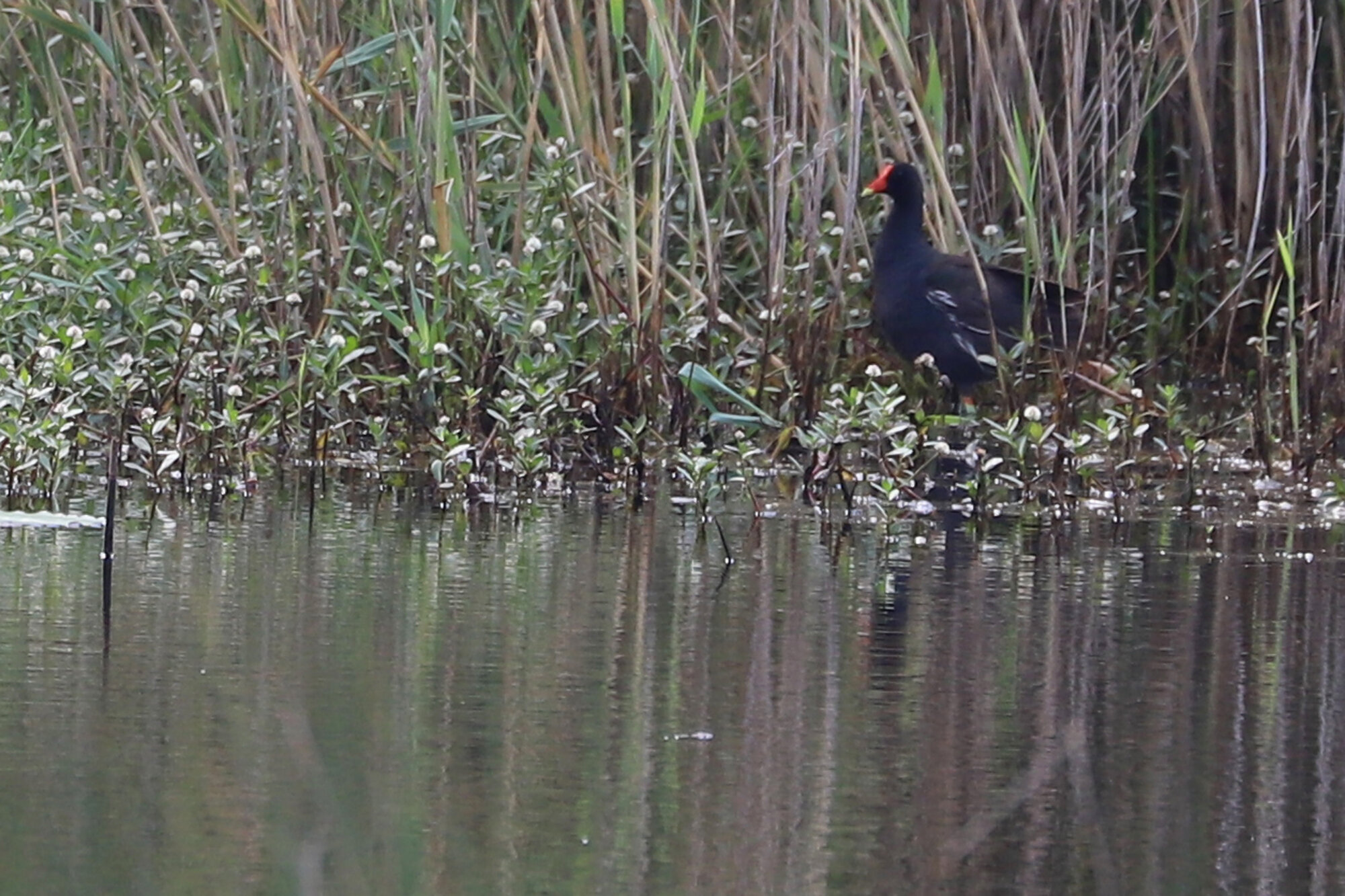
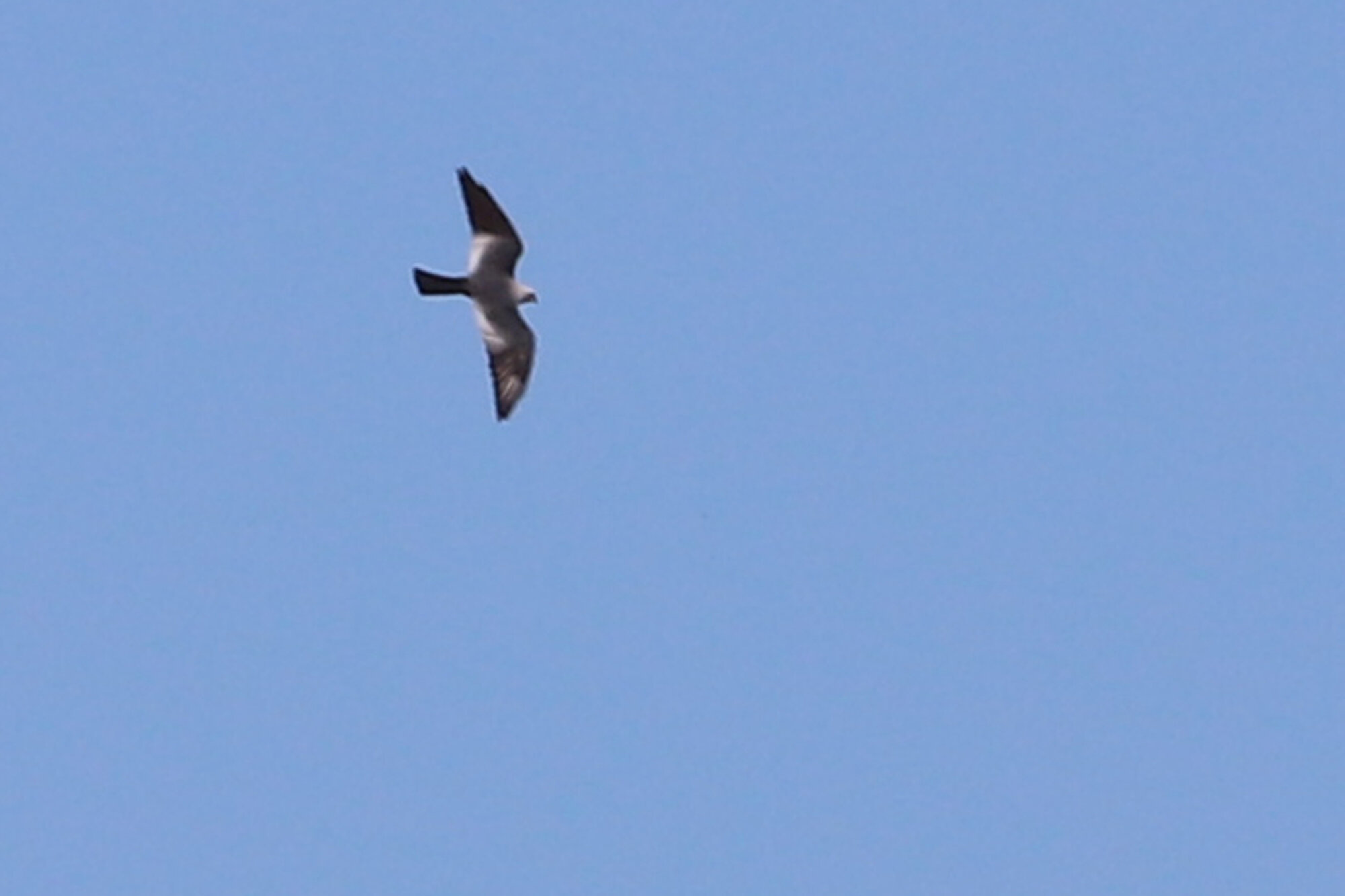
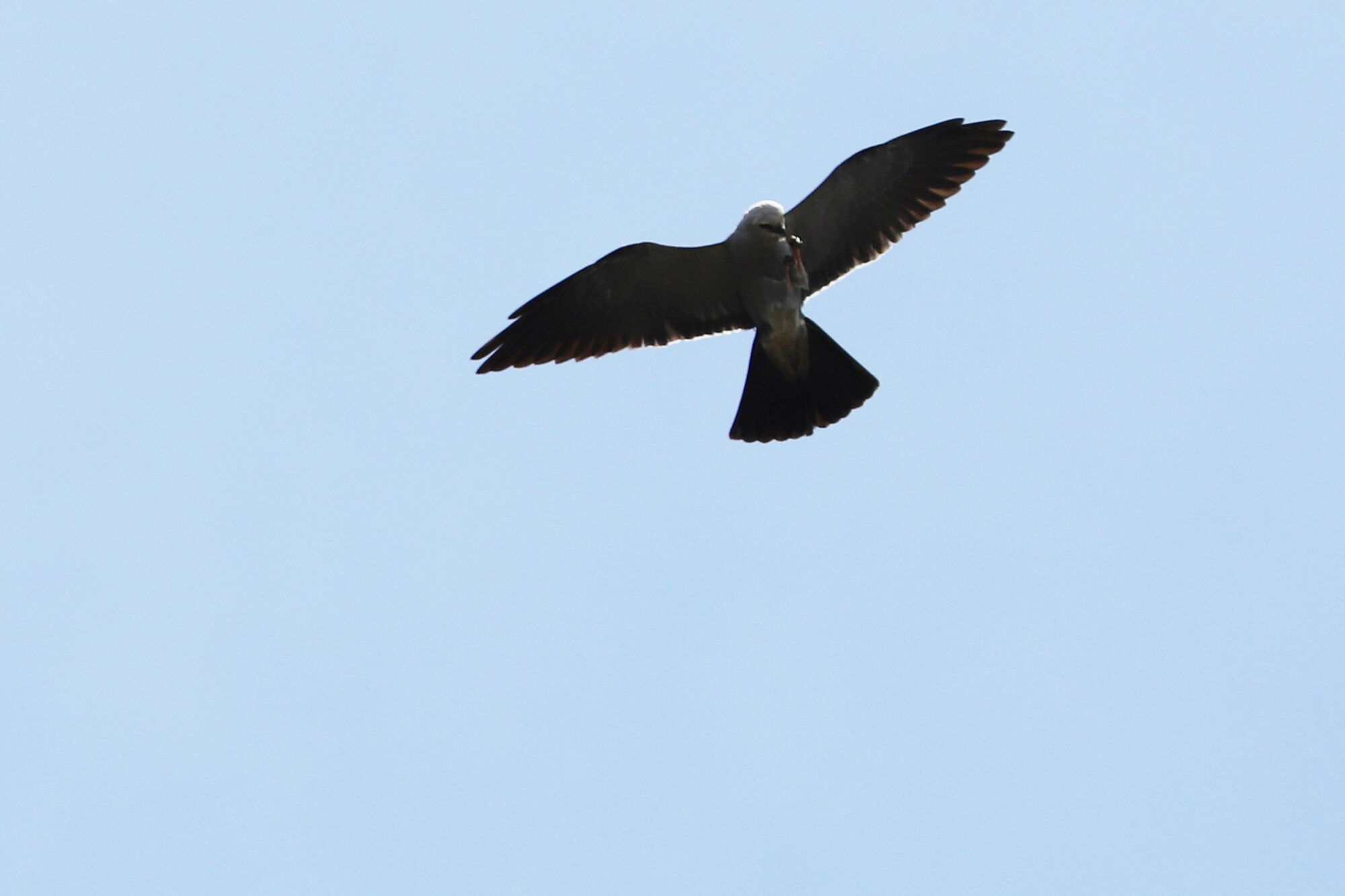
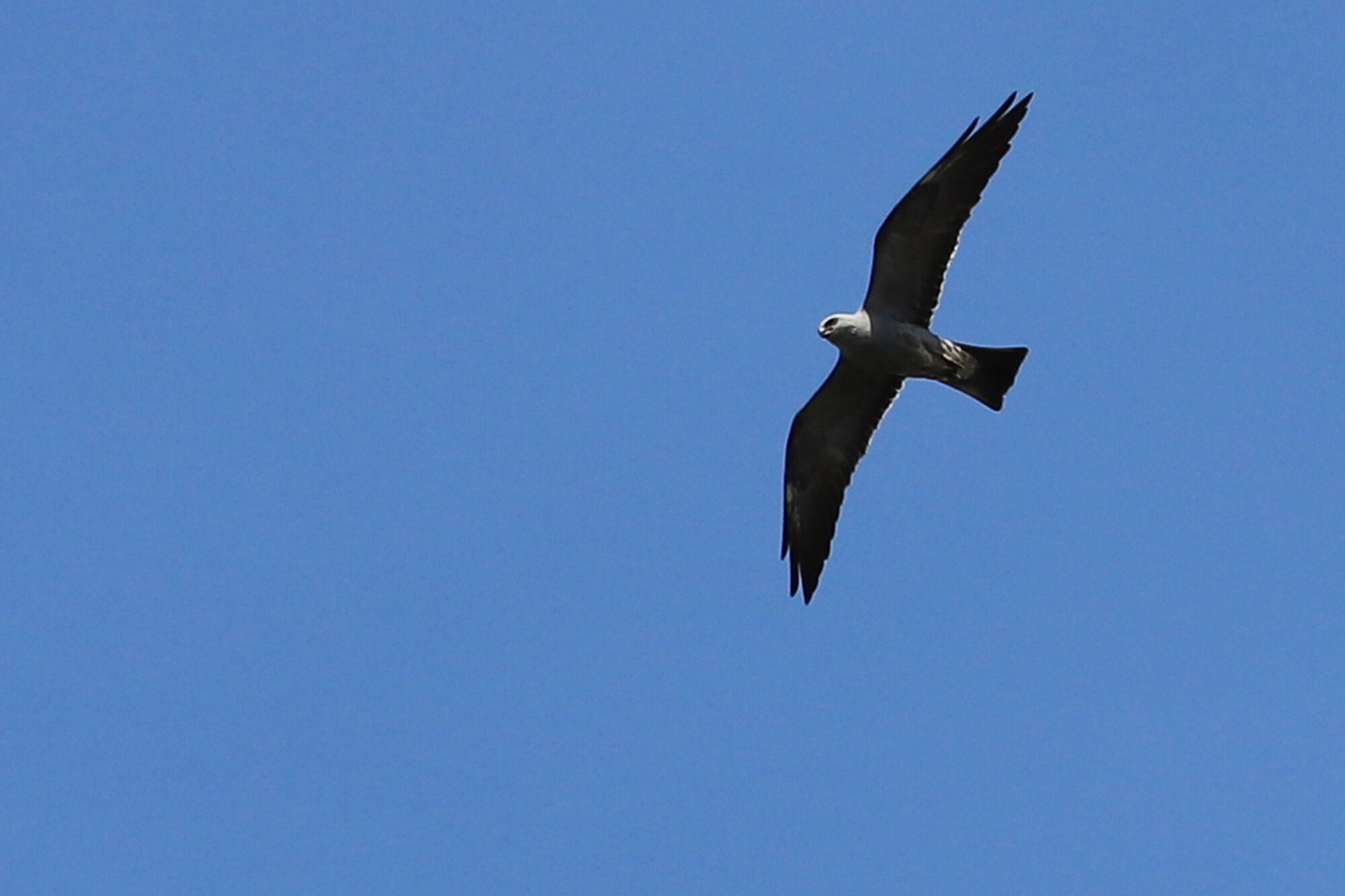
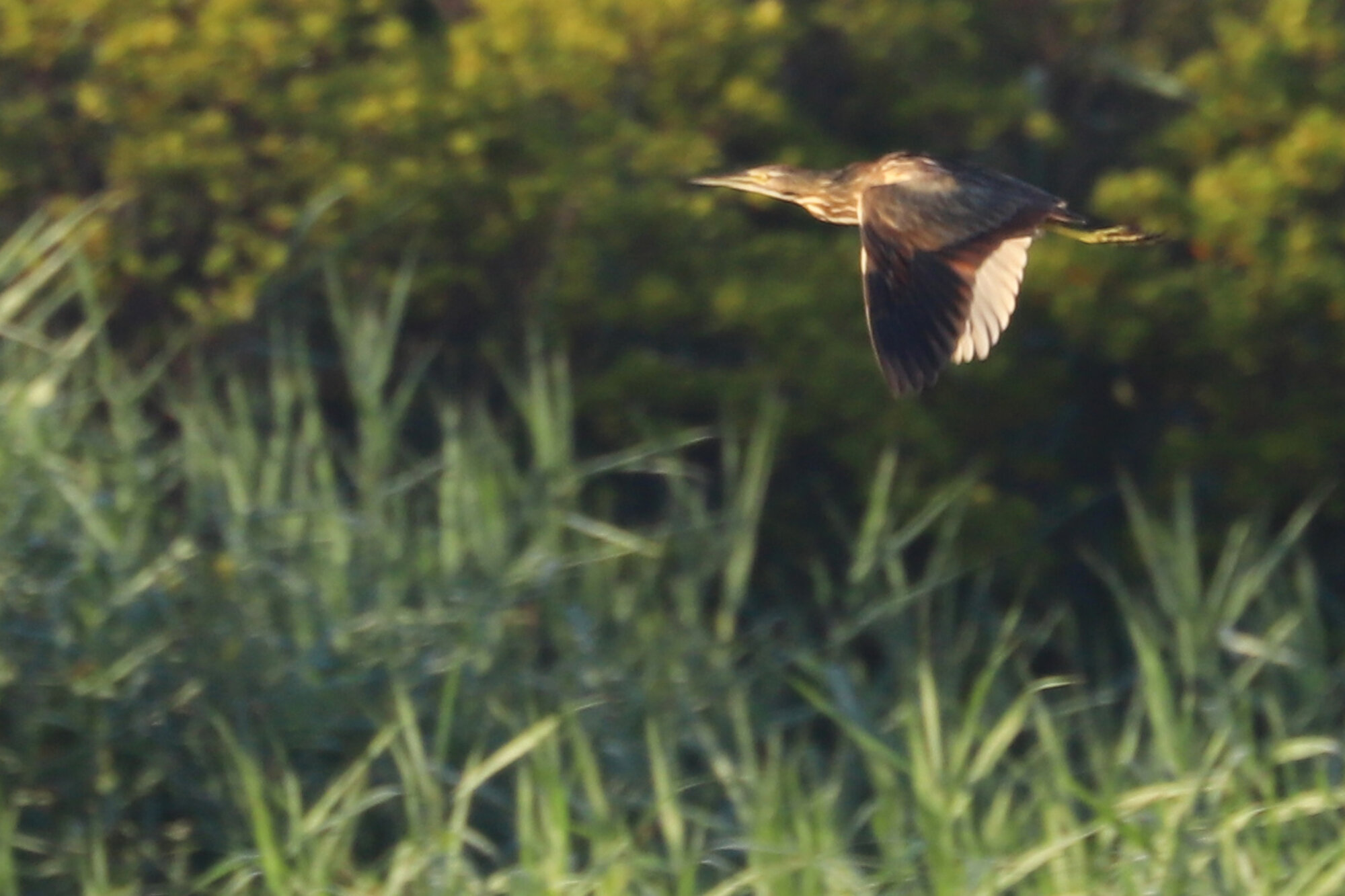
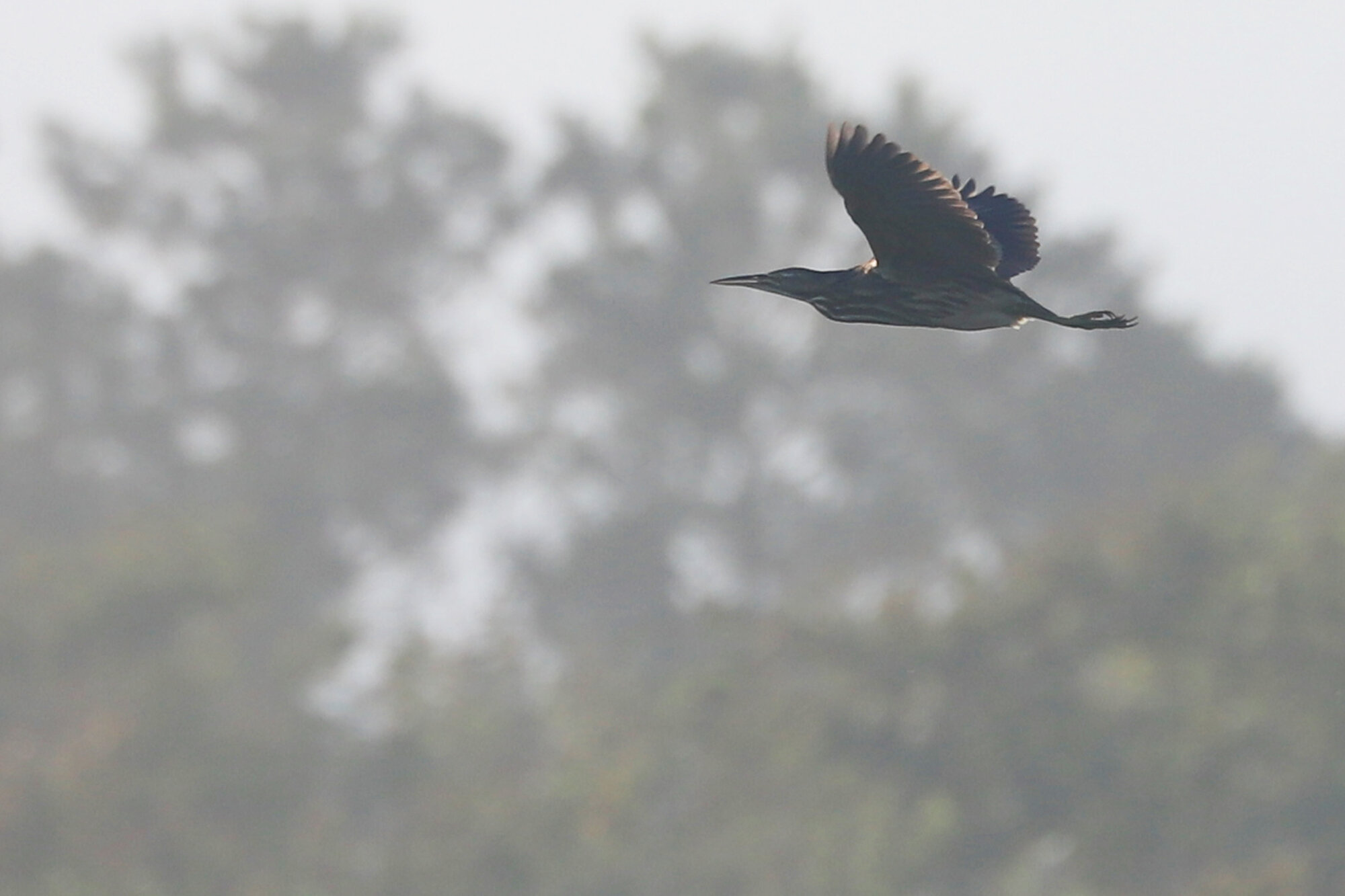
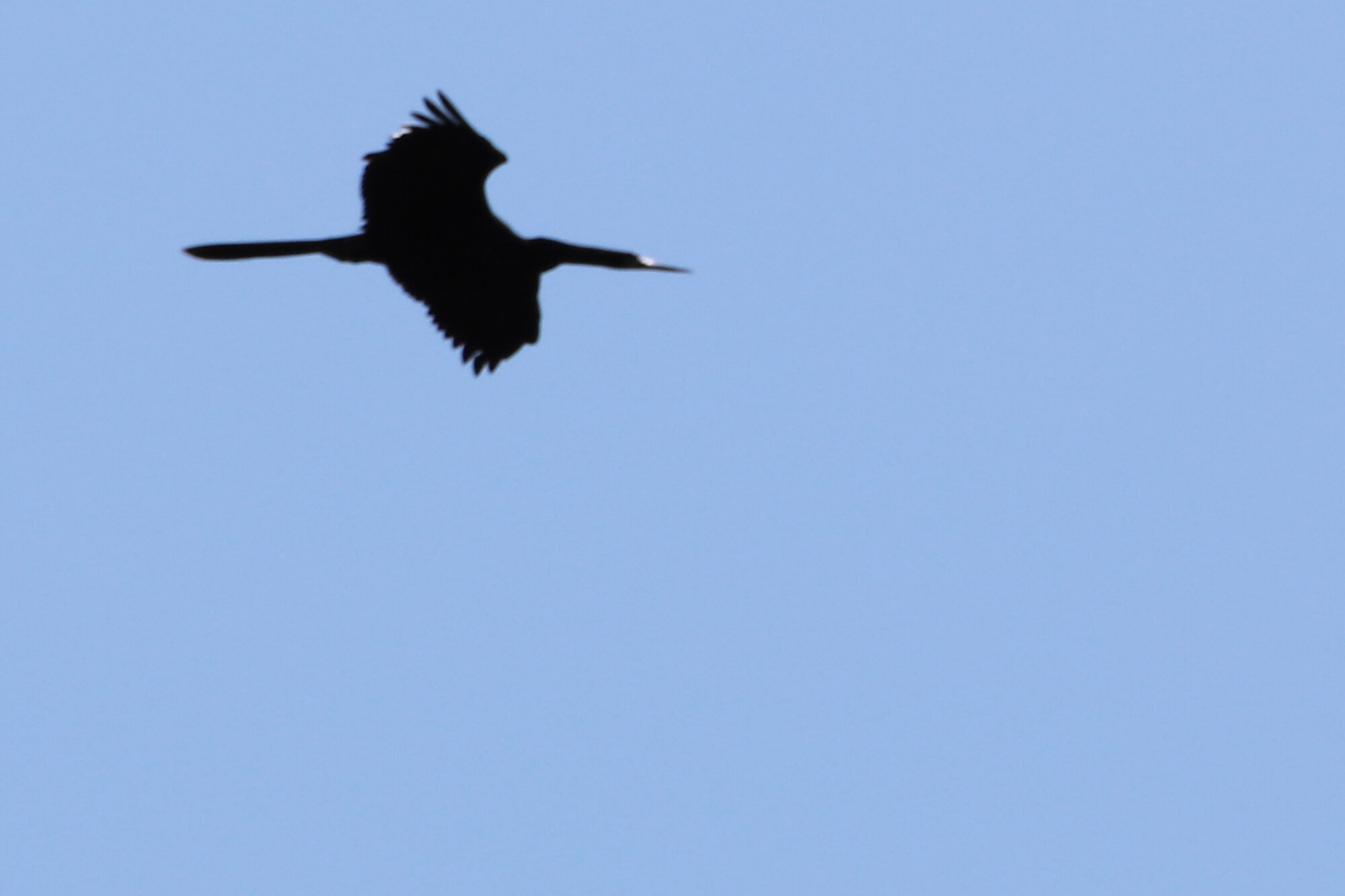

Possibly the same MUTE SWAN that has popped up sporadically in the northern half of Virginia Beach over the last few months was detected again at Pleasure House Point NA on 21 Jun (ph. Tommy Maloney). Observed most recently on 26 Jun (ph. Karen & Tom Beatty), it is likely still present in the area. With records from Mar-Apr at Lake Windsor/Lake Trashmore and also in Thoroughgood on a private pond, it seems pretty likely the we’re dealing with the same individual, given the overall scarcity of this species in Virginia Beach across recent years, and the unlikelihood of new migrants arriving here during the summer season. (Jun 2020 Map)
Unexpected along our patch of coastline during the summer season, at least two RED-BREASTED MERGANSERS at Lynnhaven Inlet on 9 Jun (vis. Andrew Baldelli) made for quite a surprise. Though, in recent years, injured or ailing waterfowl have had some pattern of occurrence in late May/early June before they ultimately perish, it is still unusual to see these birds when they do occur. Similarly, last year we had a Common Eider that lingered at Lynnhaven into July. However, all the healthy Red-breasted Mergansers left for their breeding grounds quite a few weeks ago, so it seems a fair guess that this pair either had a wing injury preventing their exodus from occurring, or were perhaps malnourished/sick. (Jun 2020 Map)
A very scarce and secretive breeder throughout most of Virginia, a PIED-BILLED GREBE found at Back Bay NWR on 31 May (vis. Conor Farrell) was quite a shocker. Even more shocking though, was that it continued on the C Pool, visible from the West Dike on 2 Jun (ph. Steve Myers), 18 Jun (ph. Andrew Baldelli), and was observed sitting atop a nest on 22 Jun (vis. Andrew Baldelli), thereby confirming the species as a breeder for the first time in Virginia Beach during the 2nd Virginia Breeding Bird Atlas! Most summers, the species seems to vanish during May, and individuals pop up again in July after having likely bred. The vegetation and terrain of Back Bay NWR doesn’t often afford views of such a cryptic breeder, and there is nowhere else in Virginia Beach where it is suspected to be breeding (perhaps Princess Anne WMA?). So, given the above, this was certainly a highlight for the month of June. (Jun 2020 Map)
Infrequently detected locally even during peak spring migration, a group of three COMMON NIGHTHAWKS passing over a private residence in Hunt Club Forest on 2 Jun (vis. Karen & Tom Beatty) made for some early month excitement. Being a mostly nocturnal species, clearly a lack of effort/coverage by birders at the proper time of day tends to yield fewer reports, but the only other report in the coastal plain of Virginia this month was a single this same date in Surry County! (Jun 2020 Map)
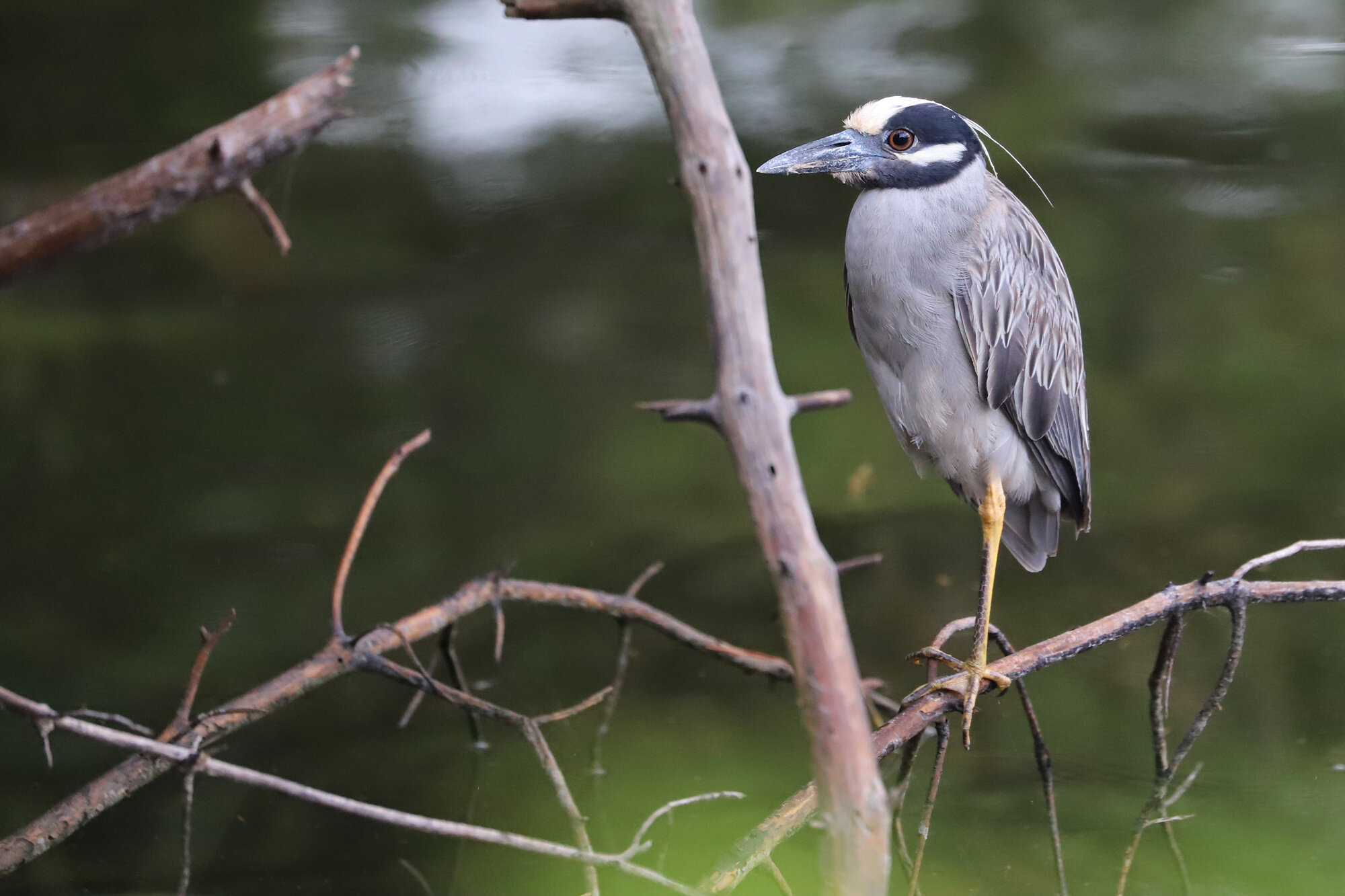
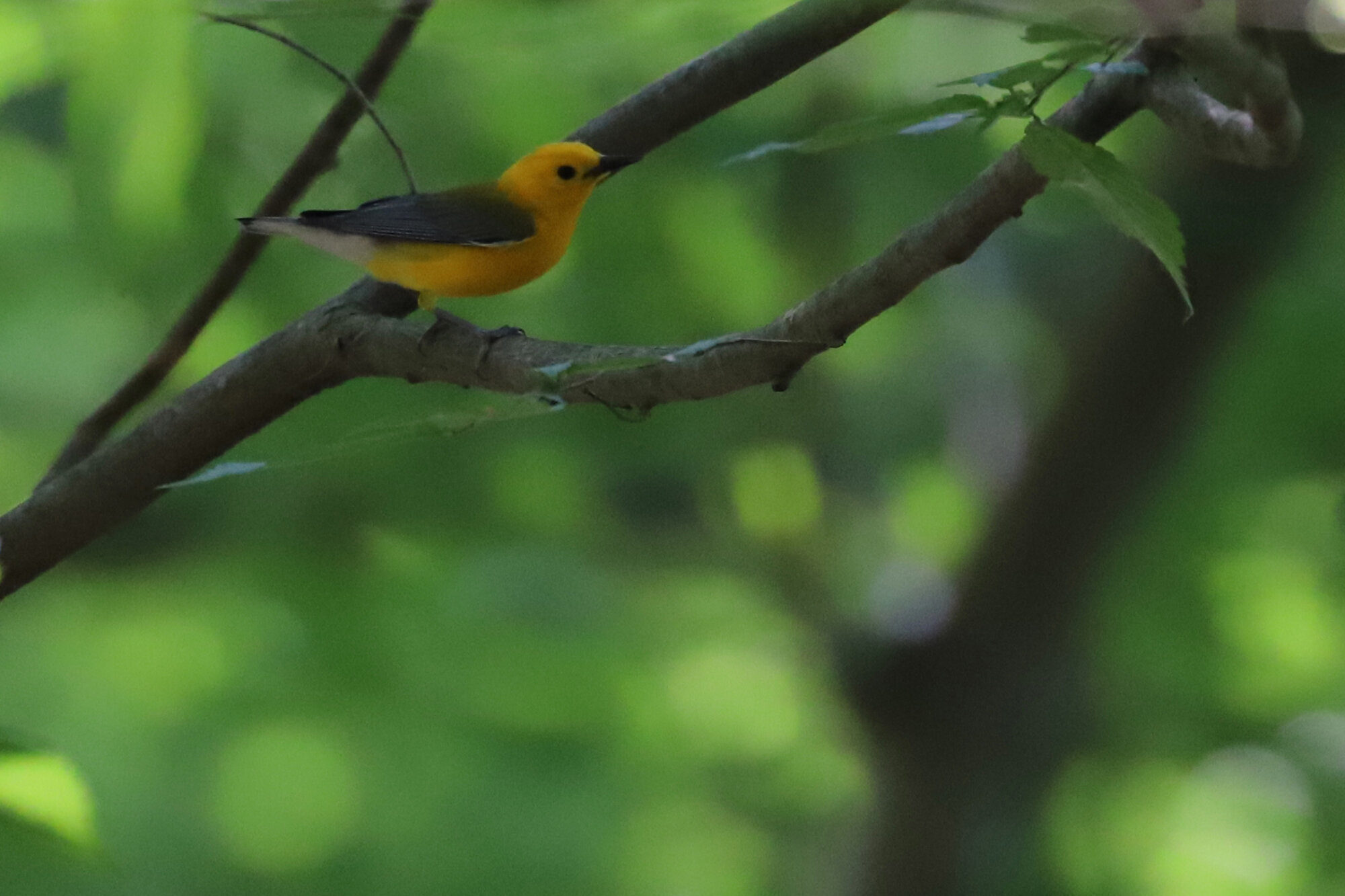
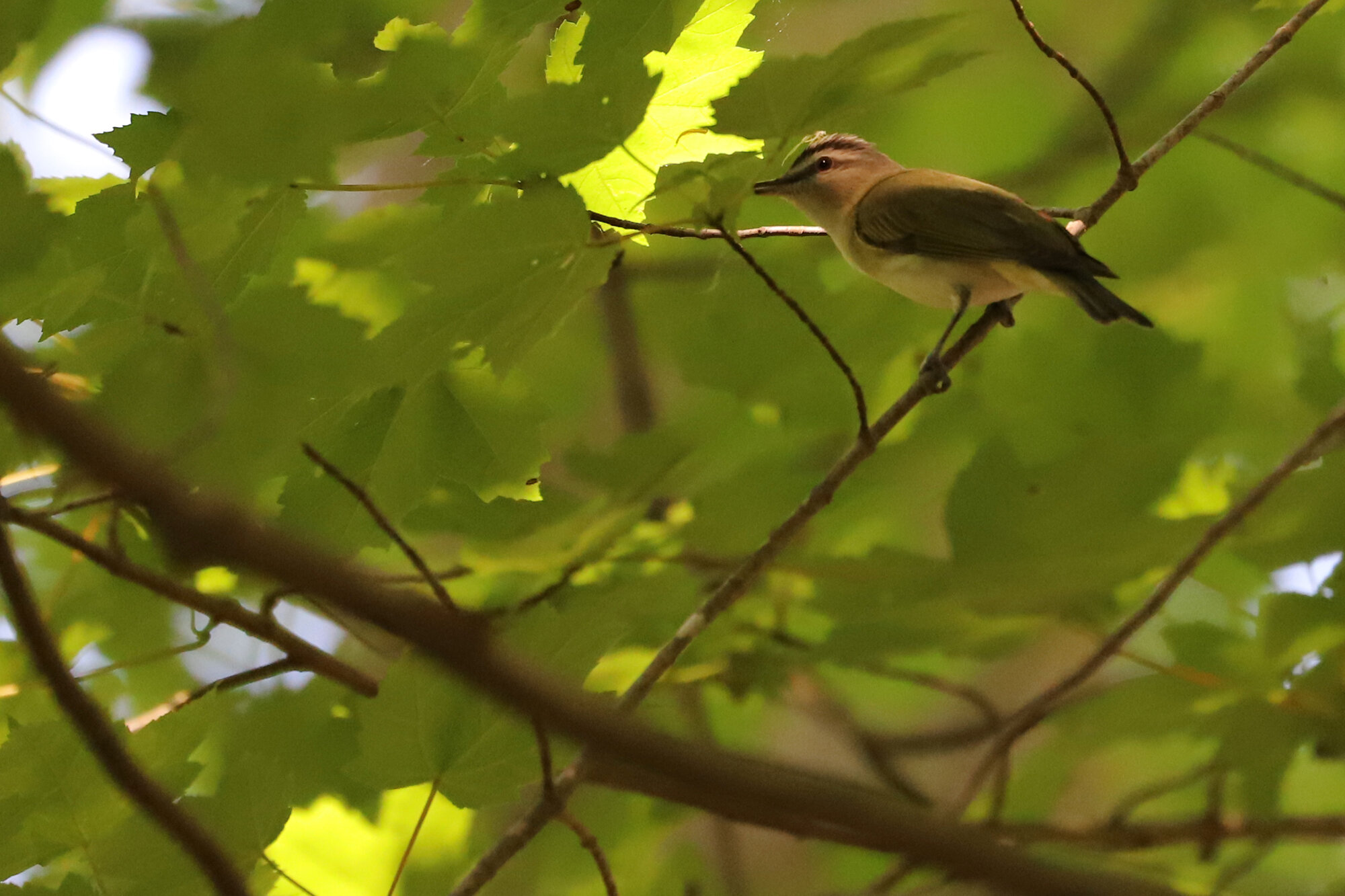
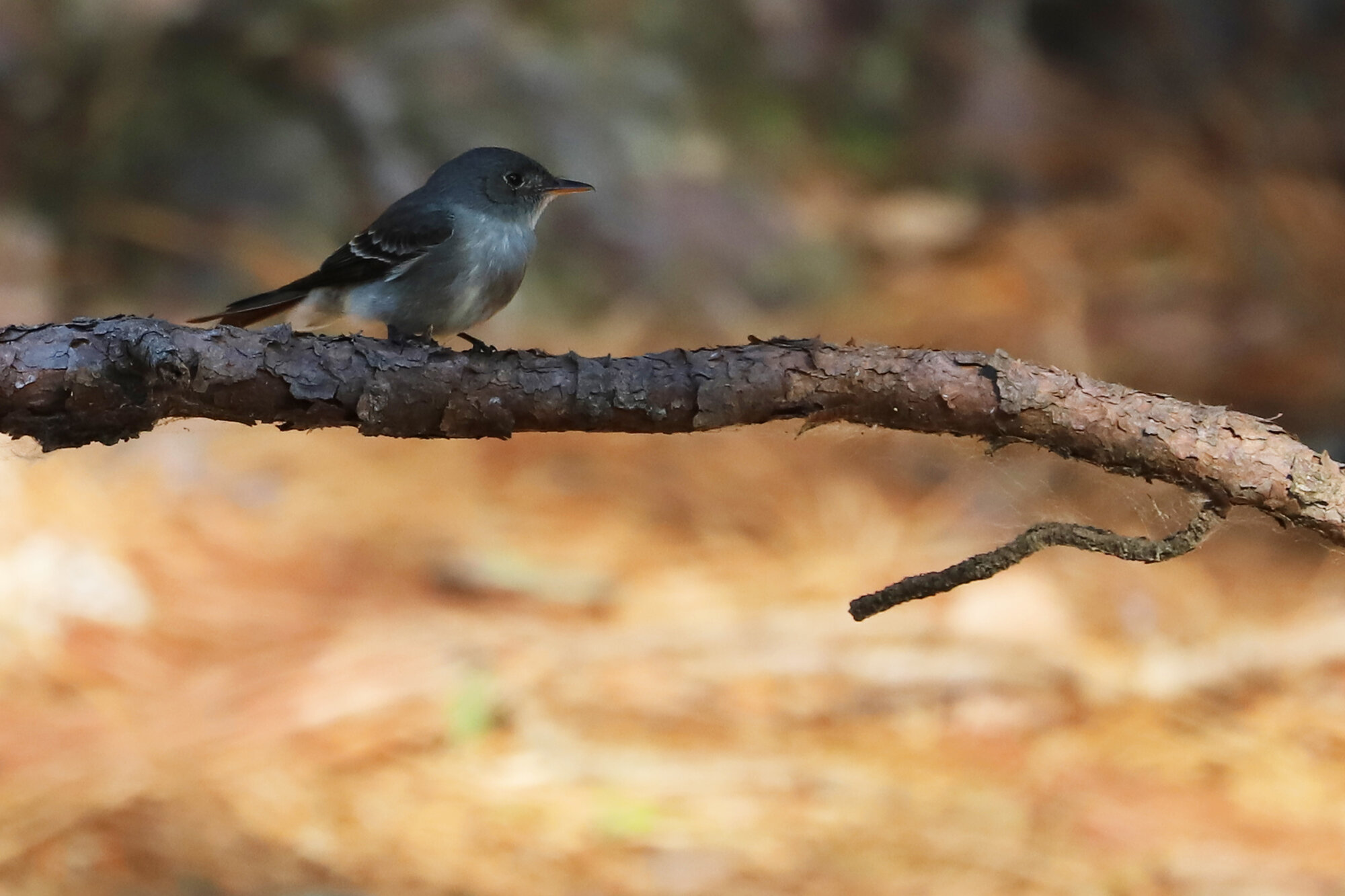
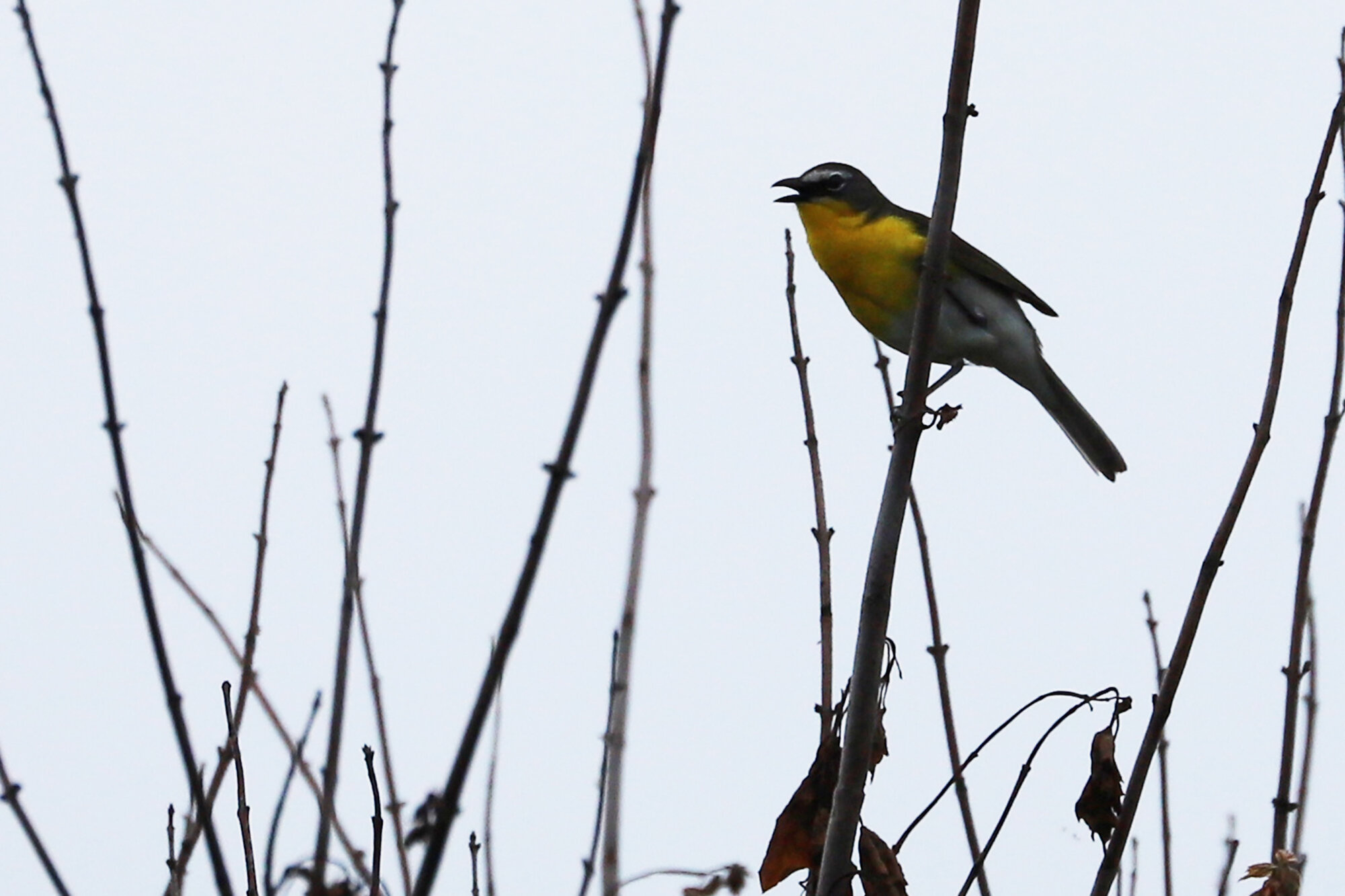

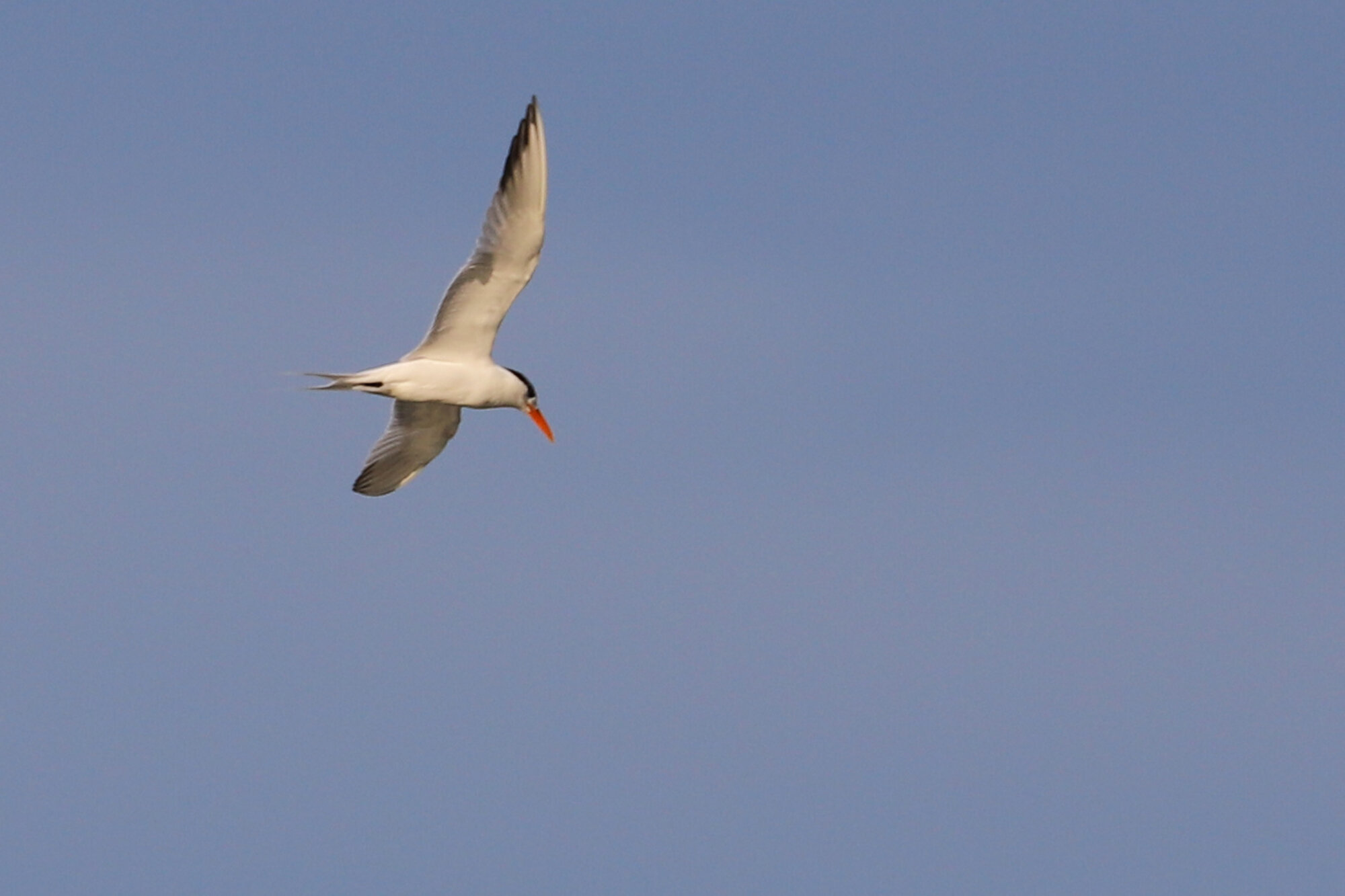
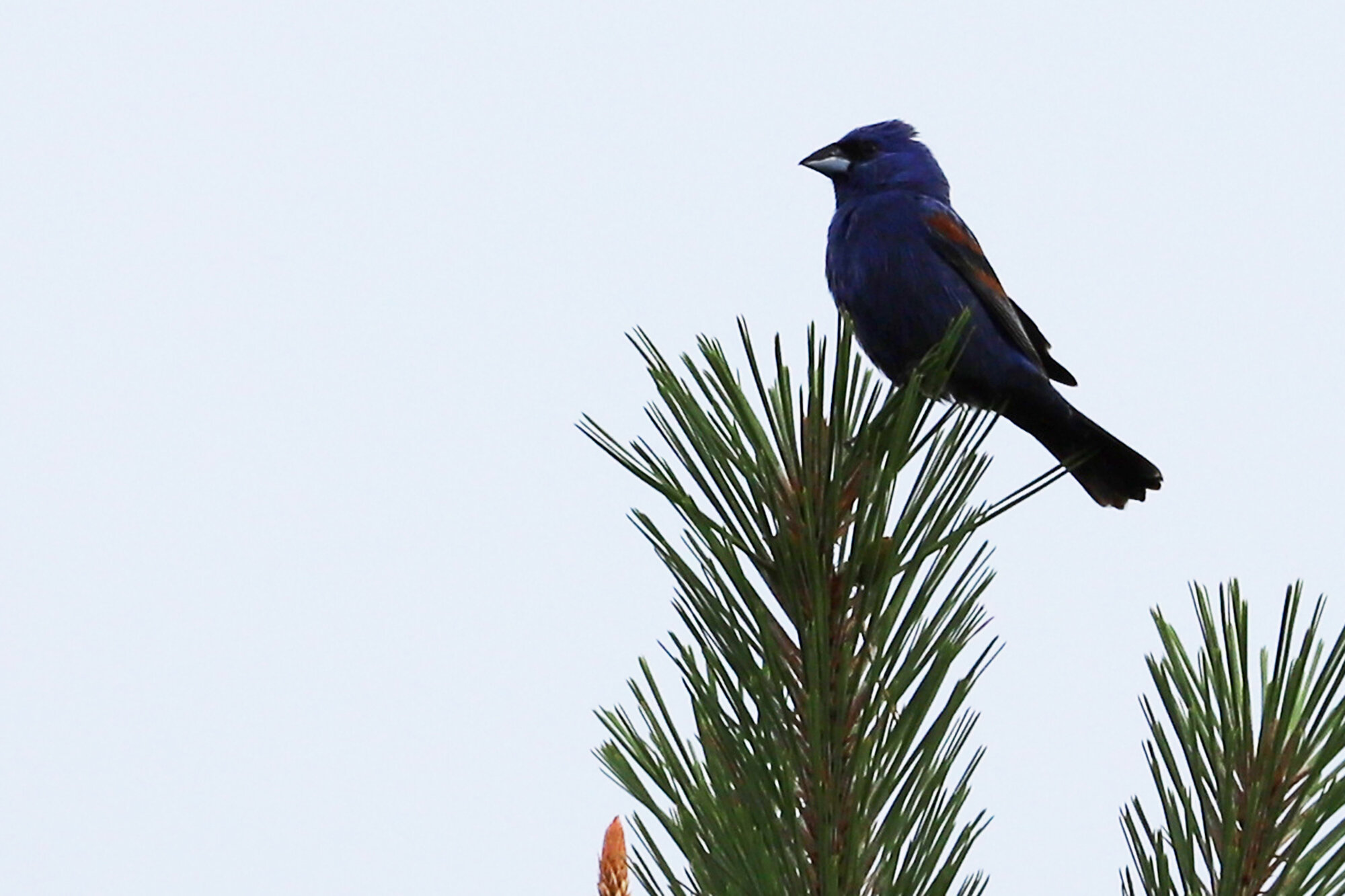
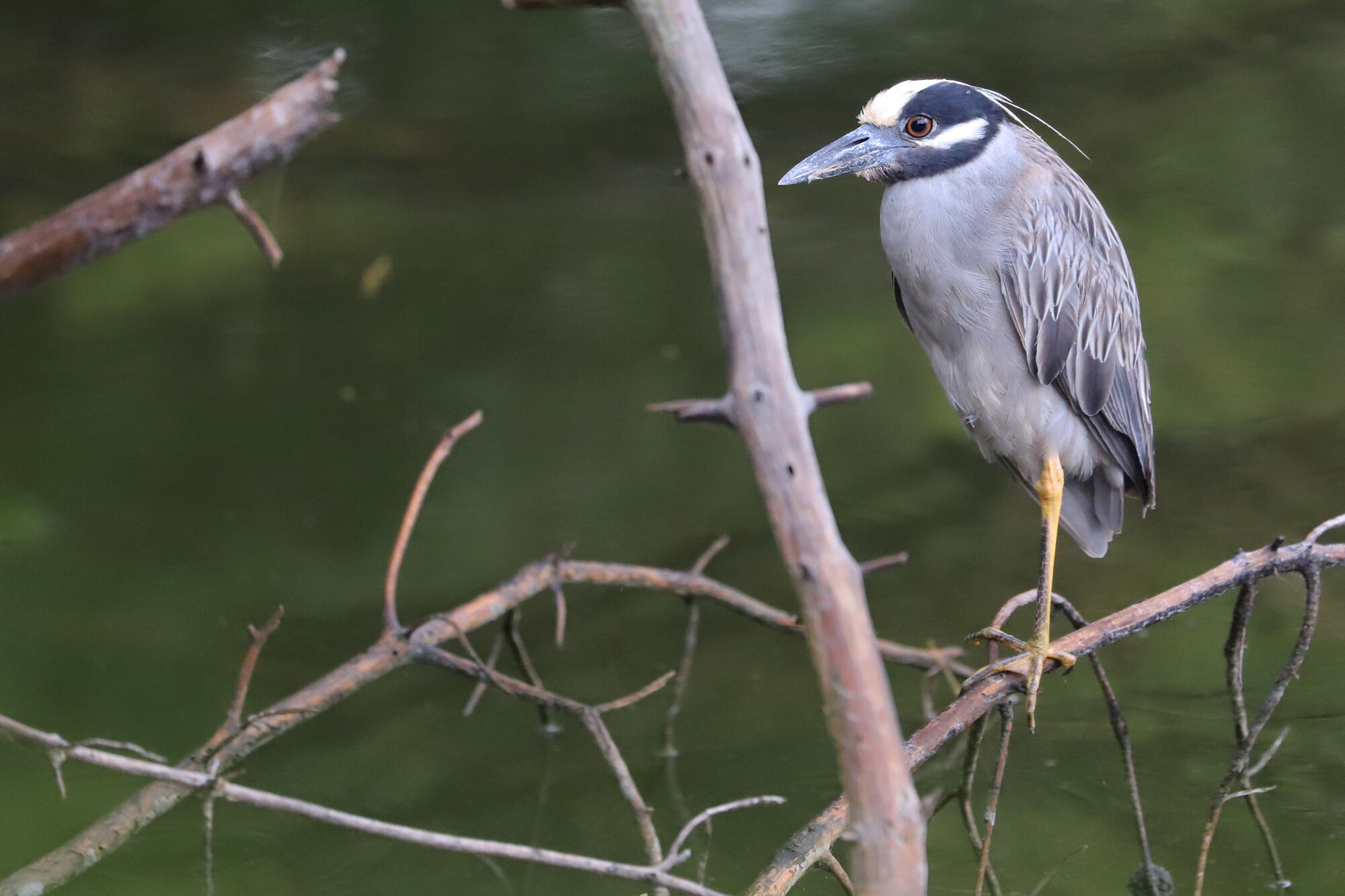

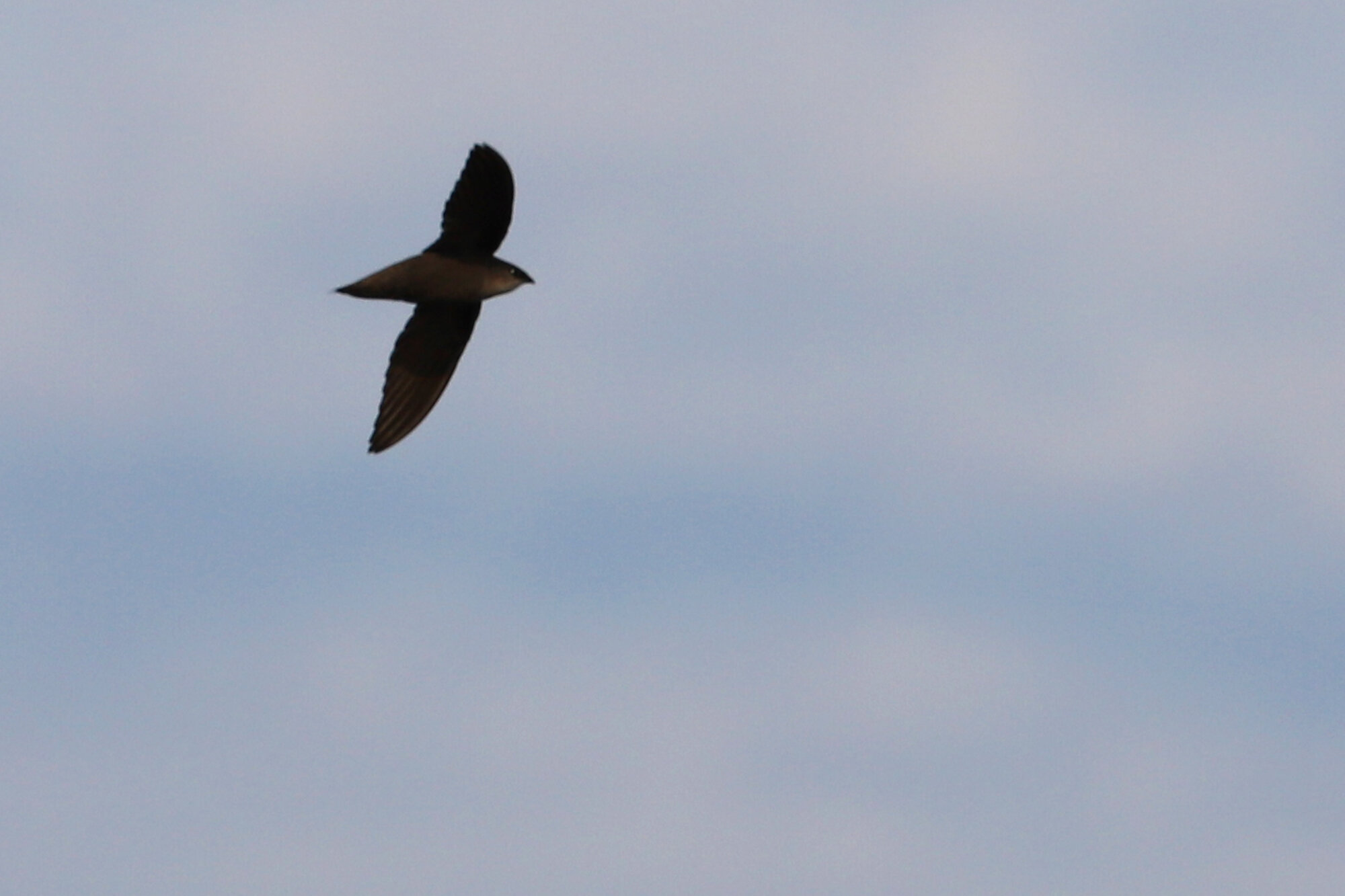
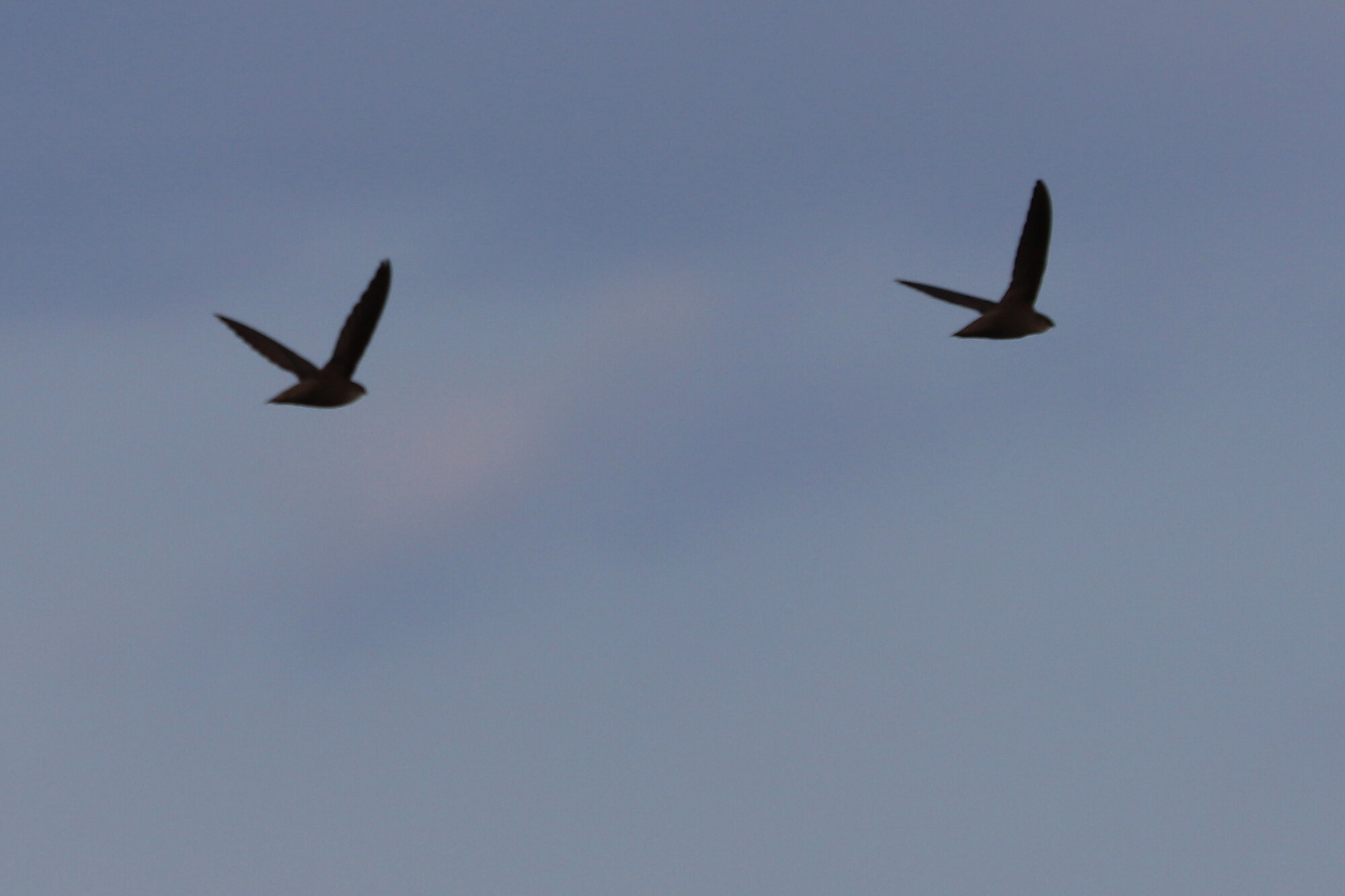
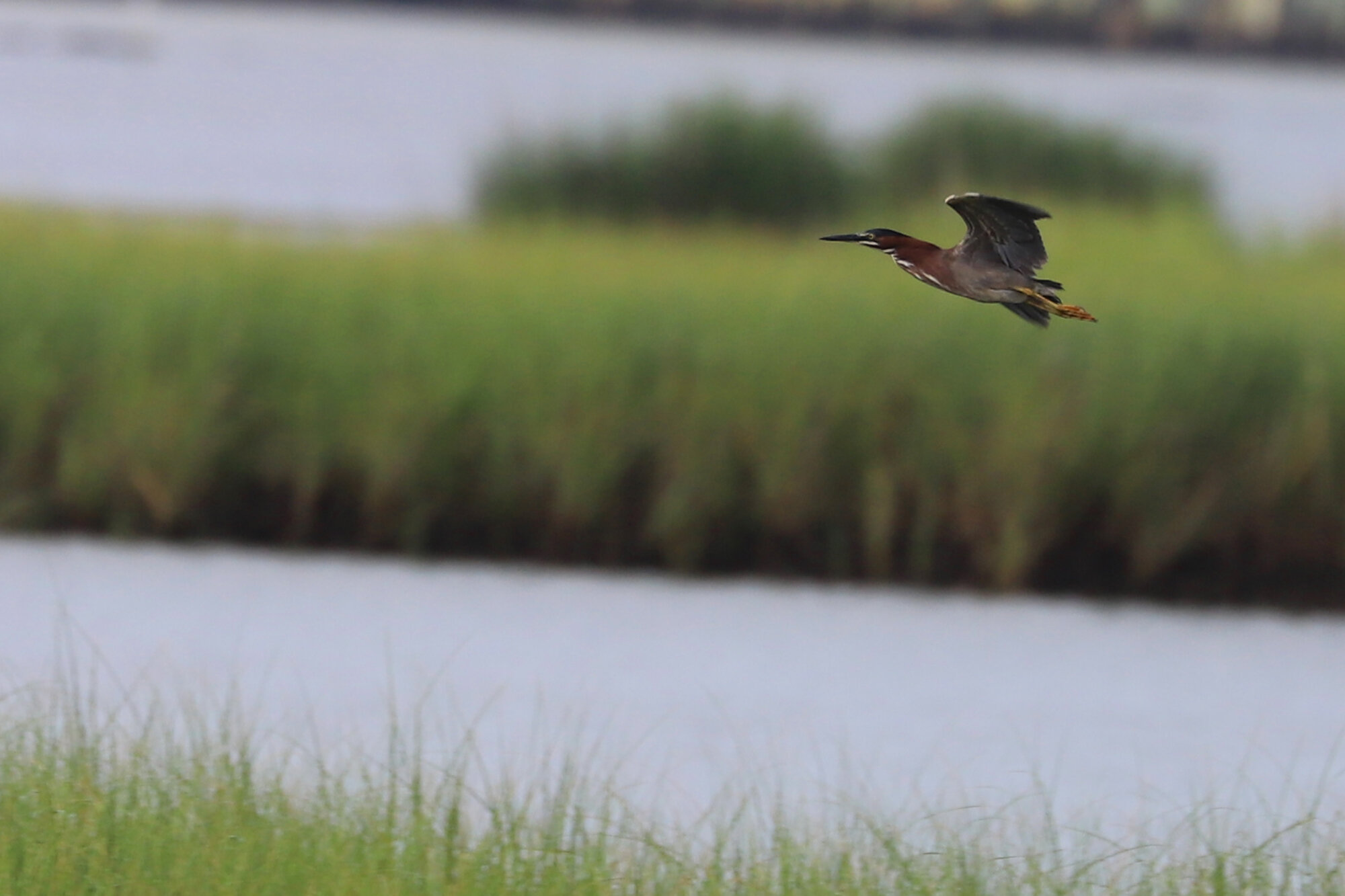
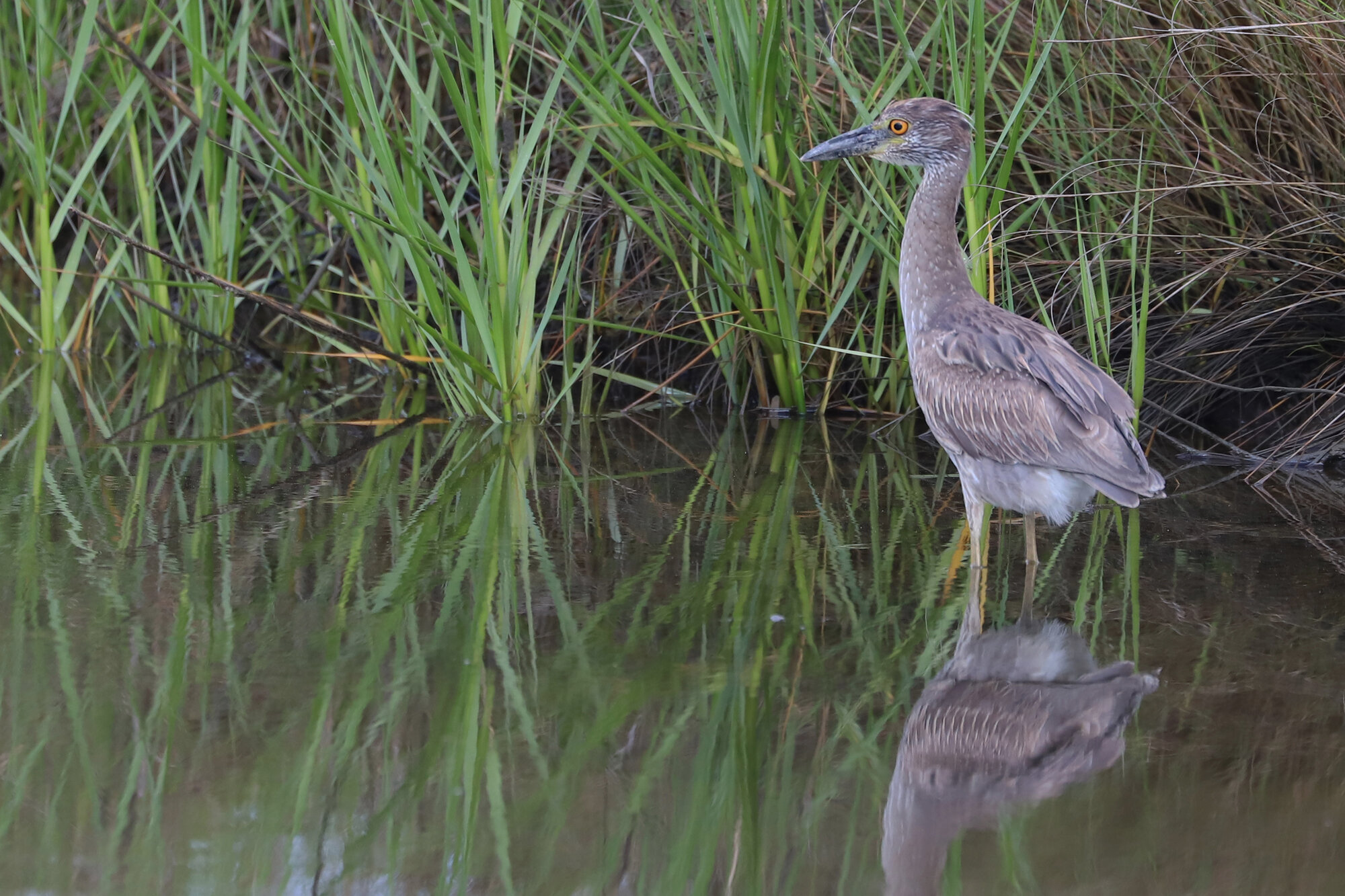

With a single COMMON GALLINULE reported at Back Bay NWR way back on 28 Apr (aud. Robert Ake), it was quite a surprise this month when reports again started at the refuge on 6 Jun (ph. Rob Bielawski). Continuing at the same exact spot along the West Dike near the northernmost extend of the C Pool on 8 Jun (ph. George Burruss) and 10 Jun (vis. Matthew Hosmer), it seems likely that this might represent another breeding record for a very secretive/cryptic species here in Virginia Beach. With other individuals logged during spring migration at False Cape SP to the south, and at Princess Anne WMA on the west side of Back Bay, this species was a well-recorded transient in 2020, but summering records are far more unusual with 2011 being the last such year in terms of eBird reports in the city (also at Back Bay NWR). (Jun 2020 Map)
Exceptionally rare during the summer months in Virginia as a whole, a single BONAPARTE’S GULL at Rudee Inlet on 3 Jun (ph. Amy & Steve Myers) proved to be the only such record in the state during June. Additionally, there was only one other report for this species input to eBird south of Maryland, with one noted in North Carolina on the first of the month! In terms of past Junes within Virginia Beach, only 2013 & 2011 have records for this species input to eBird, with only a handful of other records sporadically reported across different years in scattered locations through the state. (Jun 2020 Map)
Truly a surprise for the month of a June, an immature GLAUCOUS GULL discovered on the beach at False Cape SP on 20 Jun (ph. Marlee Fuller-Morris) made for Virginia Beach’s first ever eBird record during the summer months! Though it wasn’t the only individual logged in Virginia this month, with another at Cape Charles Beach in Northampton County on 28 Jun (ph. Matt Anthony & Erin Chapman), there were very few records on the East Coast as a whole, with only singles in Florida, Georgia, North Carolina, Maryland, Connecticut and Massachusetts. Earlier this year, one individual was reported in April in Hampton, and at least one was present around the CBBT in Virginia Beach during January, so for a species clearly scarce even during the winter when it’s most likely to occur, these summer records were certainly out of the blue. (Jun 2020 Map)
While fairly common around the barrier islands and marshes of the Eastern Shore, a GULL-BILLED TERN resting on the beach at False Cape SP on 20 Jun (ph. Marlee Fuller-Morris) was an excellent surprise this month for the city! Given the lack of appropriate nesting habitat here in Virginia Beach, this tends to be a difficult species to pin down, since one typically has to luck into a transient during spring or fall that is workings its way up or down our coastline. Random individuals do tend to pop up, and there are past June records on the impoundments at Back Bay NWR as well, but overall, this is a truly scarce species during June in the city. Away from the Eastern Shore, only Hampton and more unexpectedly, Surry County (where it is a VARCOM review species), had records in Virginia. (Jun 2020 Map)

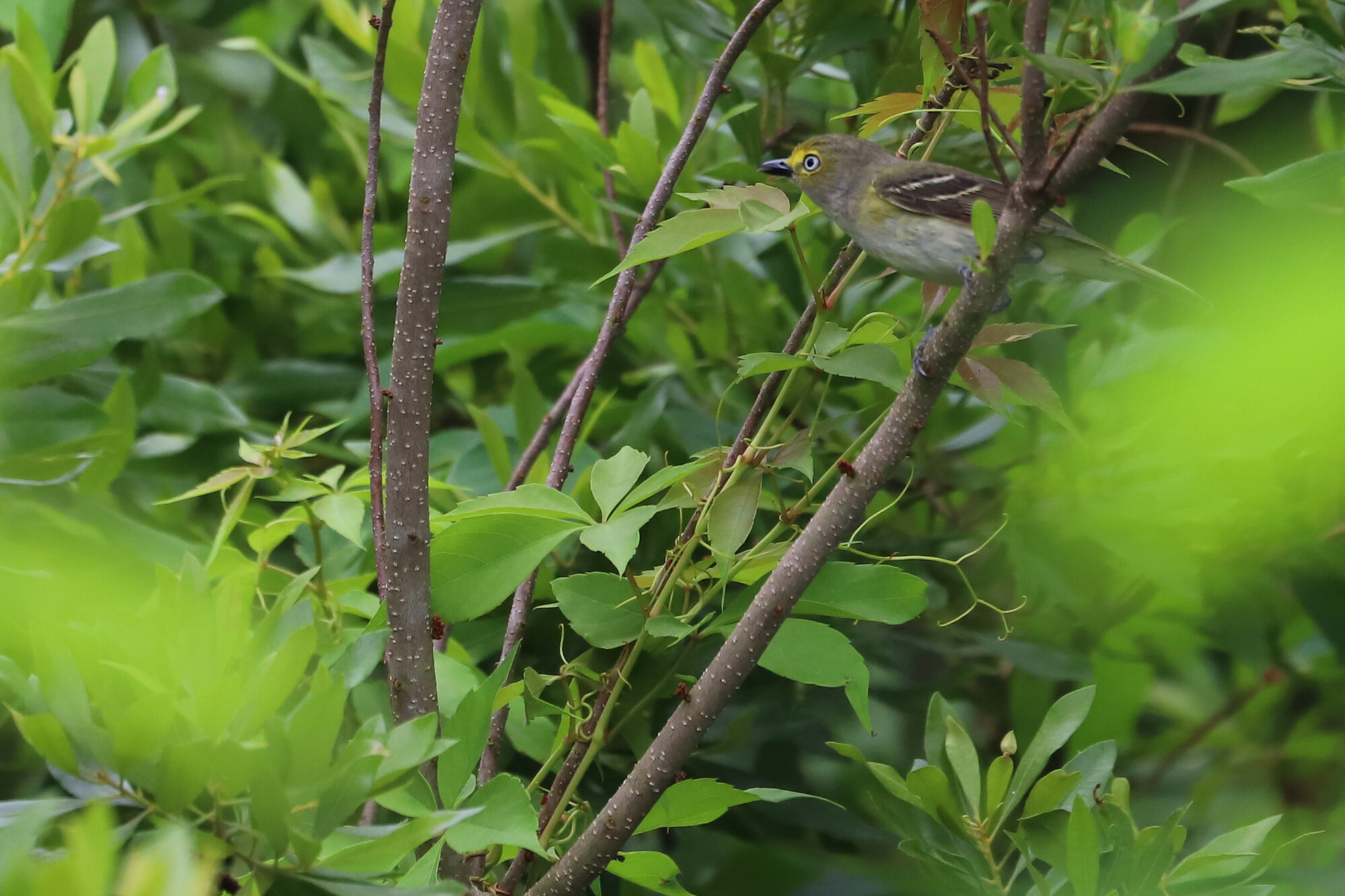
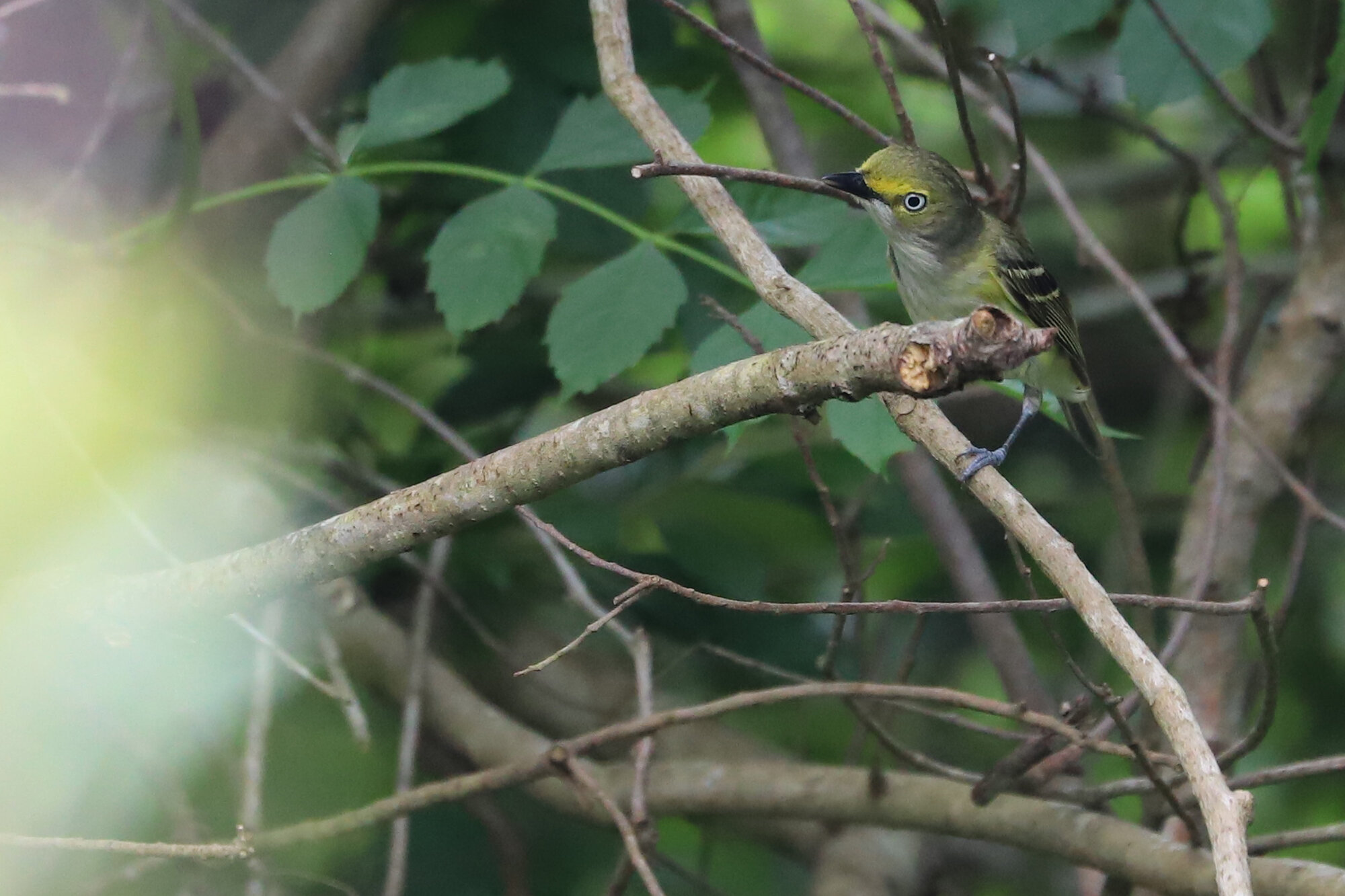
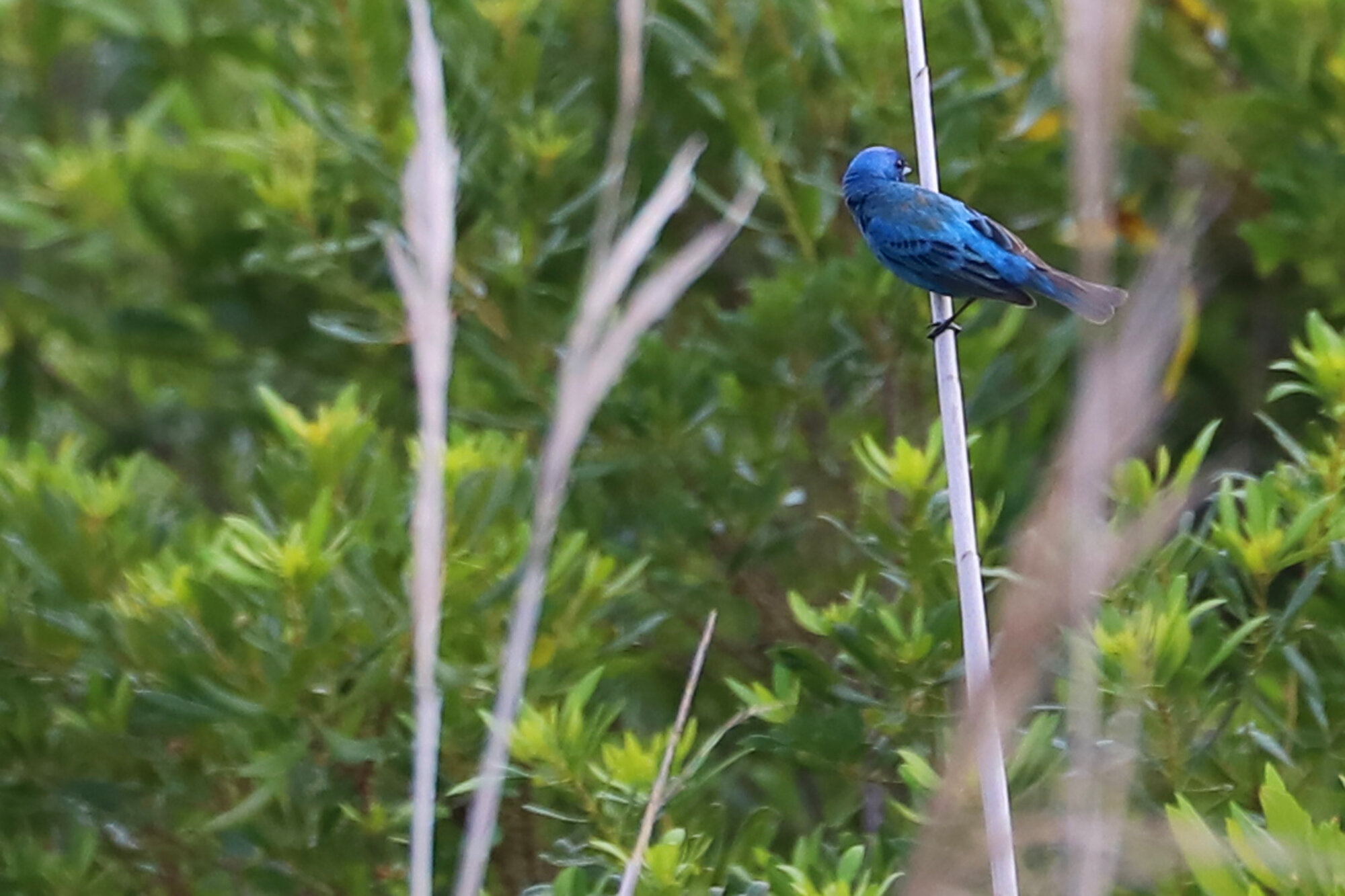
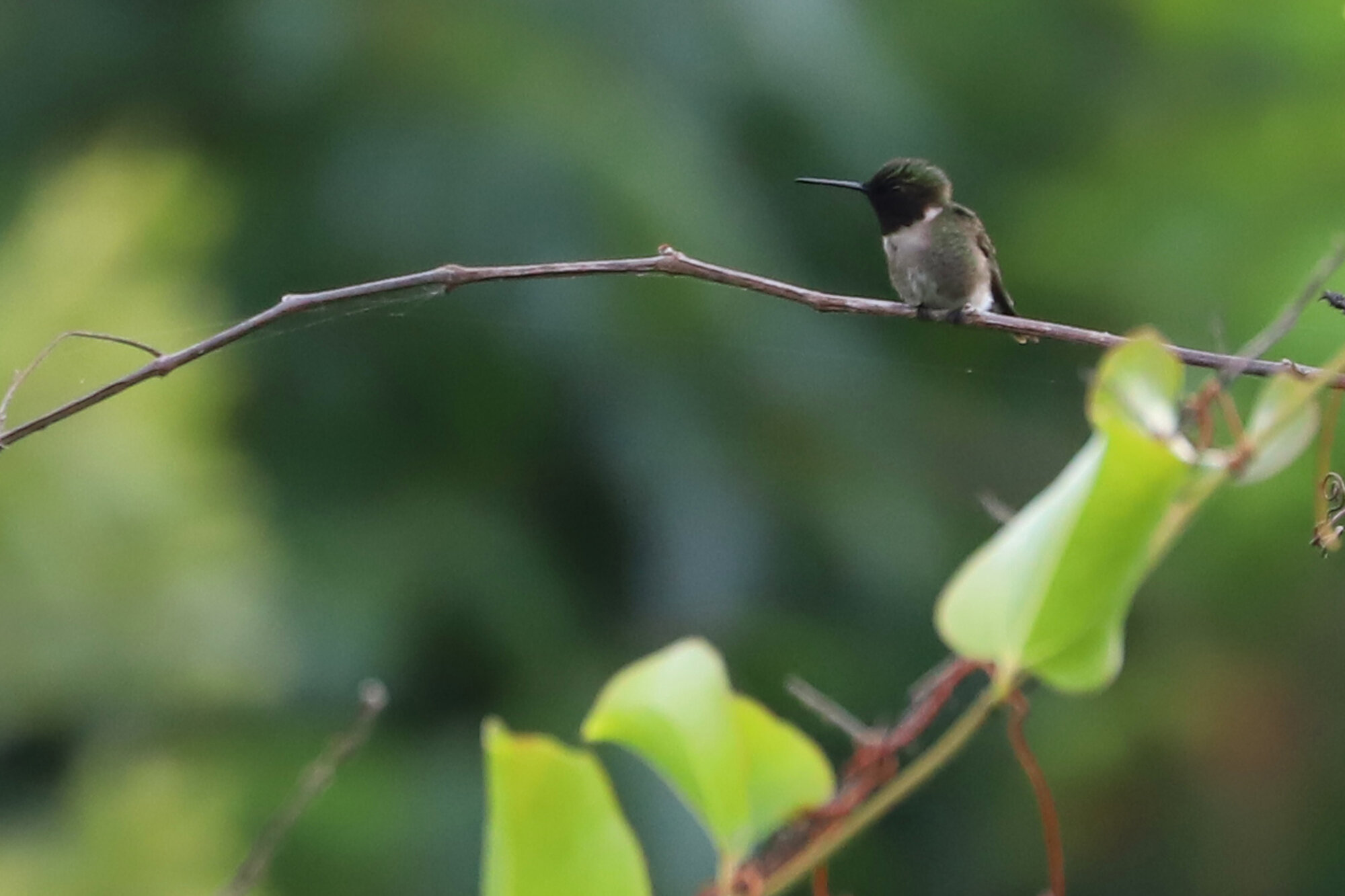
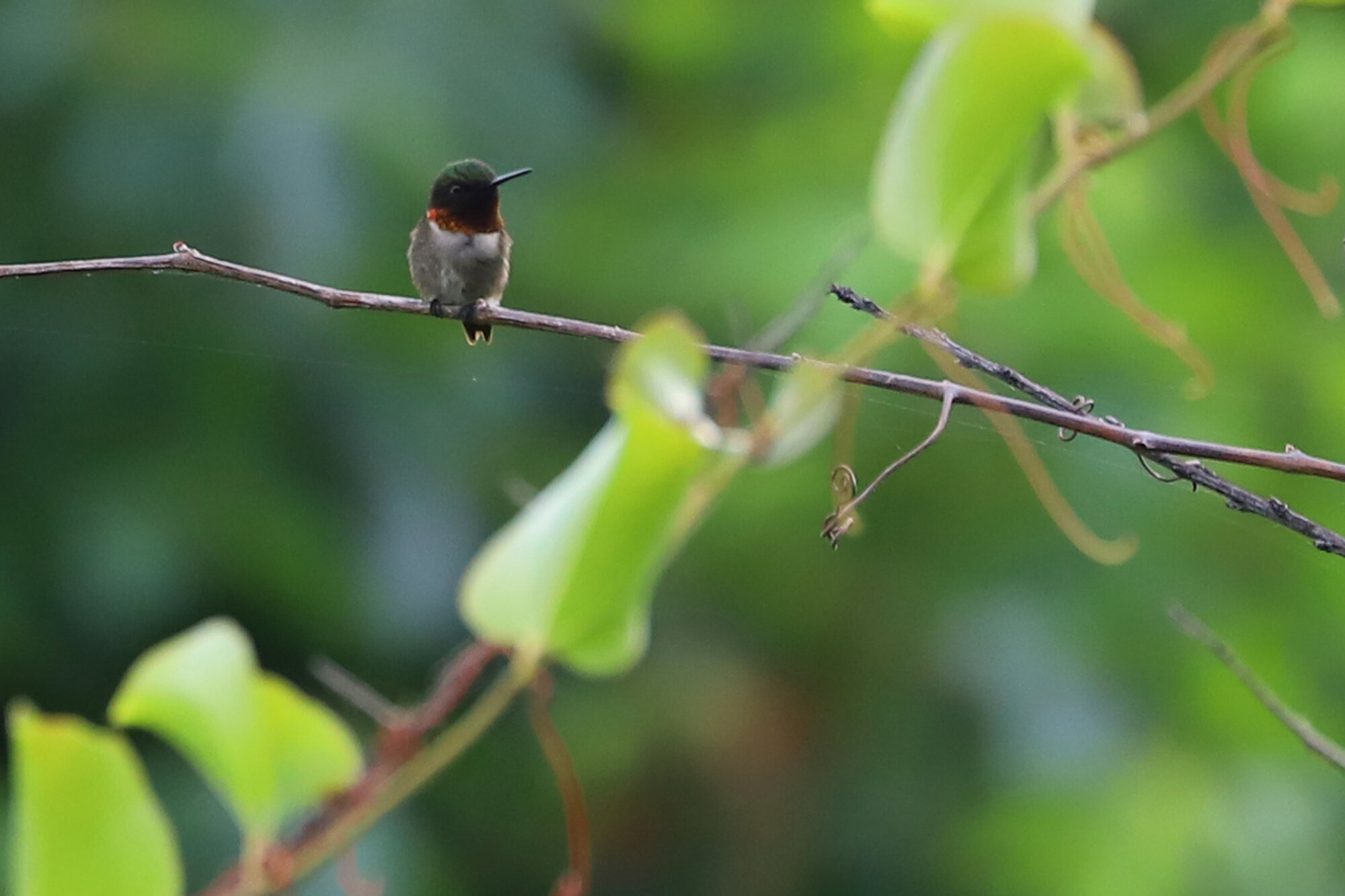
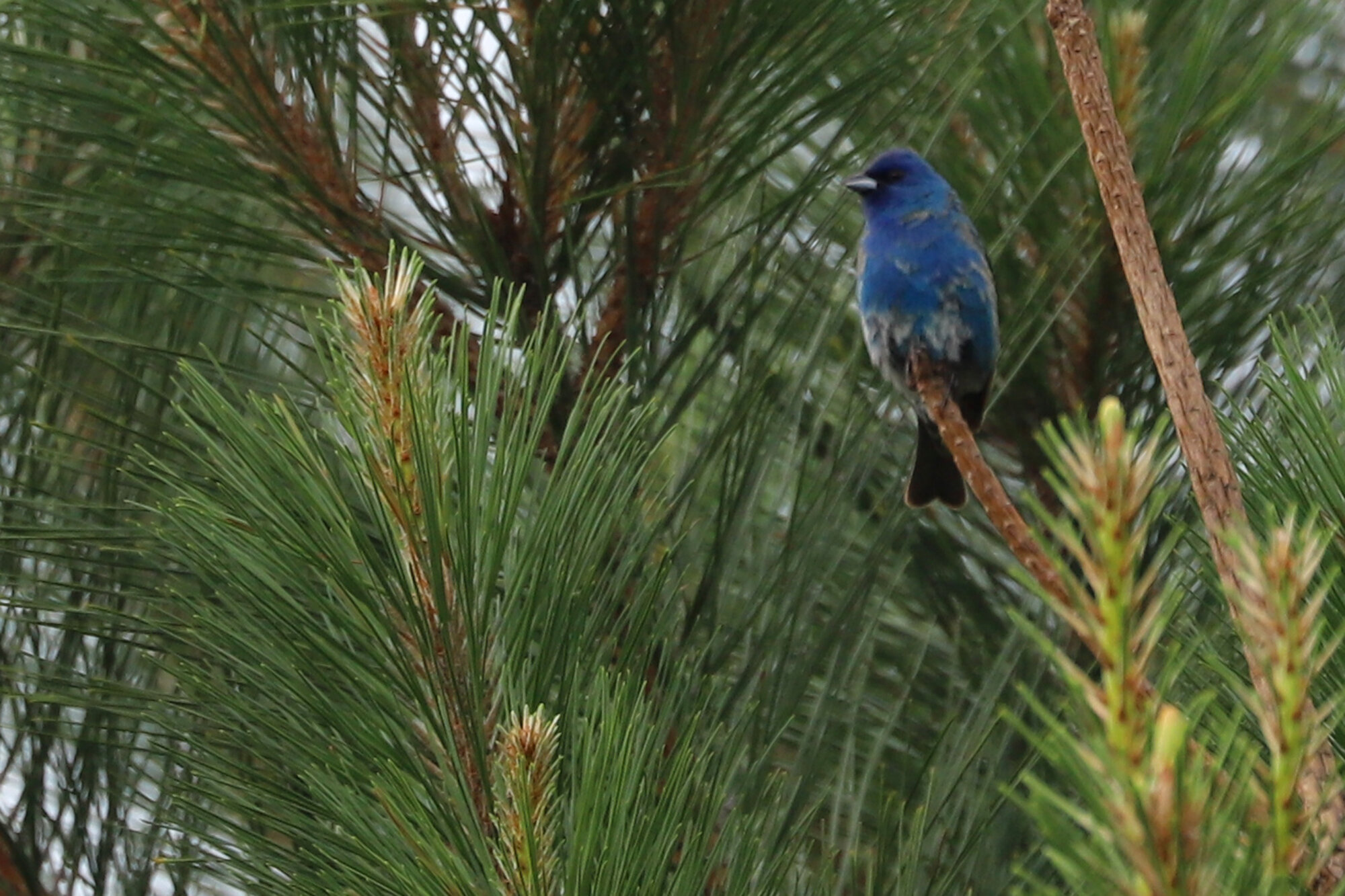
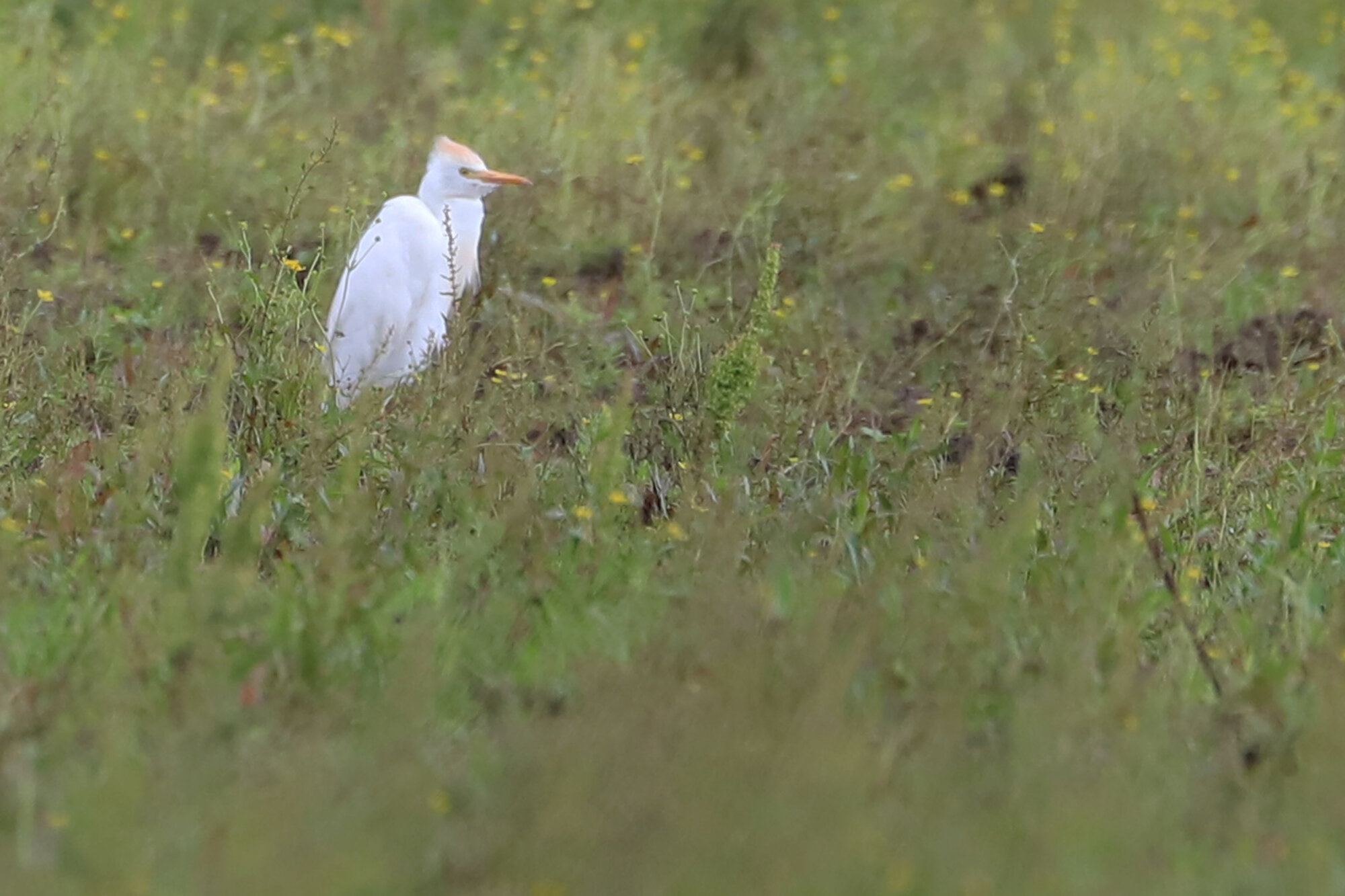
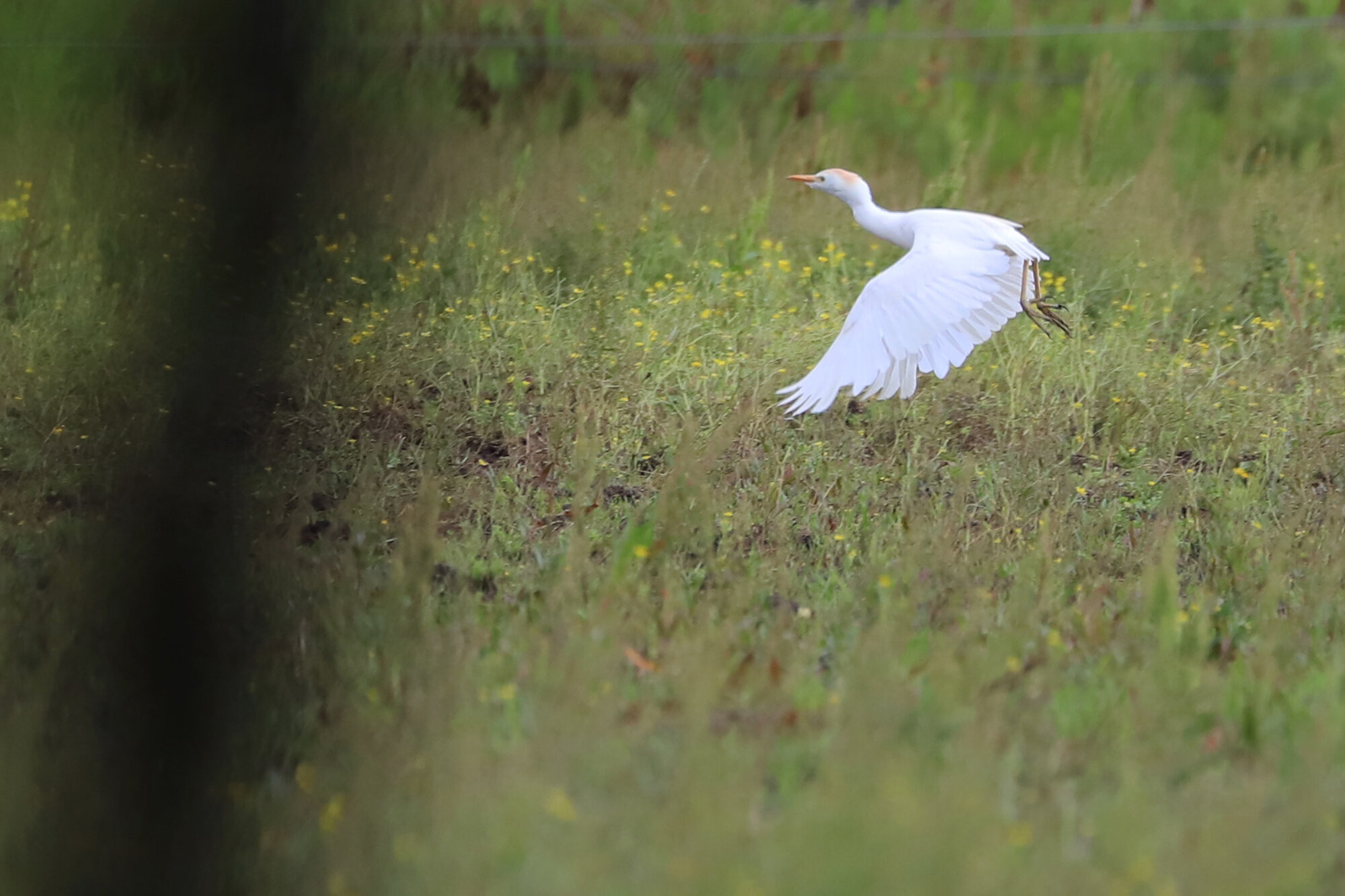

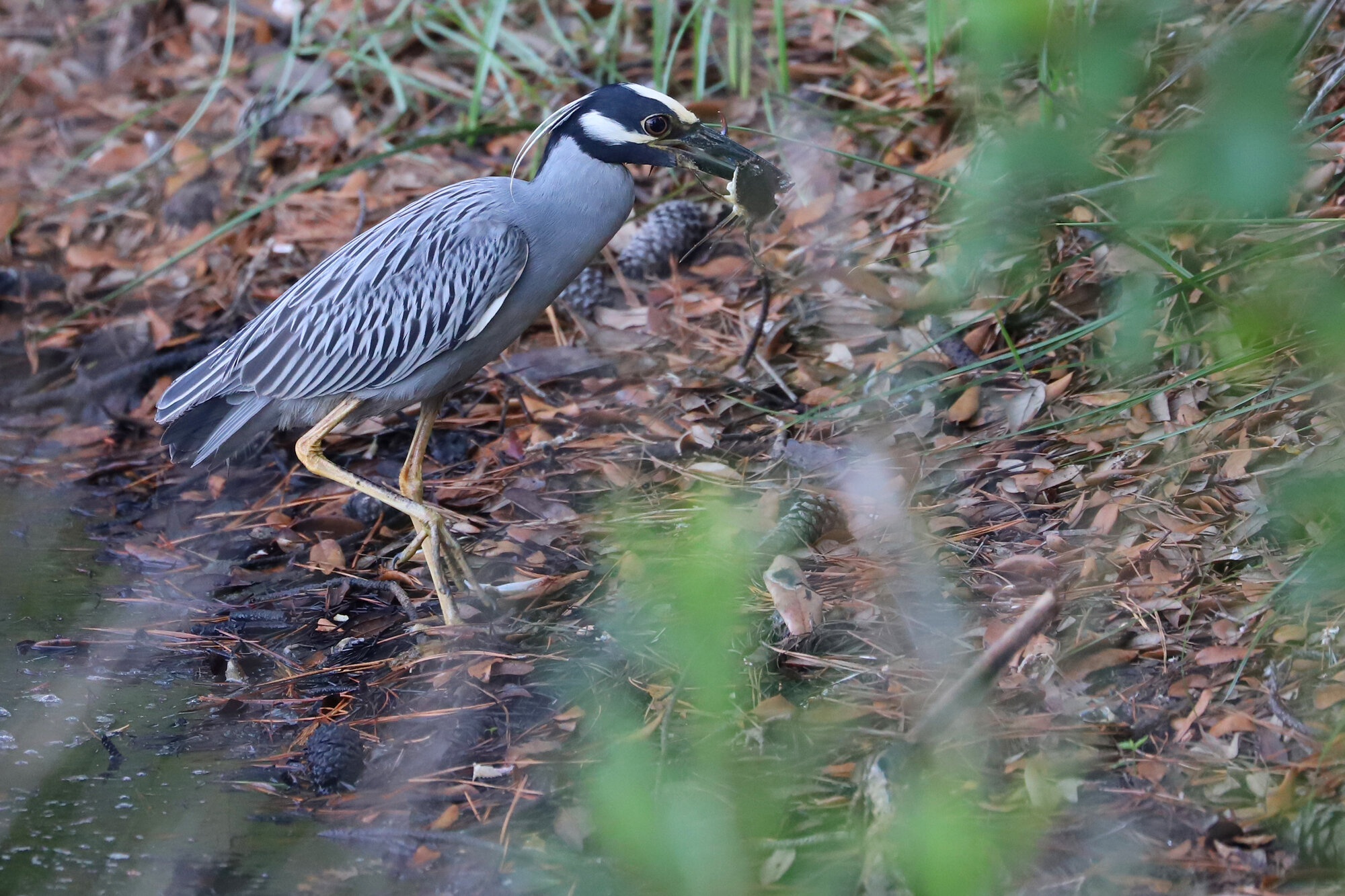
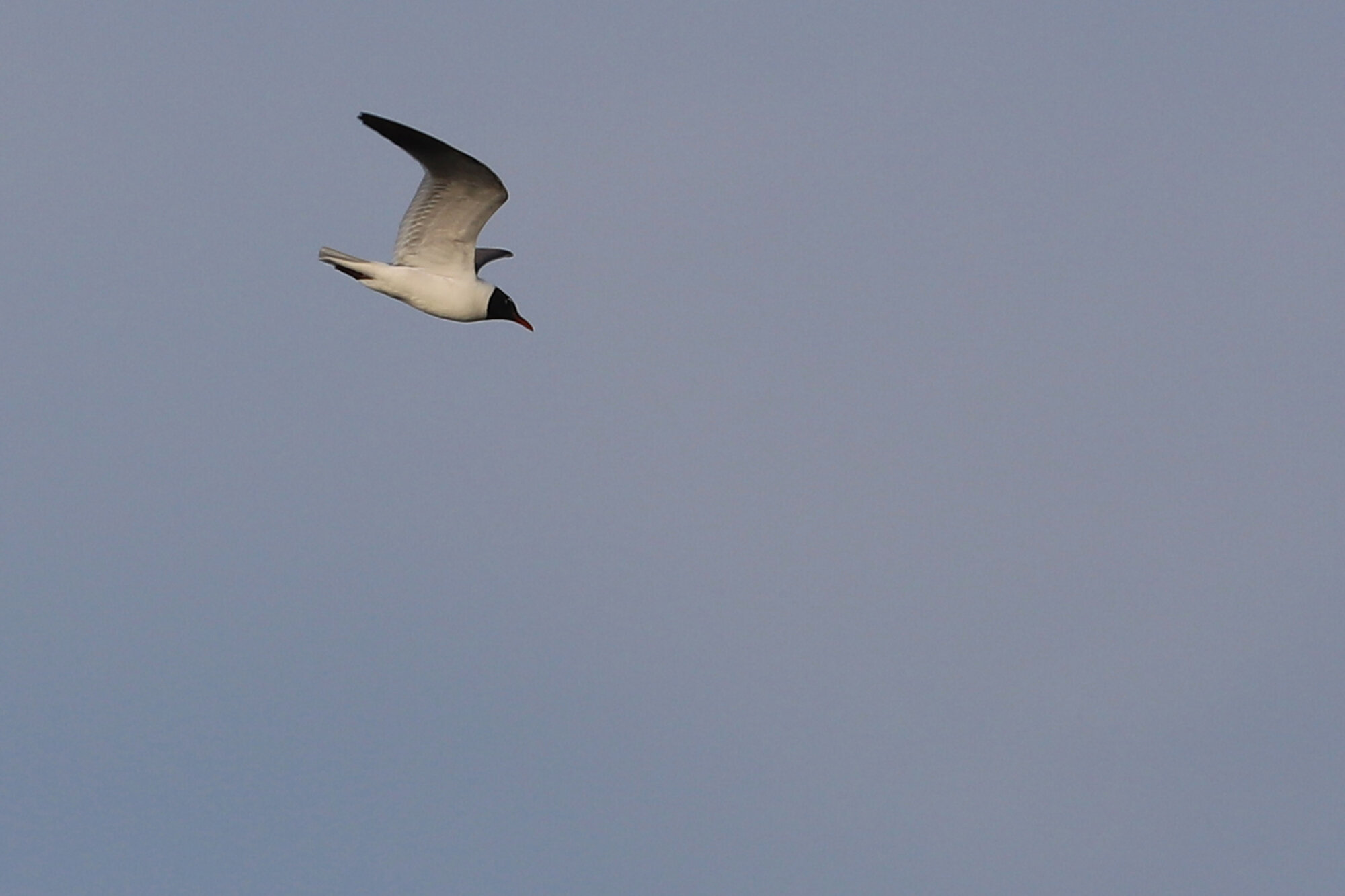
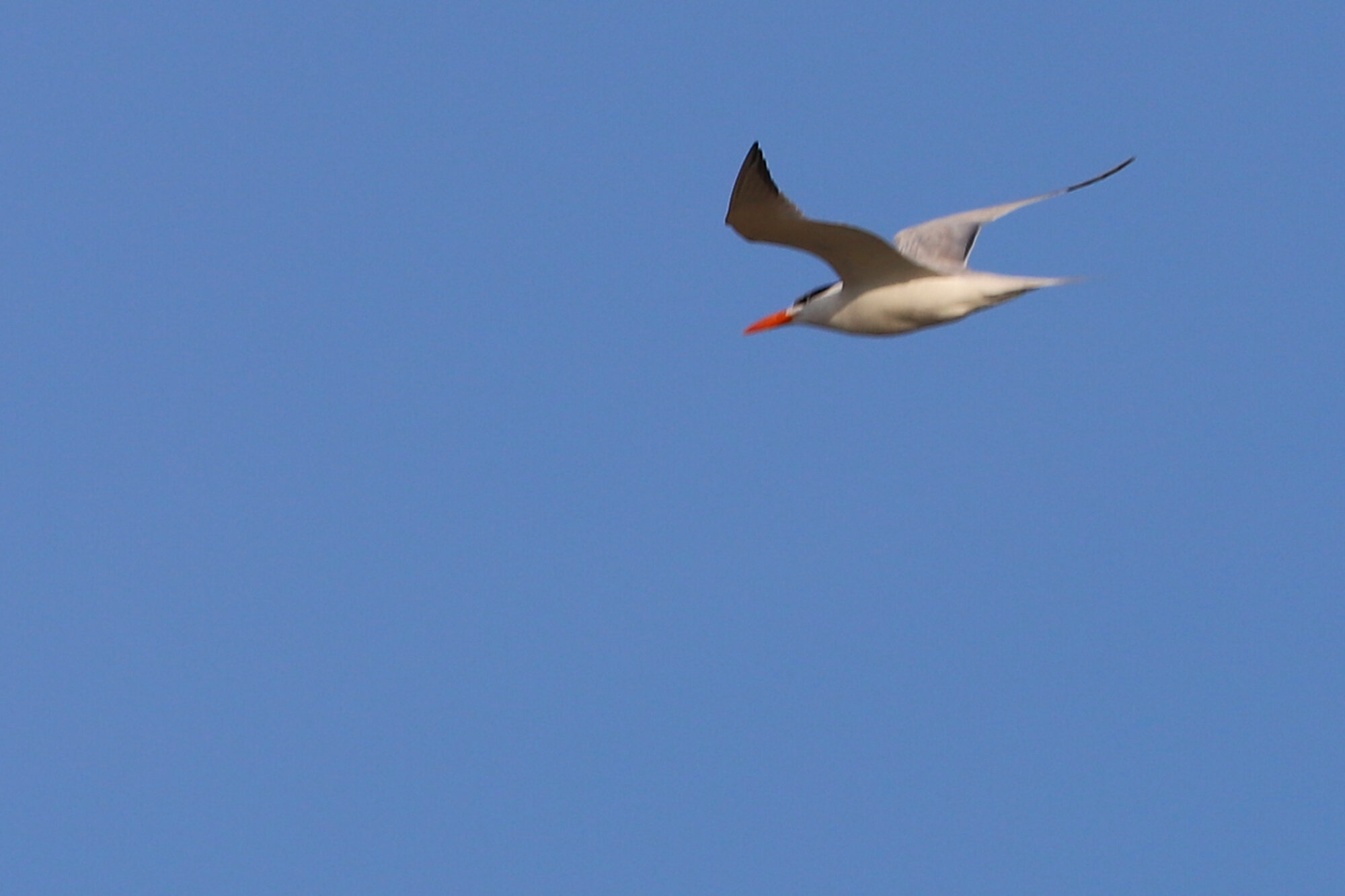
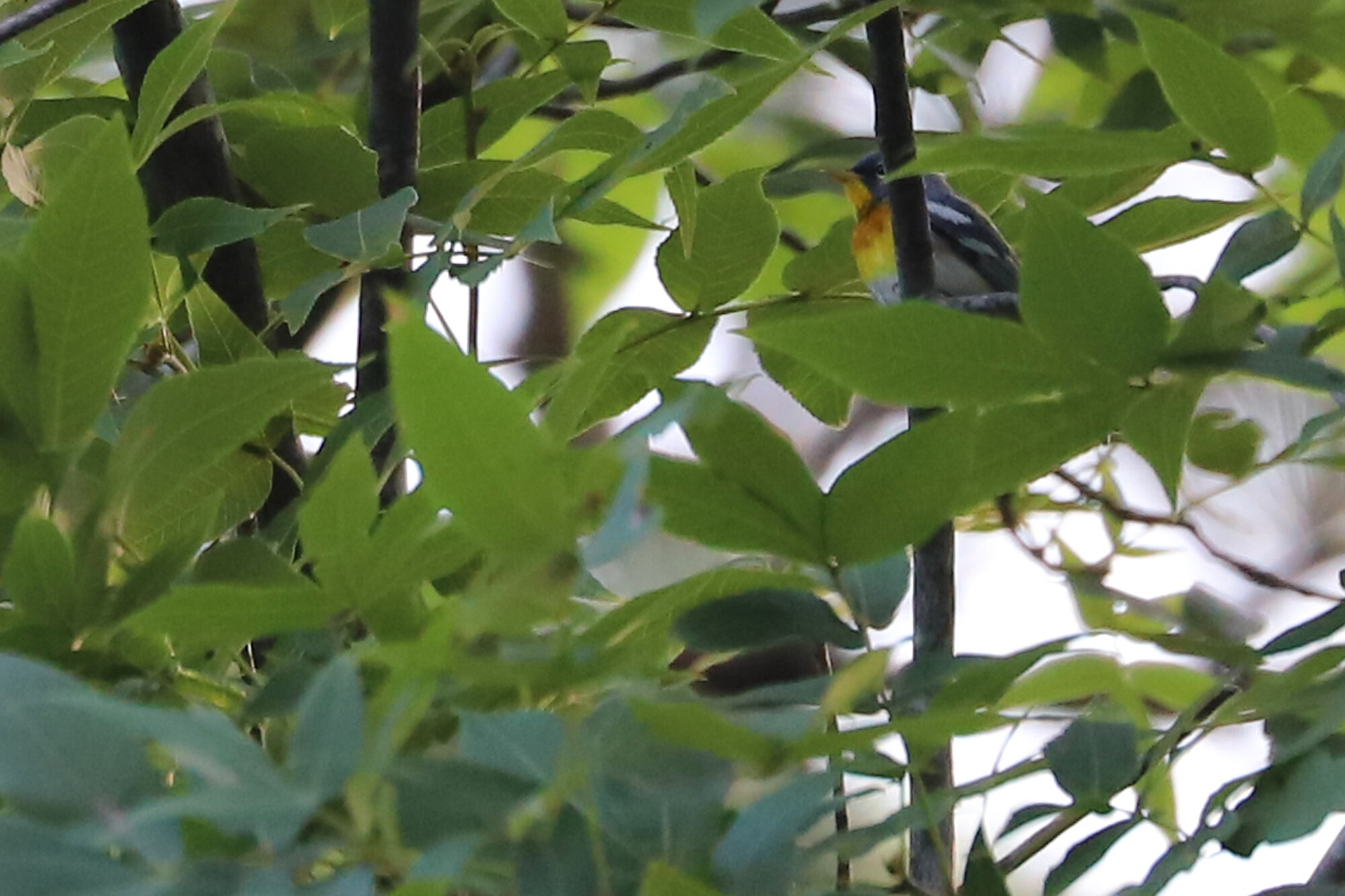
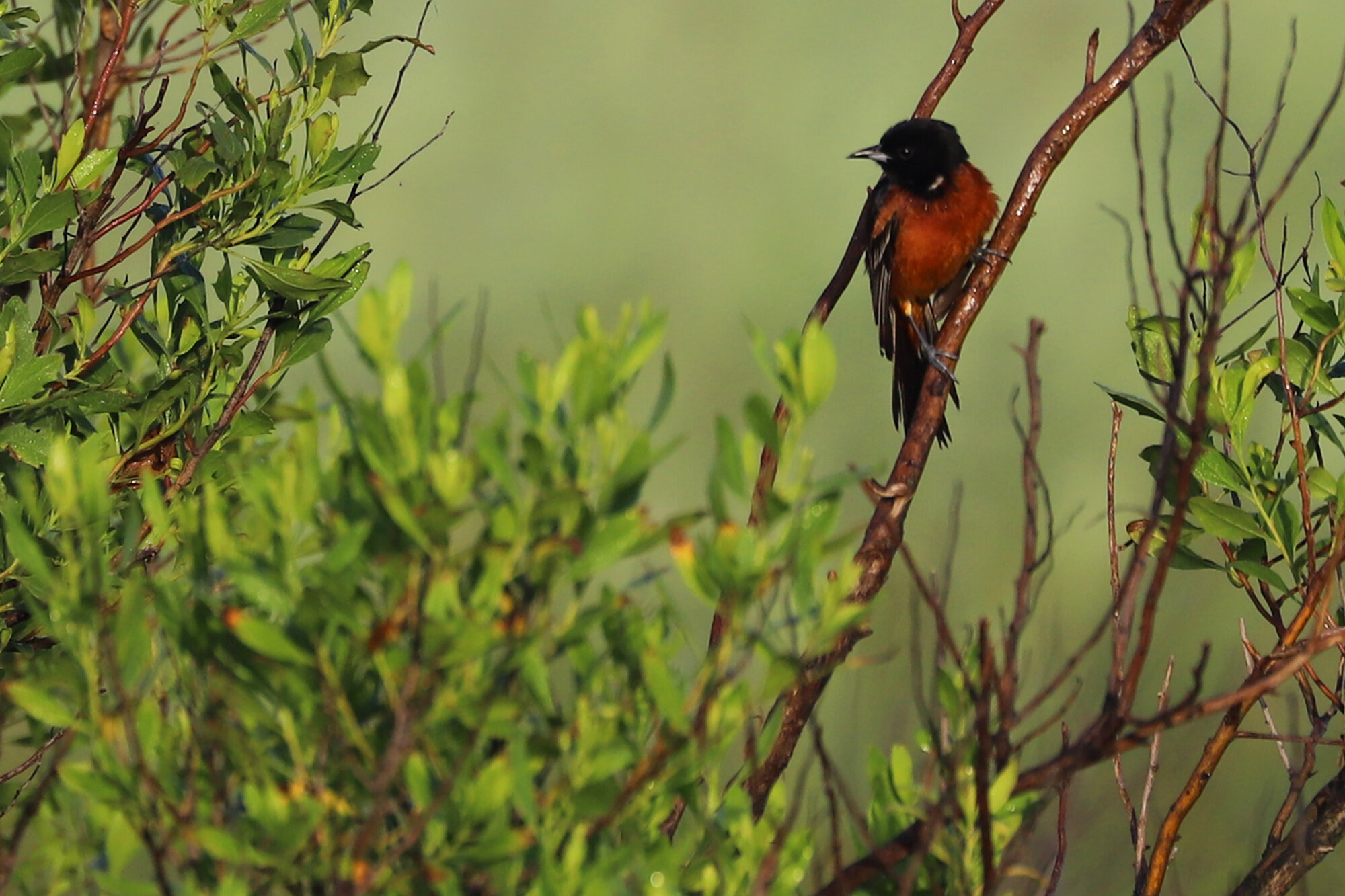
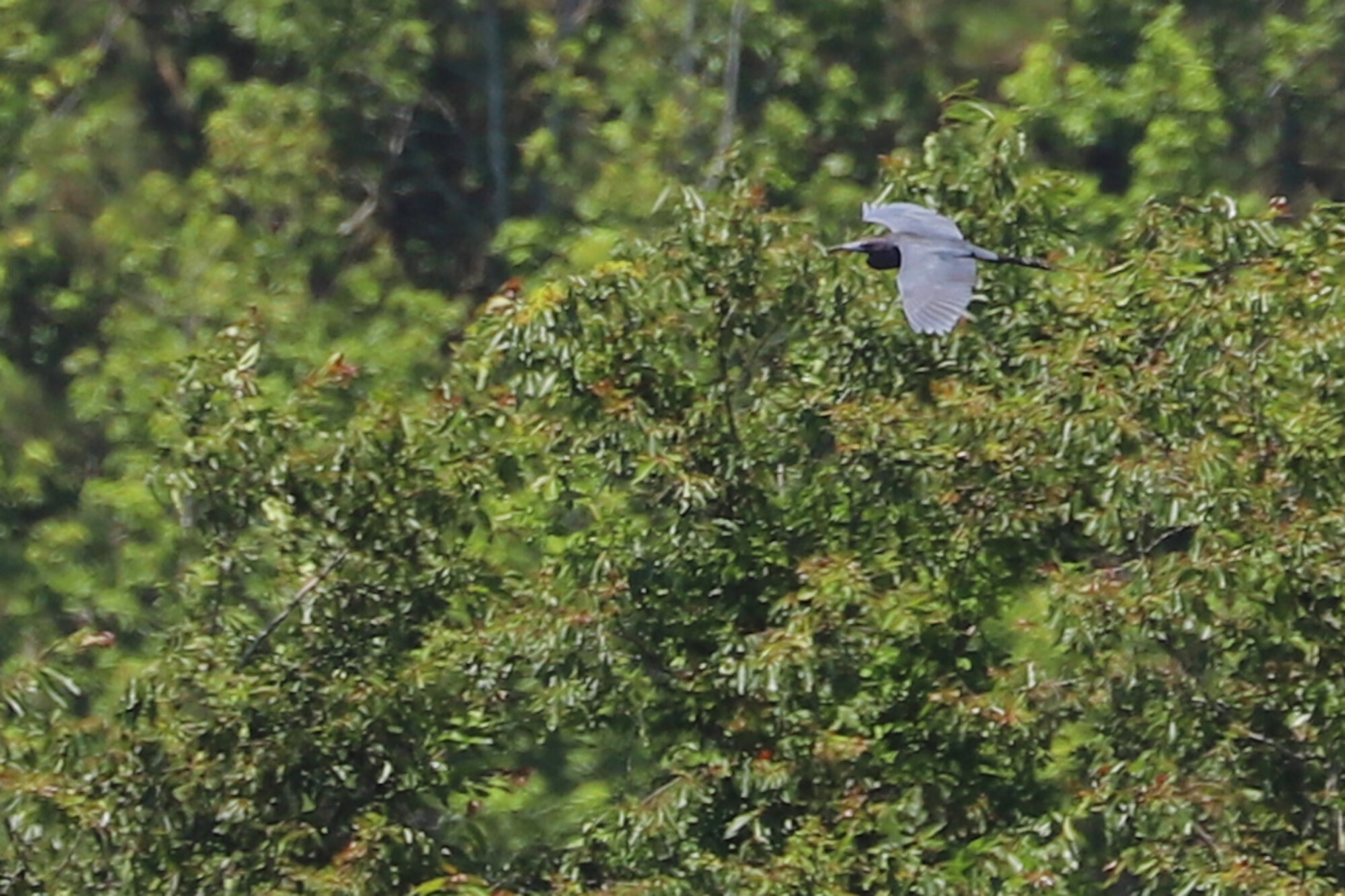
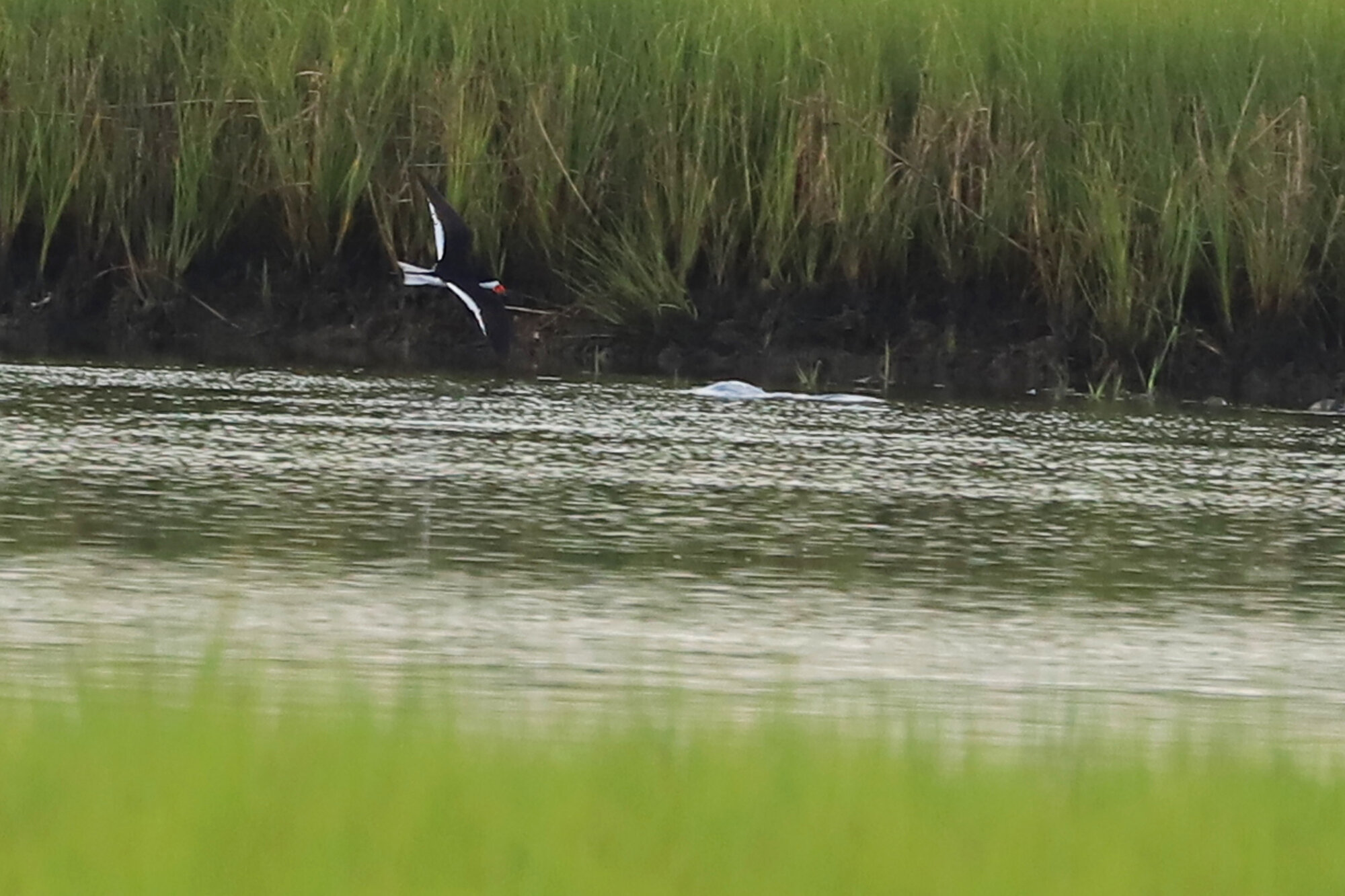
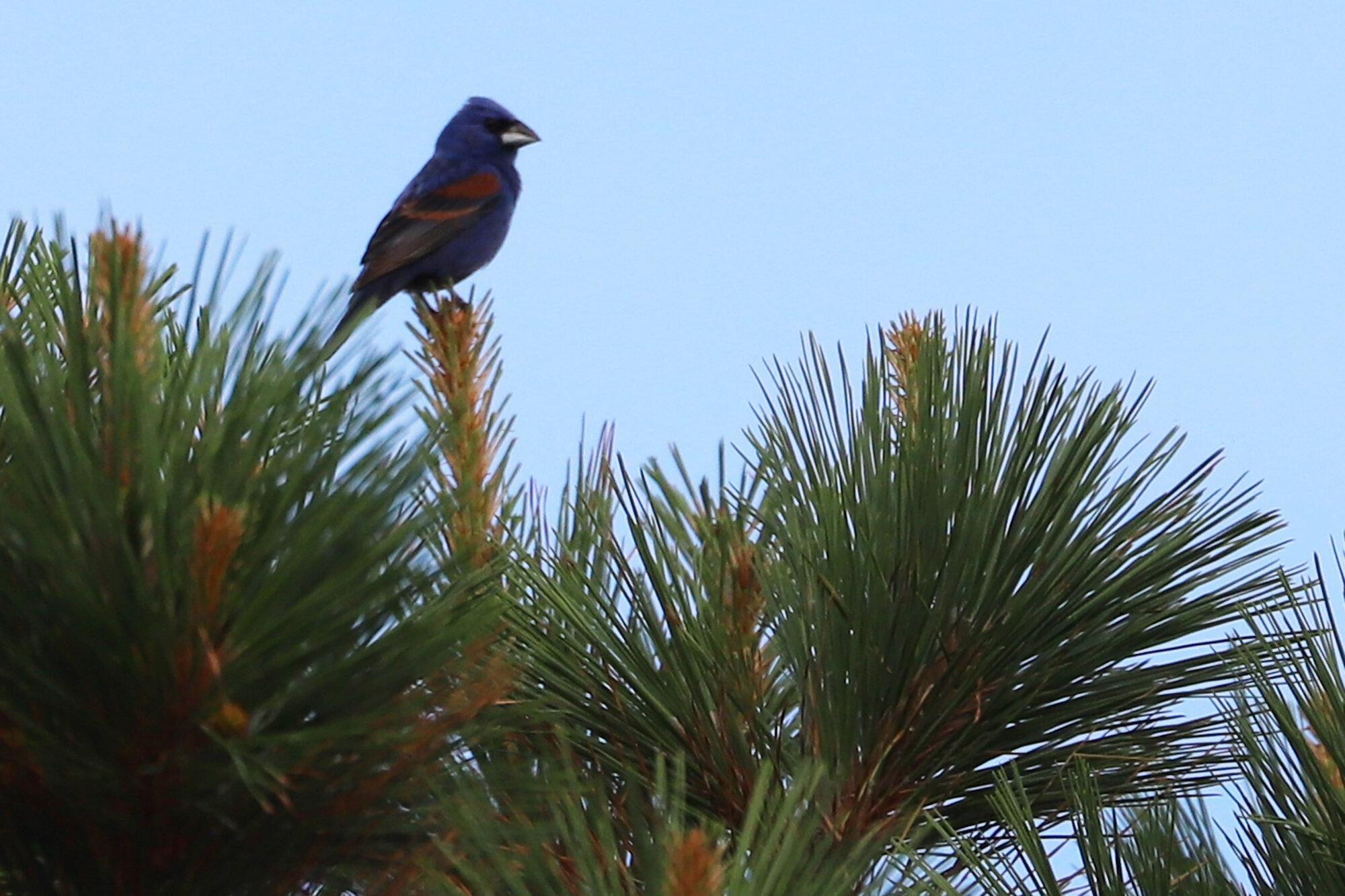
Very rare in Virginia as a whole, an apparent ROSEATE TERN was present on the tidal mudflats off Pleasure House Point NA on 19 Jun (ph. Kathy Louthan & Wes Teets), marking the second report for this species in Virginia Beach this calendar year, and the second June in a row to boast an individual with one at Back Bay last June (ph. Rob Bielawski & Lisa Rose). During Tropical Storm Arthur’s movement off our coast in May (vis. Edward Brinkley), another individual was noted in flight along the North End beaches, so we’ve now matched our total for 2019, as one was observed during Hurricane Dorian’s passage (ph. Andrew Rapp) last September as well. A statewide review species by VARCOM standards, and while we might be the most likely municipality in the state to produce records, any record for this species is to be celebrated. (Jun 2020 Map)
In the same vein as the Red-breasted Merganser mentioned above, a single RED-THROATED LOON present around Lynnhaven Inlet from, 9 Jun (ph. Andrew Baldelli) through at least 28 Jun (ph. Rob Bielawski) likely represented an ailing or injured individual. With thousands of Red-throated Loons passing by our coastline in March & April, and a few lingering into May, seeing one so late into the summer season is certainly unusual. Their closest relative we have here, the Common Loon, does tend to linger into June here each year as well though. This particular Red-throated Loon seems to flow inside the inlet with the incoming tide, and then vanish with the outgoing tide as well, so the best time to look for it foraging around the mud flats seems to be just before high tide occurs. (Jun 2020 Map)
Exceptional any time of year, a pair of WOOD STORKS observed in flight over Muddy Creek Road near Shipps Cabin Road on 19 Jun 2020 (vis. Andrew Baldelli) which made for the first-ever report in eBird for the state during the month of June. Though, surely, not all records are in eBird and summertime feels like a fine time for this species to irrupt northward, especially during droughts in their core range. So far in 2020, Virginia Beach has now boasted three reports of the species, including the sight report mentioned here, as well as photographic records this January at Back Bay NWR (ph. Steve Keith) and at Carolanne Farms Park (ph. Charlie Bruggemann). No other individuals have been reported this calendar year north of North Carolina, and there’s no telling when the next might pop up here, but this is certainly a species to keep in mind as summer progresses. (Jun 2020 Map)
Unfortunately, a single immature BROWN BOOBY found at a private residence in Croatan Beach on 15 Jun 2020 (ph. Anonymous Homeowner fide Karen & Keith Roberts) did not survive after it was picked up by a rehabber. It’s possible that strong onshore winds over the prior few days could have pushed this ailing bird in to shore. So far, this is the only record for the species in Virginia this calendar year, though last summer several were sighted on a buoy in the lower Chesapeake Bay, and other reports this month hailed from North Carolina, Maryland and New Jersey, so it is likely that others (hopefully healthy individuals) could also be around our state’s waters. (Jun 2020 Map)
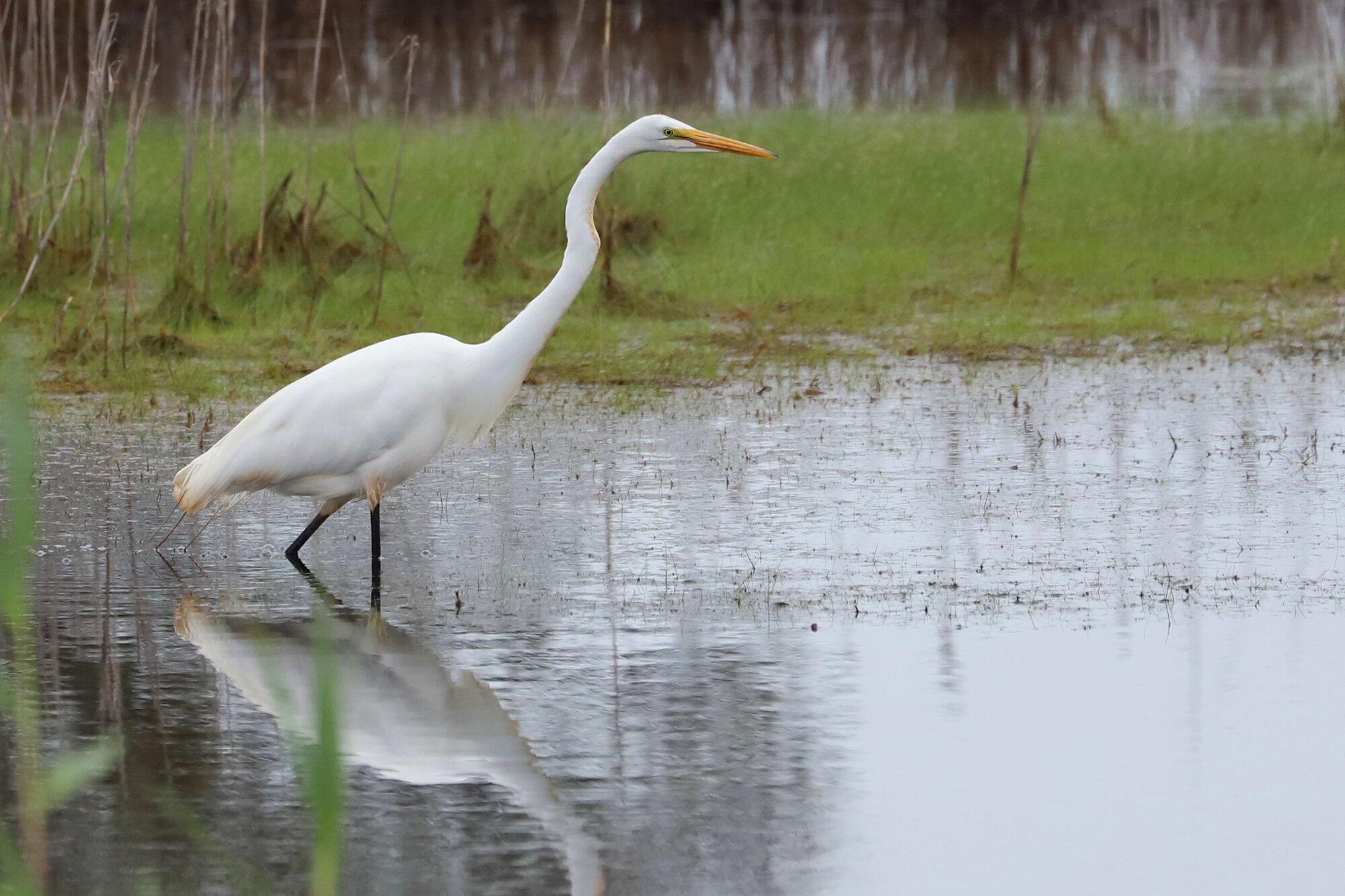
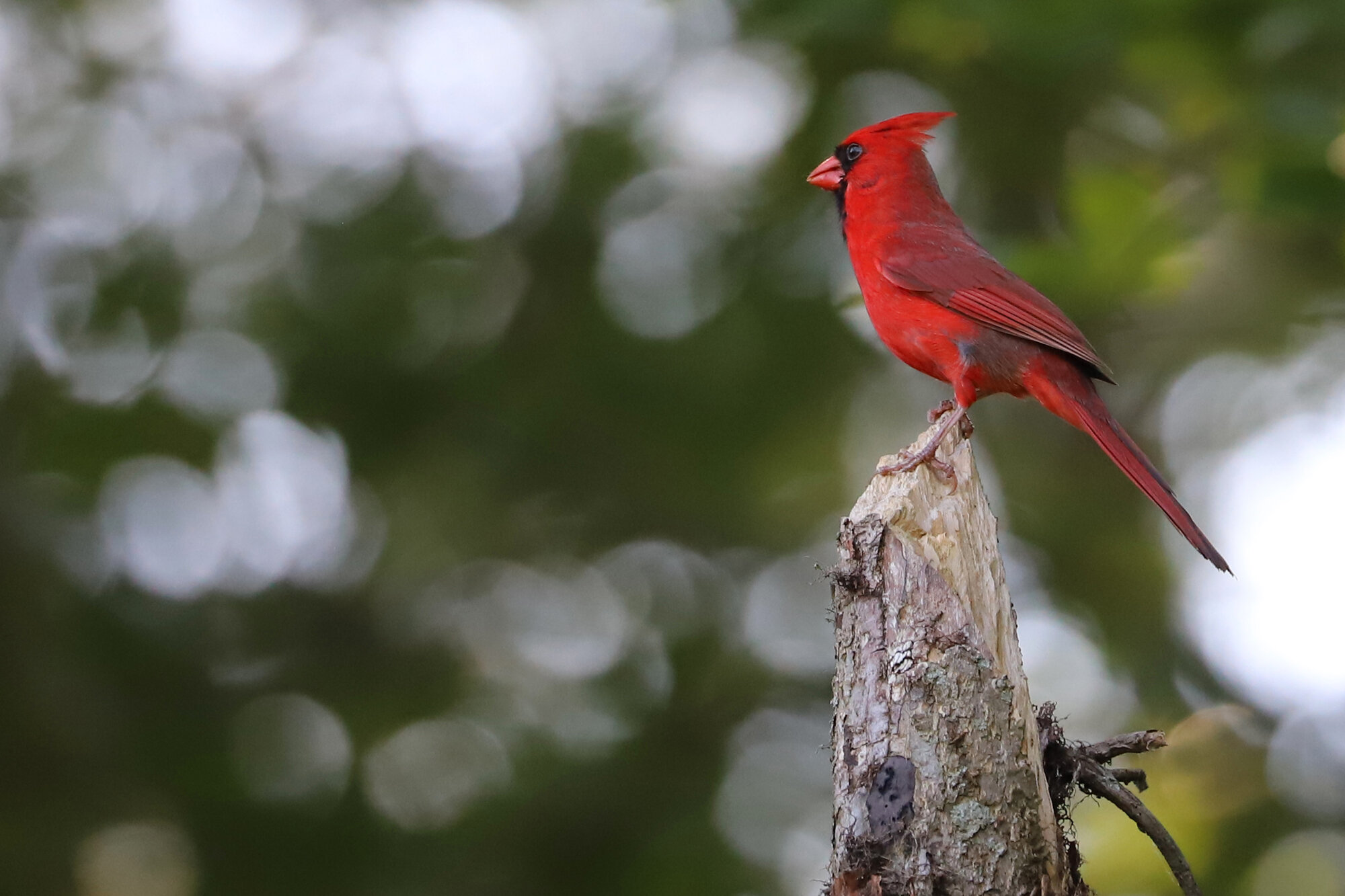
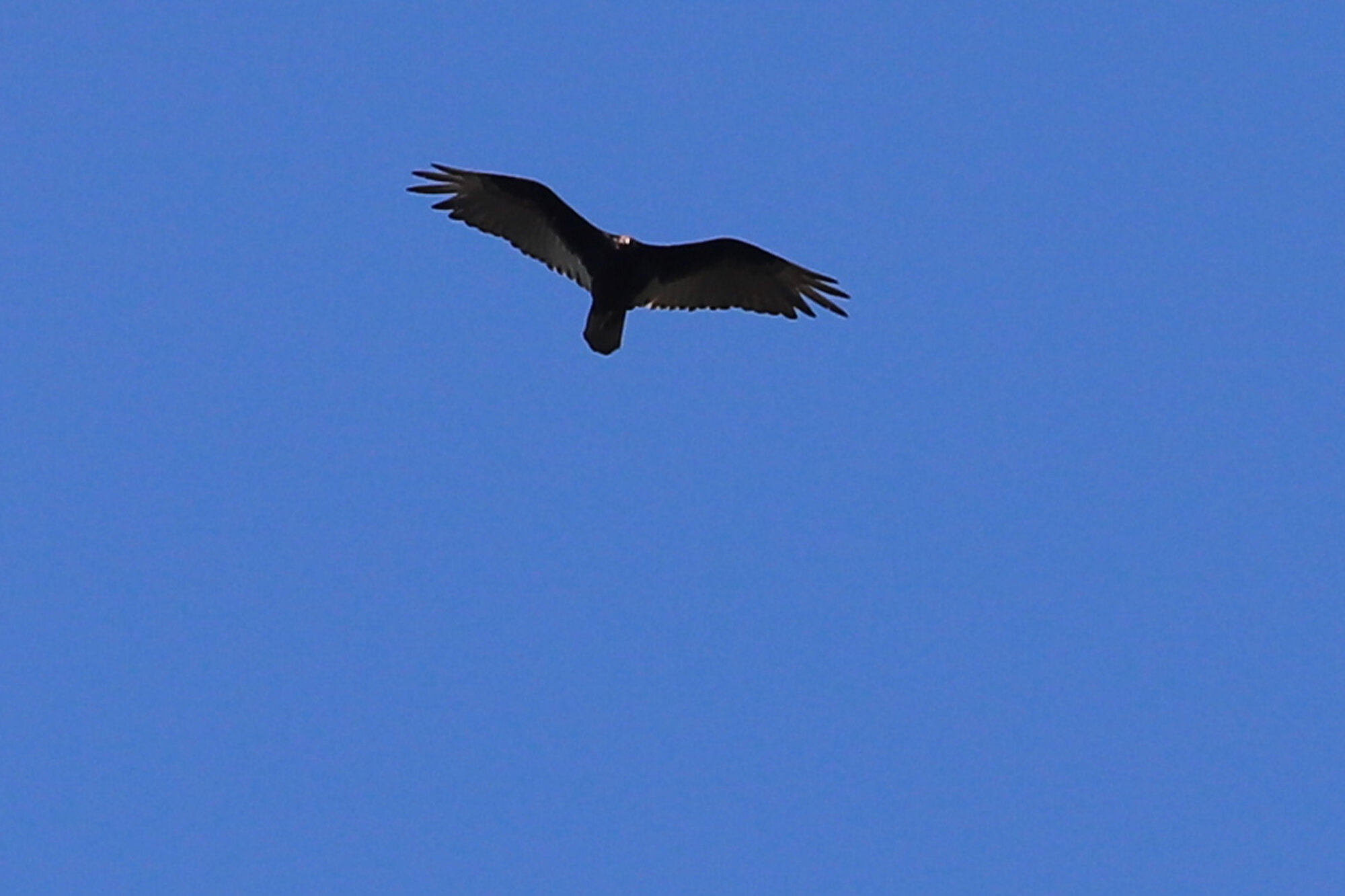
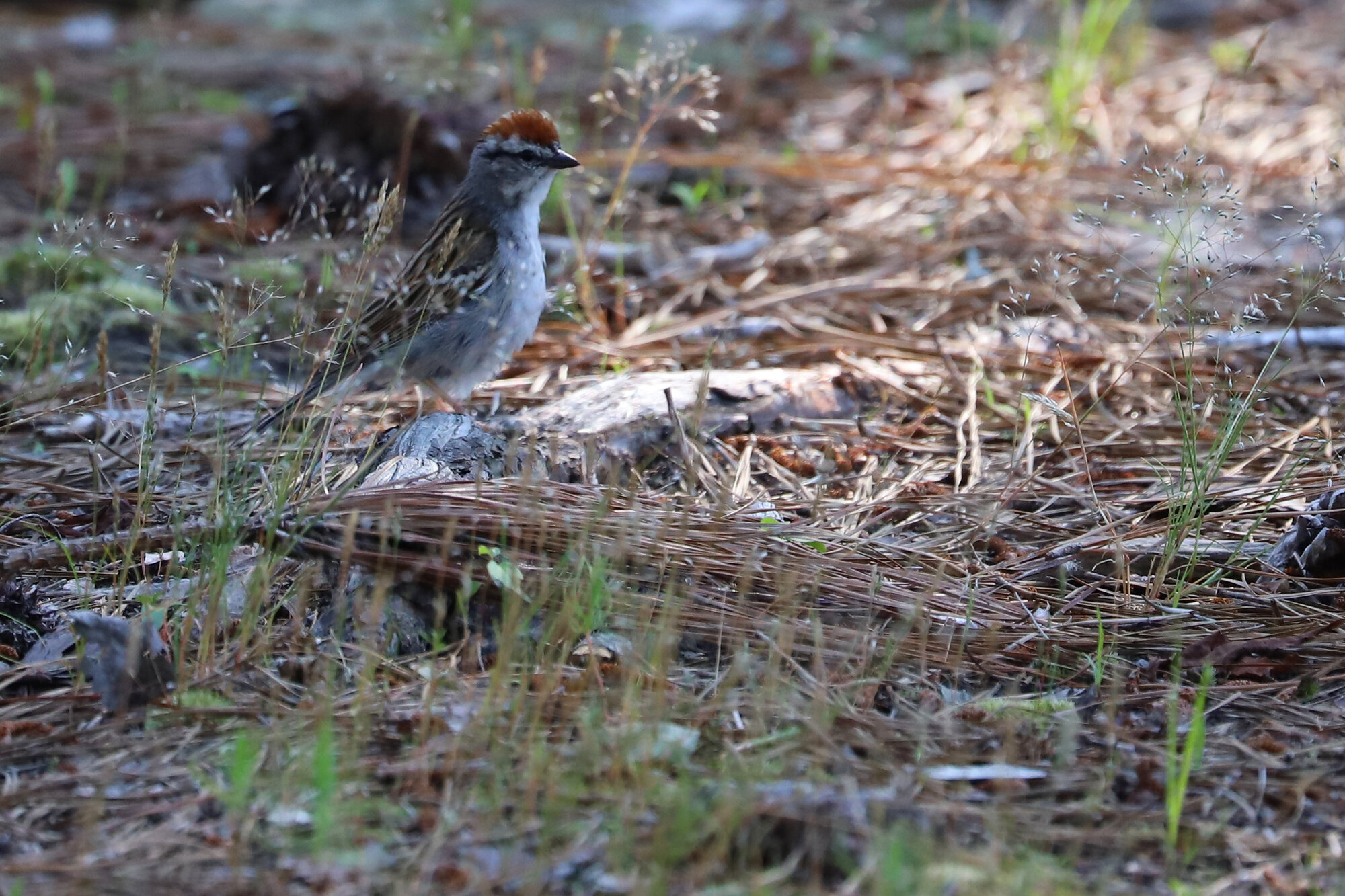
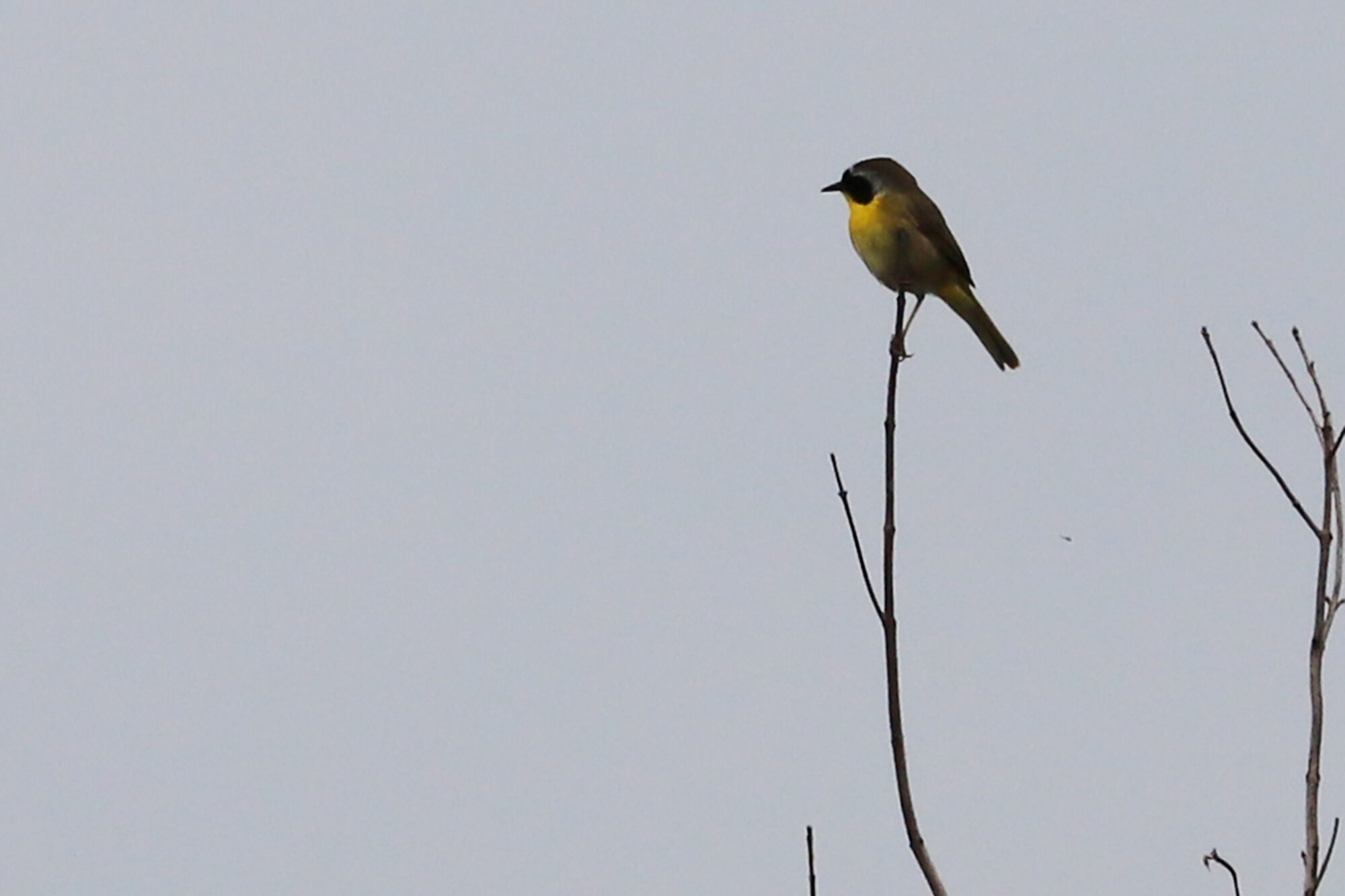
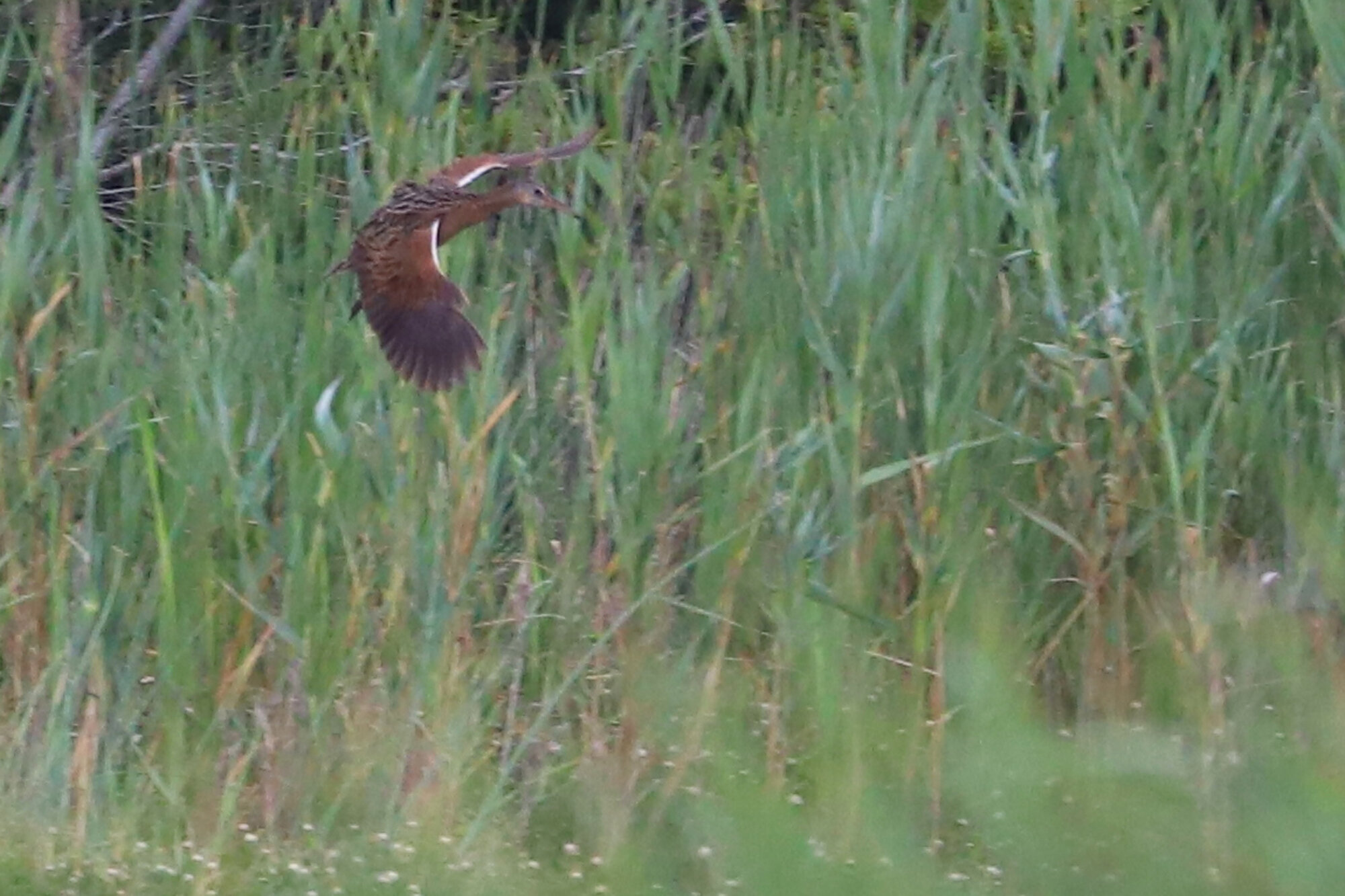
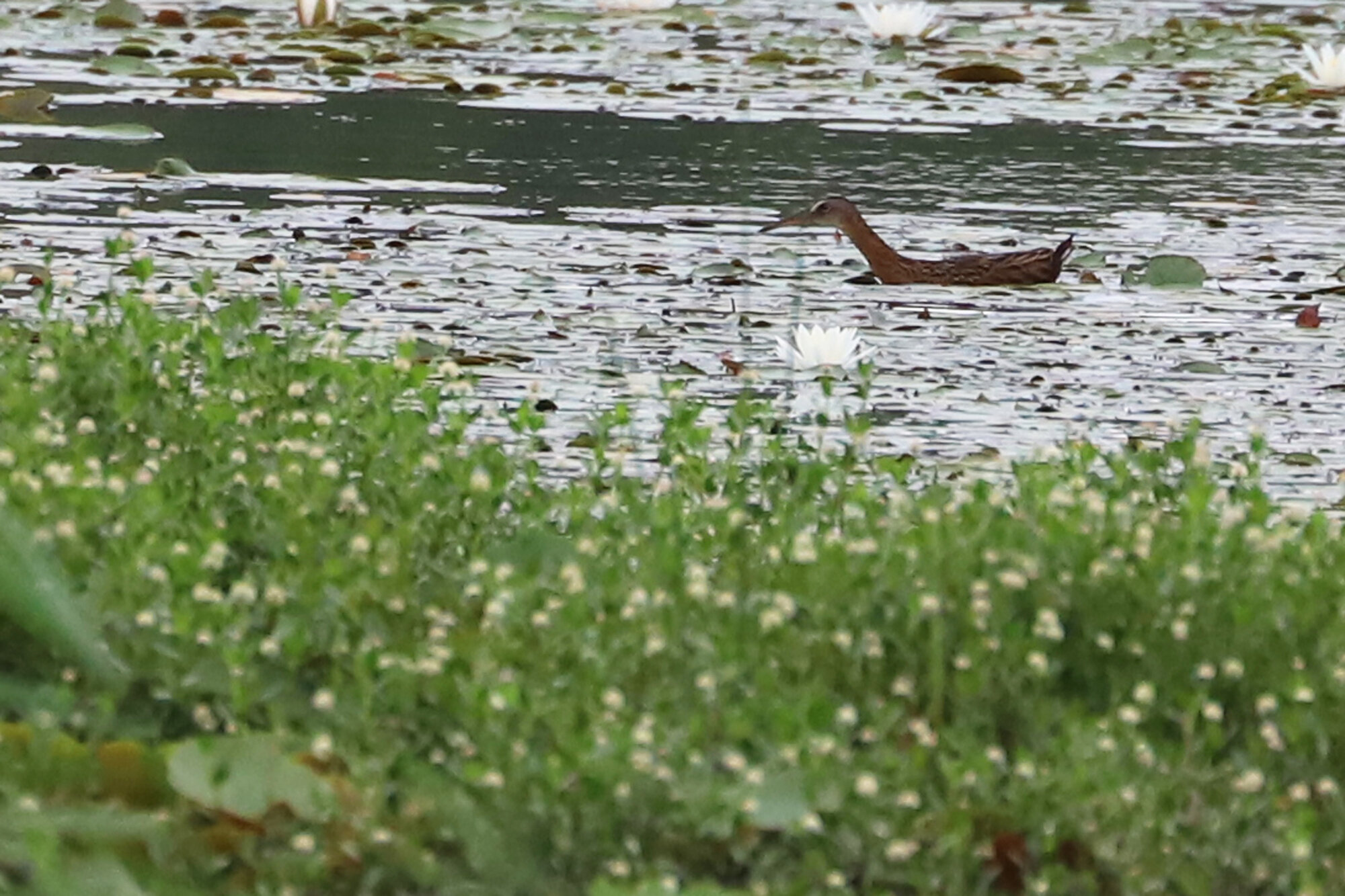
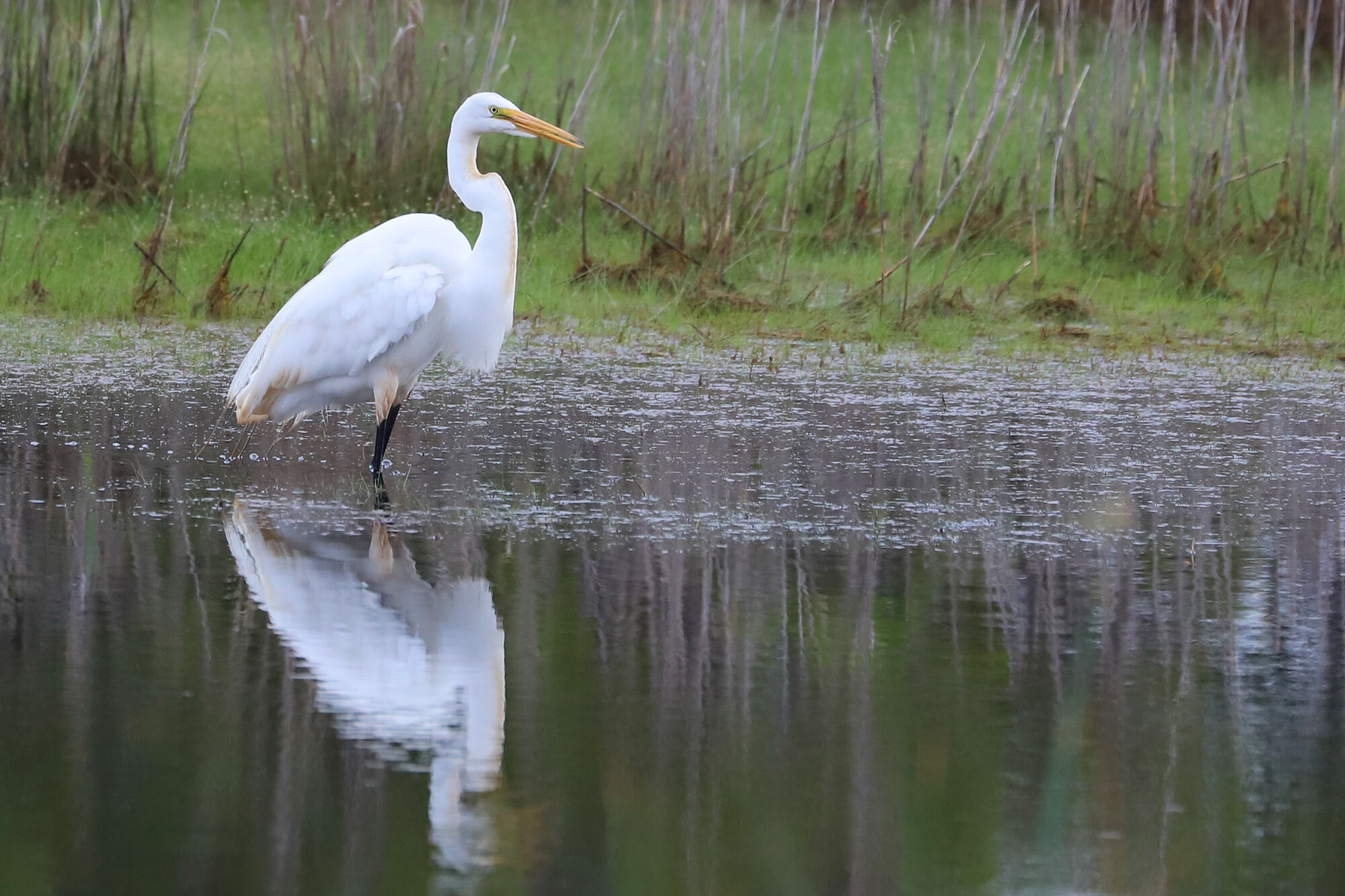
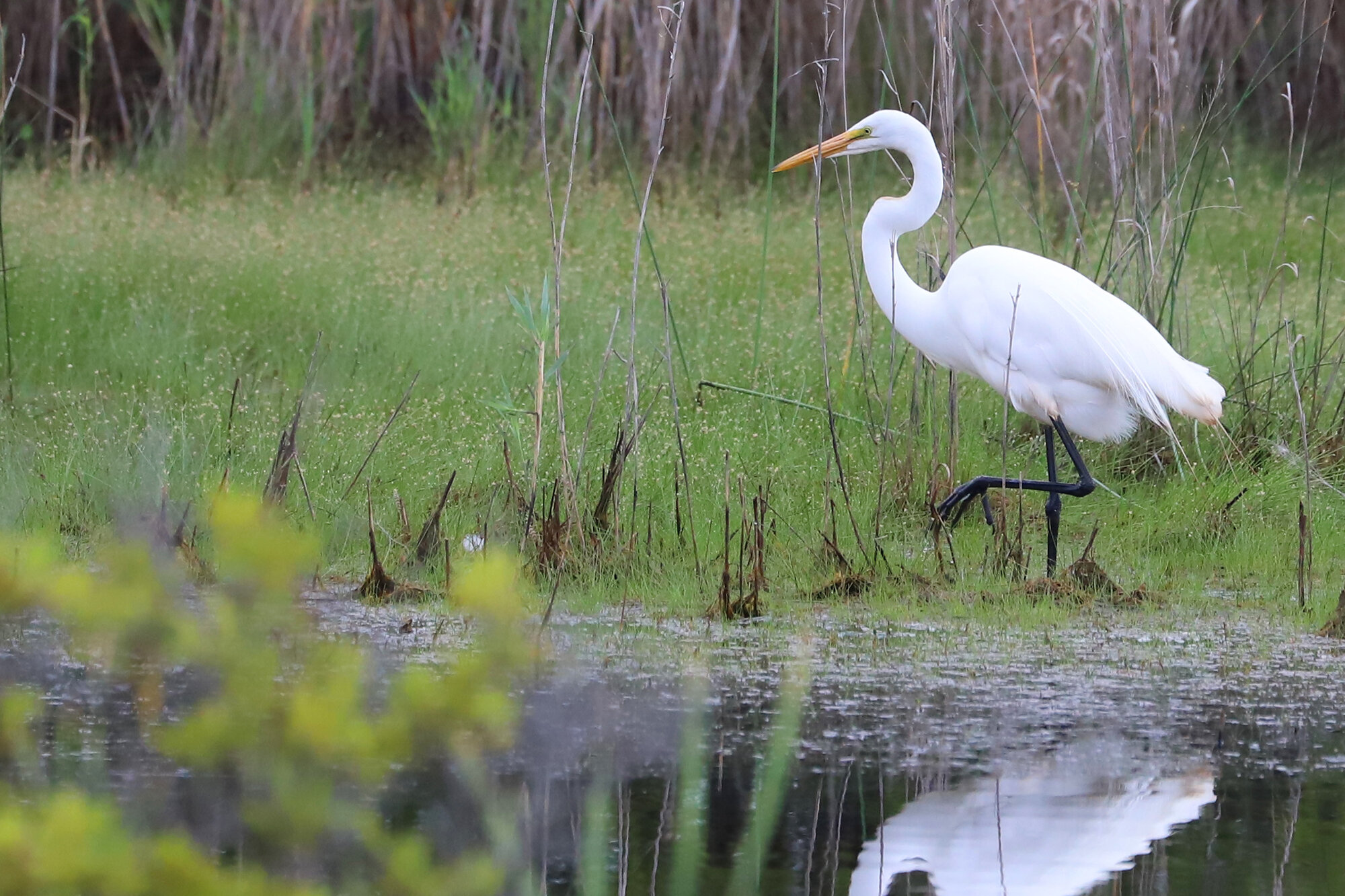
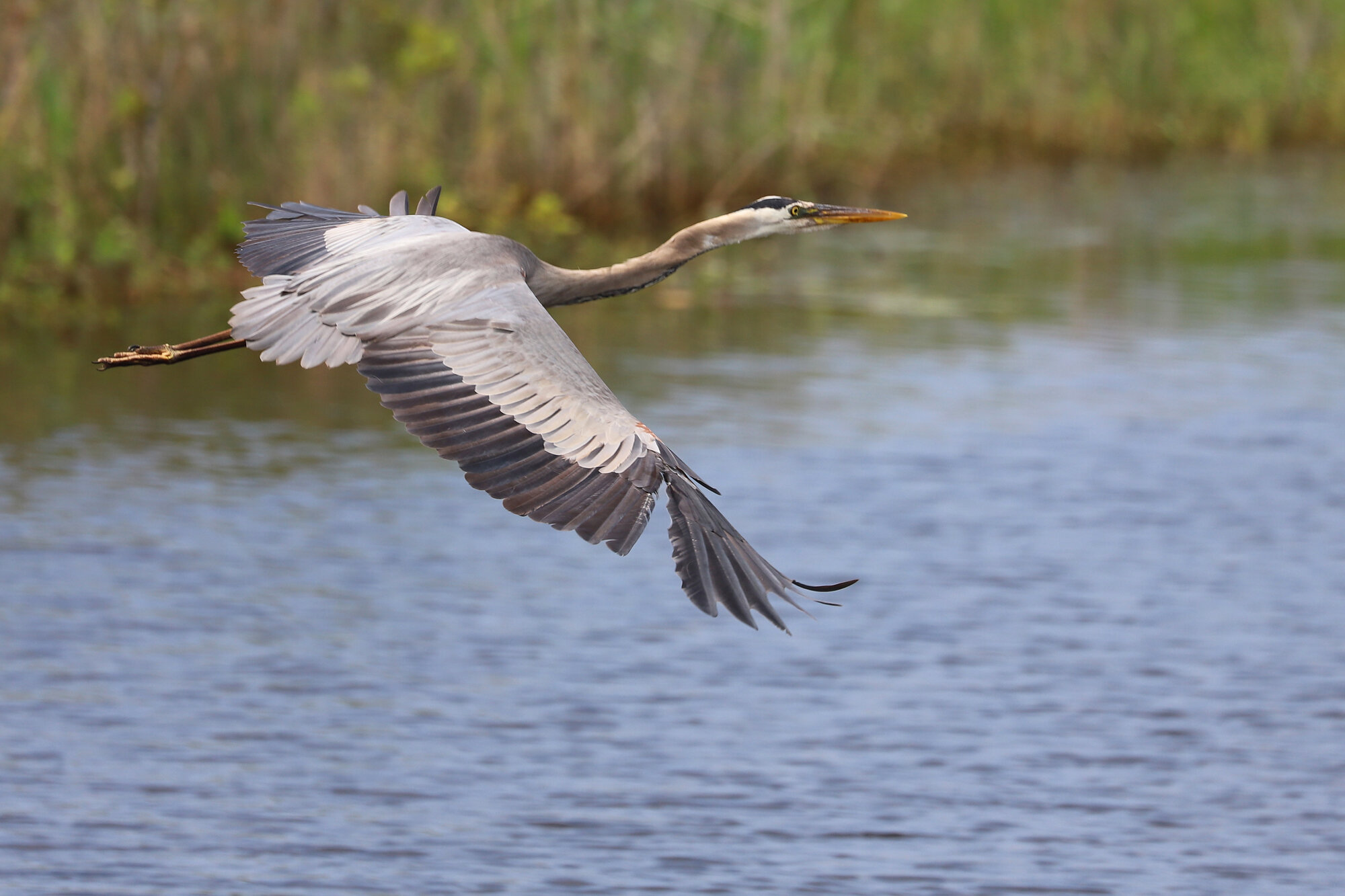
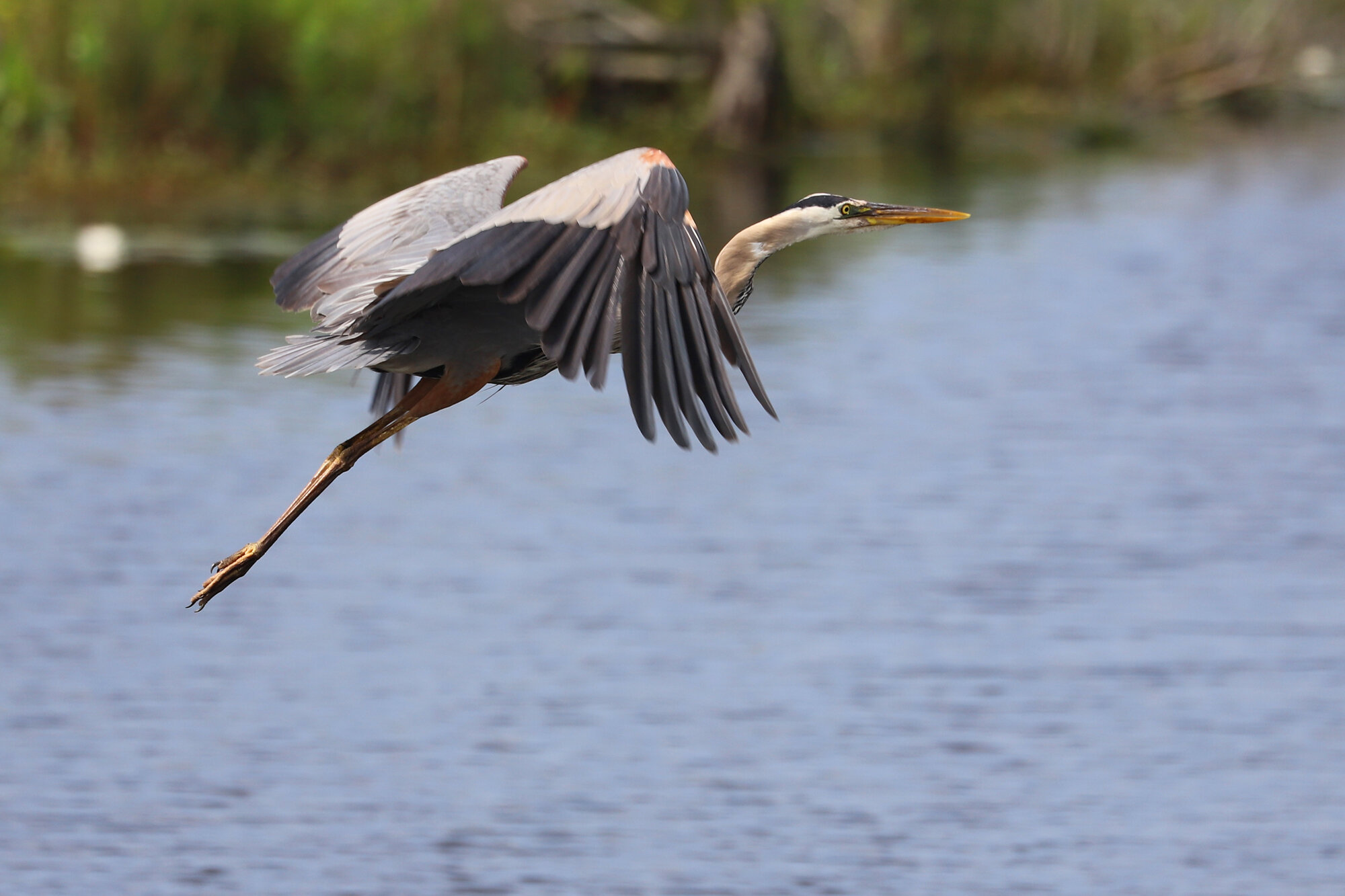
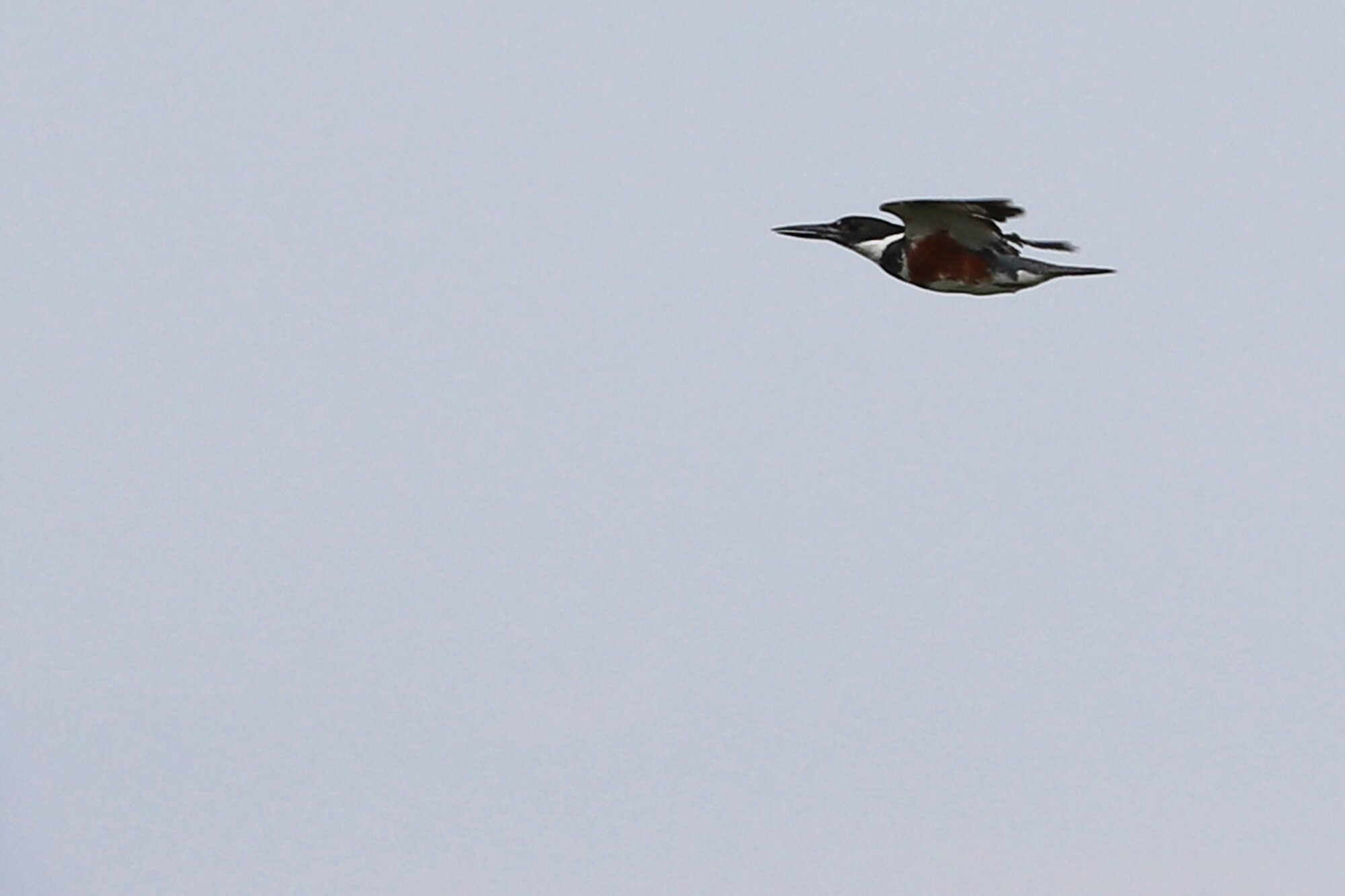
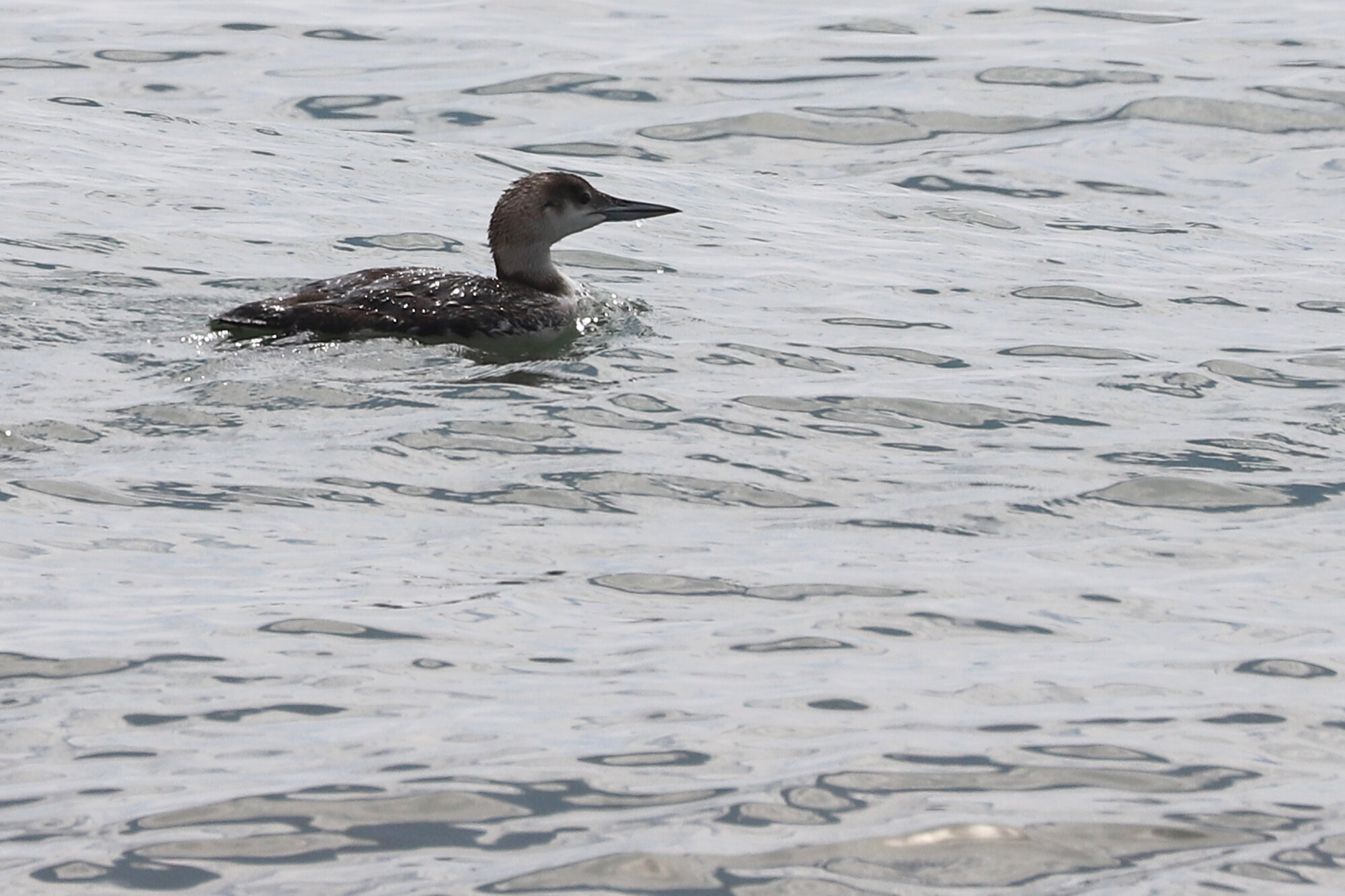
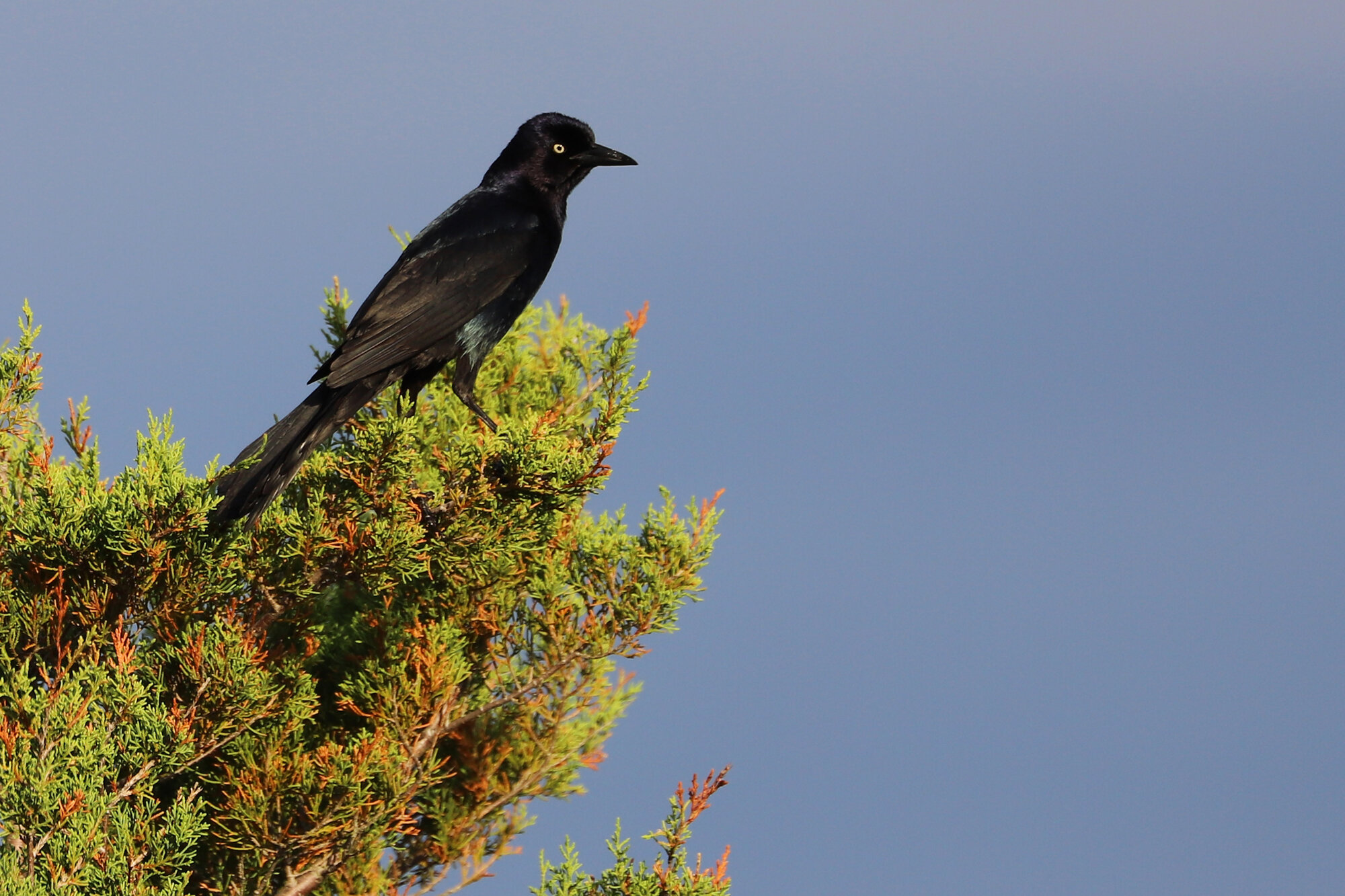
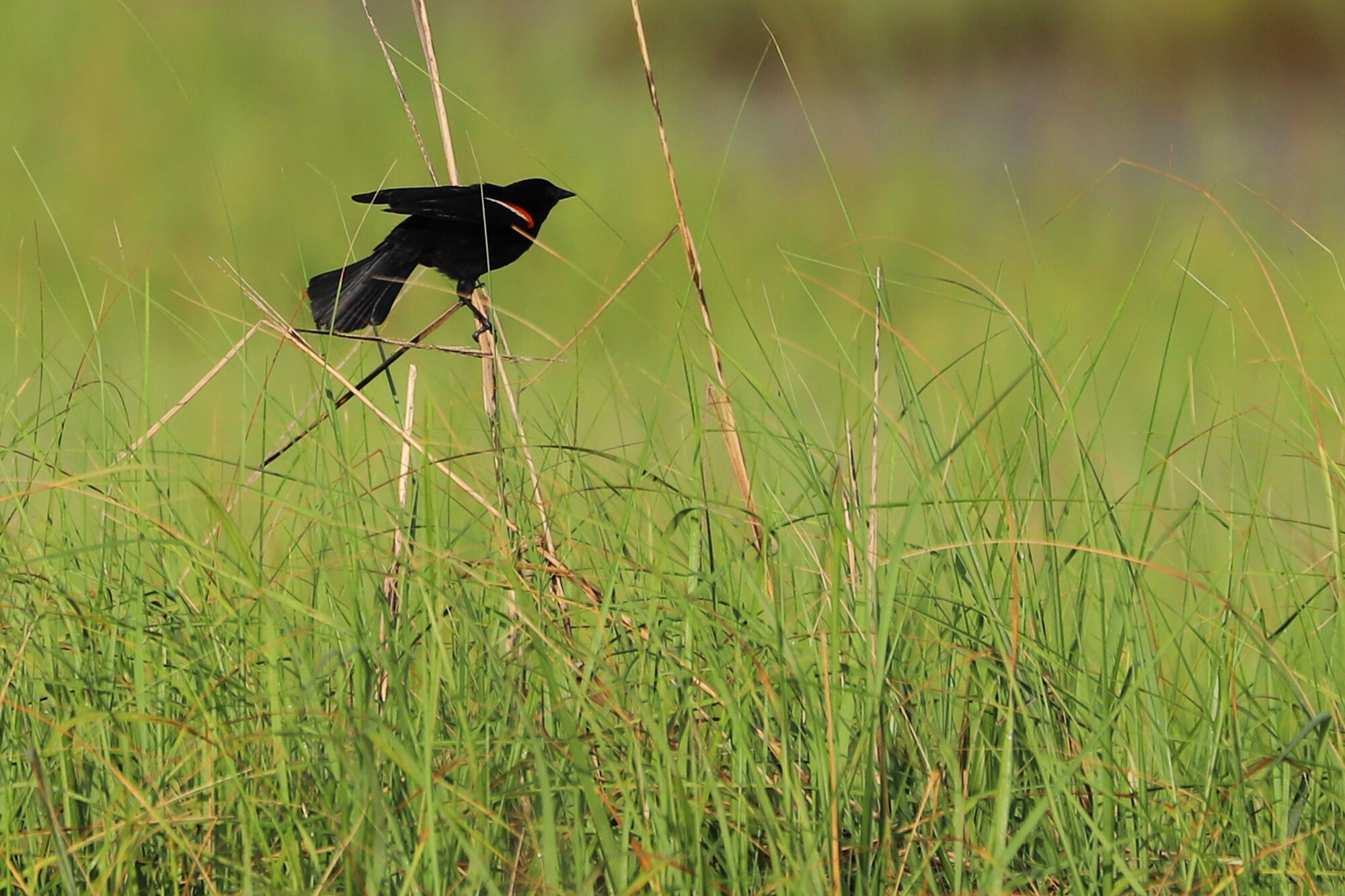
Fairly expected as a transient and summer resident locally around Stumpy Lake, it was a bit of a shock that ANHINGA had not been observed since early April around the lake. However, a single individual was fortunately found on 10 Jun (ph. Hope Grasser), followed by a report for two individuals 13 Jun (ph. Hope Grasser) and continuing through at least 23 Jun (ph. Steve Myers) indicates that hopefully the species is again breeding somewhere around Stumpy Lake, though clearly not at the same location just off the causeway that was used last summer. The only other reports north of North Carolina this month occurred within Virginia in Chesapeake, Mecklenburg County & Prince George County (the most regular site for the species in the state away from Stumpy Lake), and with a single record at Cape May, New Jersey. (Jun 2020 Map)
Exceptional from mainland Virginia Beach anytime throughout the year, a single GREAT CORMORANT found at Rudee Inlet on 2 Jun by a returning crew of pelagic birders, (ph. Baxter Beamer, Edward Brinkley, Adam D’Onofrio, Paul Glass, Andrew Rapp & Wes Teets) proved extremely unexpected. Typically gone by April or perhaps May from even their winter holdouts around the CBBT, this made for a first June record for Virginia as a state in terms of eBird reporting (though older records have occurred). Lingering only through the following day, 3 Jun, this was the only records south of New York this month, save for another individual miraculously recorded in Florida. (Jun 2020 Map)
Very rare during the summer months in Virginia Beach, an AMERICAN BITTERN found at Back Bay NWR on 31 May (vis. Conor Farrell; later ph. Rob Bielawski) lingered through at least 22 Jun (vis. Andrew Baldelli) along the West Dike at the northernmost reach of the C Pool. Historically, breeding records do exist for this species at the refuge, but it has been a number of decades since the last confirmation. The records this month give us hope that the species could once again be breeding here though! This was the only individual documented in Virginia during June, and aside from a single record in North Carolina and two in Florida, all other records this month in Eastern North America were north of Virginia. (Jun 2020 Map)
Though certainly becoming more expected throughout Virginia Beach in recent years, MISSISSIPPI KITES have typically been limited to areas where nesting has been confirmed north of I-264. This month however, records for the species popped up at four different locations to the south of the interstate. Most notable among the records, a single individual over Larkspur starting on 7 May (vis. Amy & Steve Myers) inexplicably blossomed into a group of at least fourteen individuals nearby on 19 Jun (ph. Rob Bielawski), obliterating Virginia Beach’s prior high count for this species of five individuals! At least five continued over Larkspur through month’s end (ph. Steve Myers). At least one individual was present around NAS Oceana (restricted access) from 5 Jun (vis. Doug Shultz) through 23 Jun (vis. Karl Suttmann). Individuals were also logged over Hunt Club Forest from 27 May-19 Jun (a.r. Karen & Tom Beatty) and over Blackwater Road on 18 Jun (vis. Greg Tito). (Jun 2020 Map)
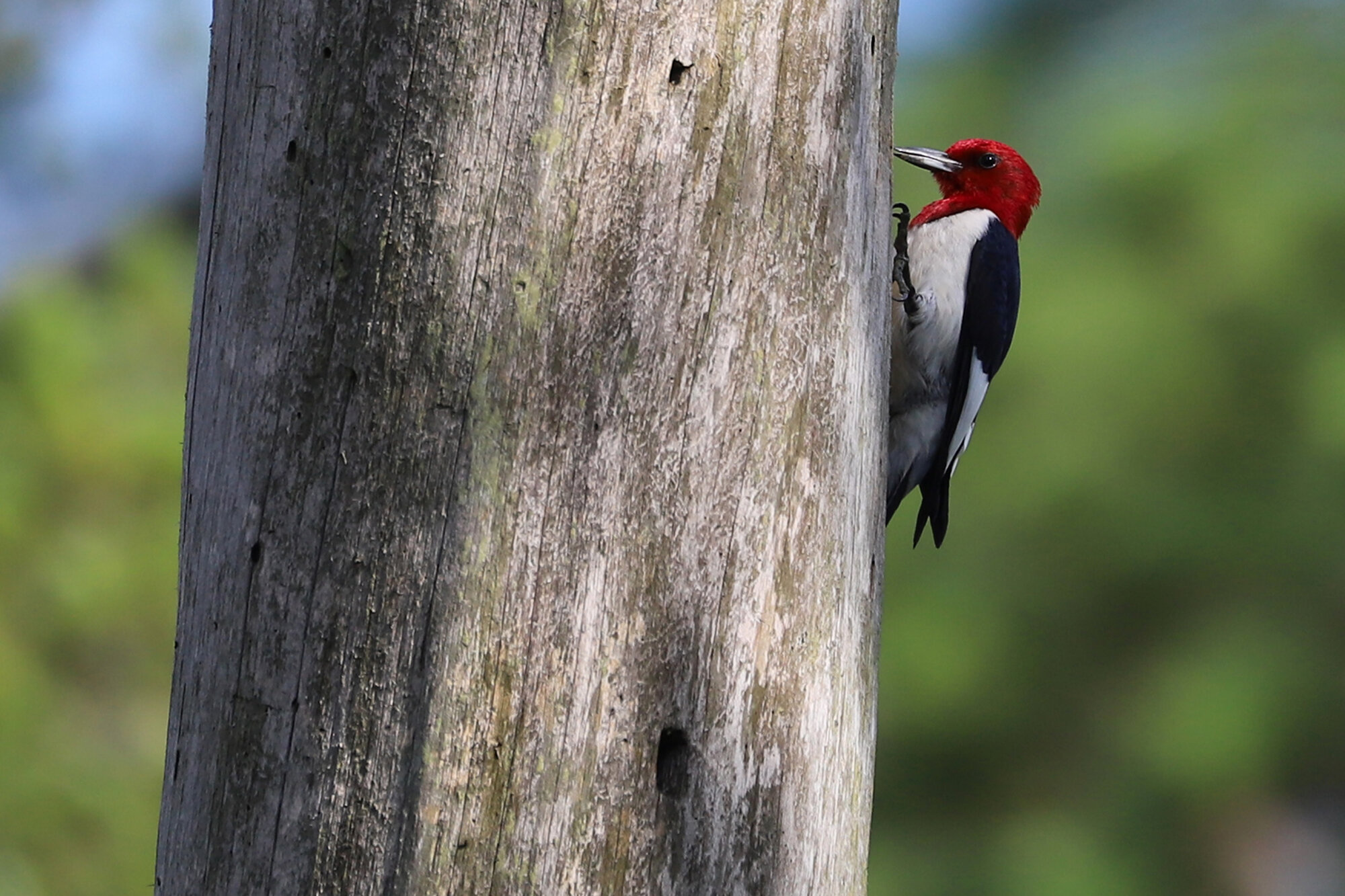
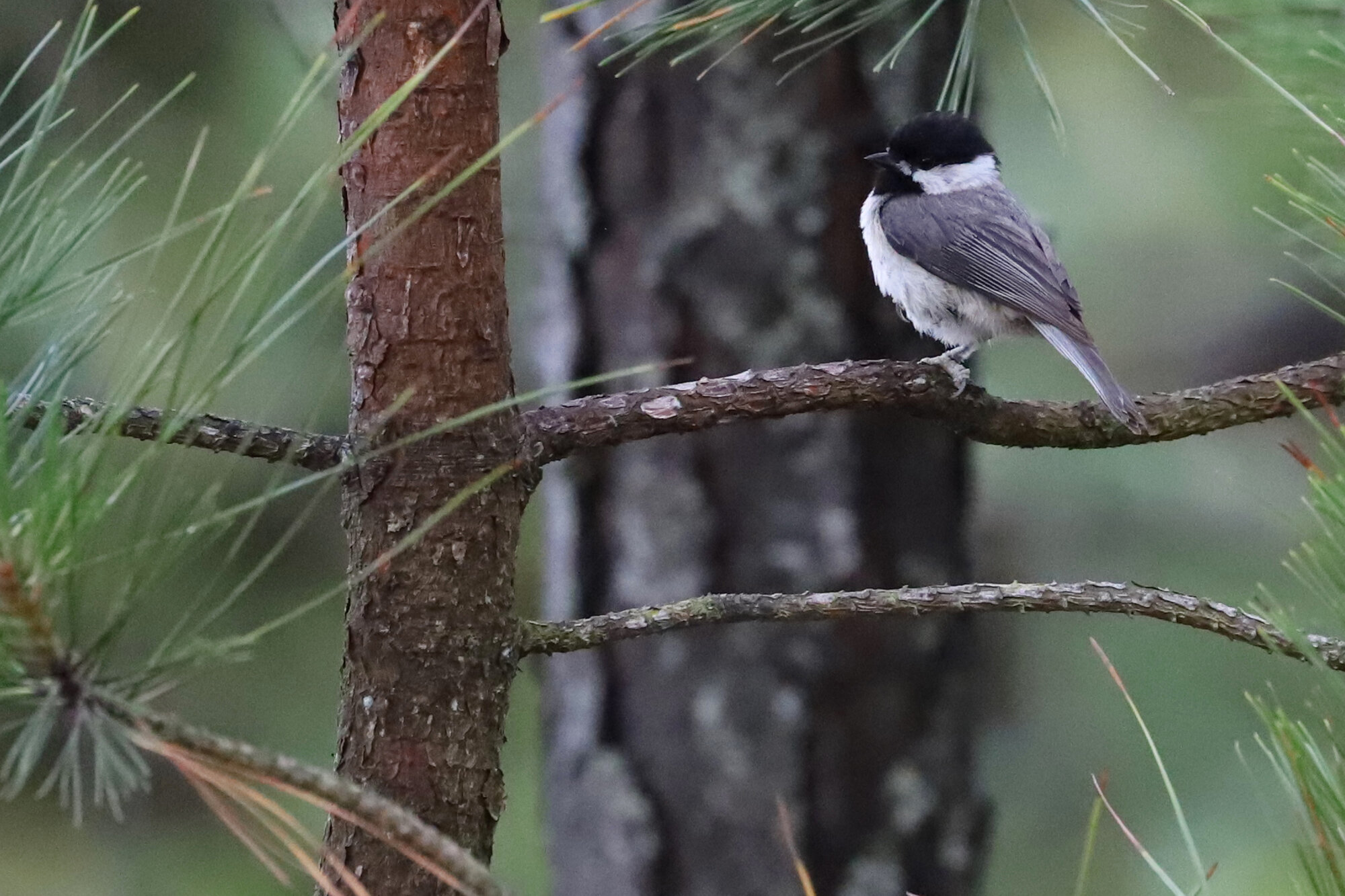
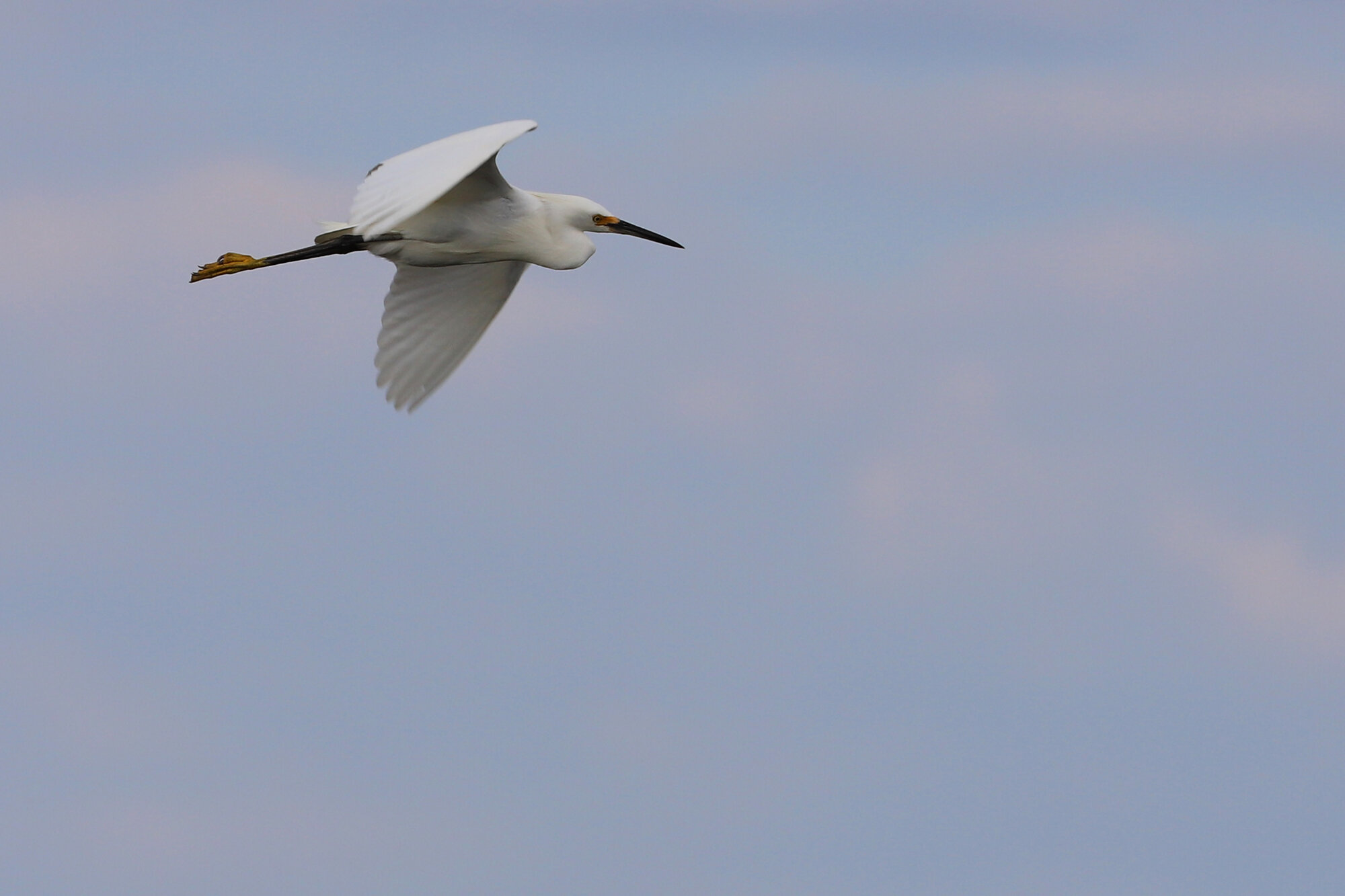
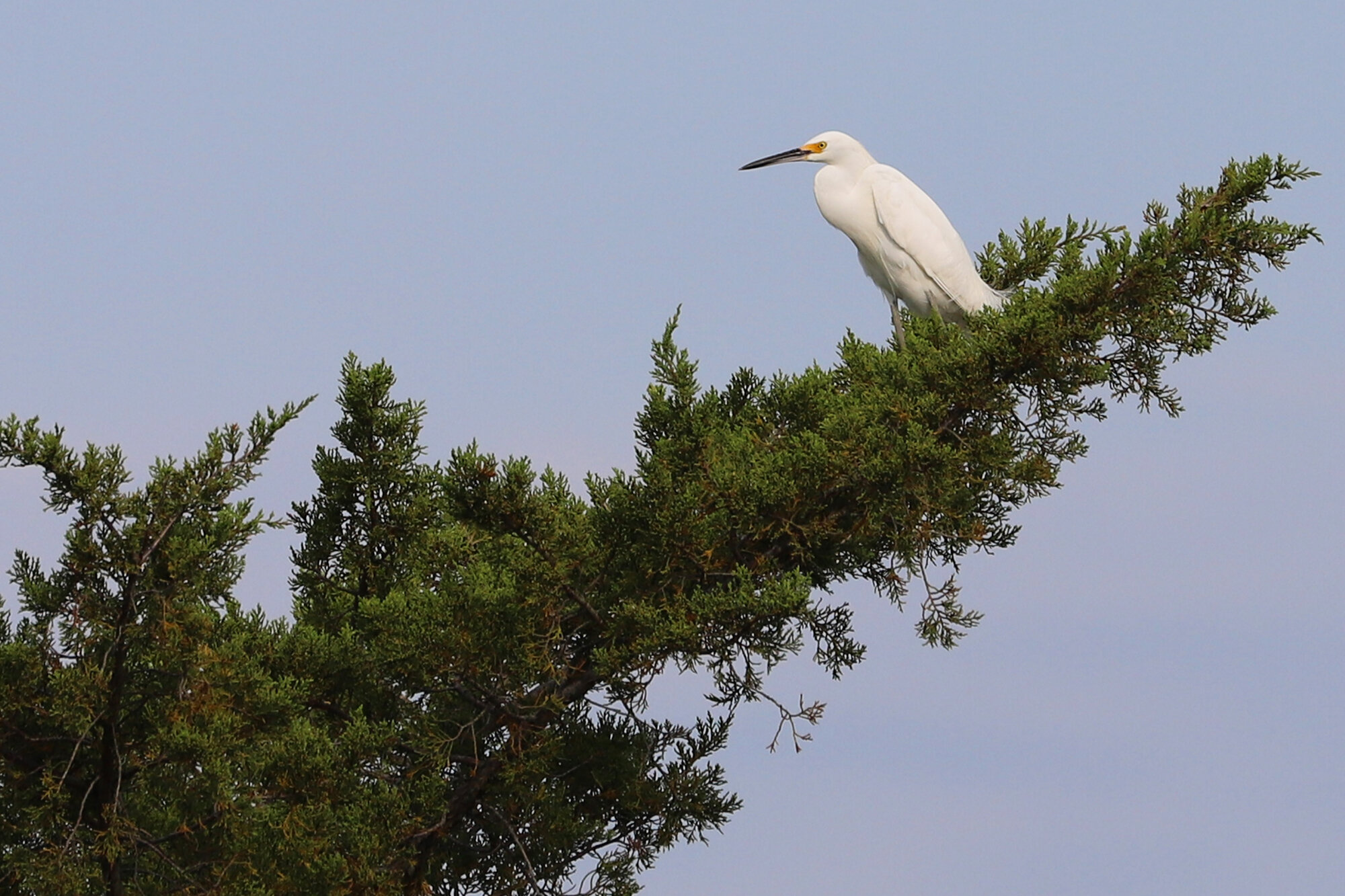

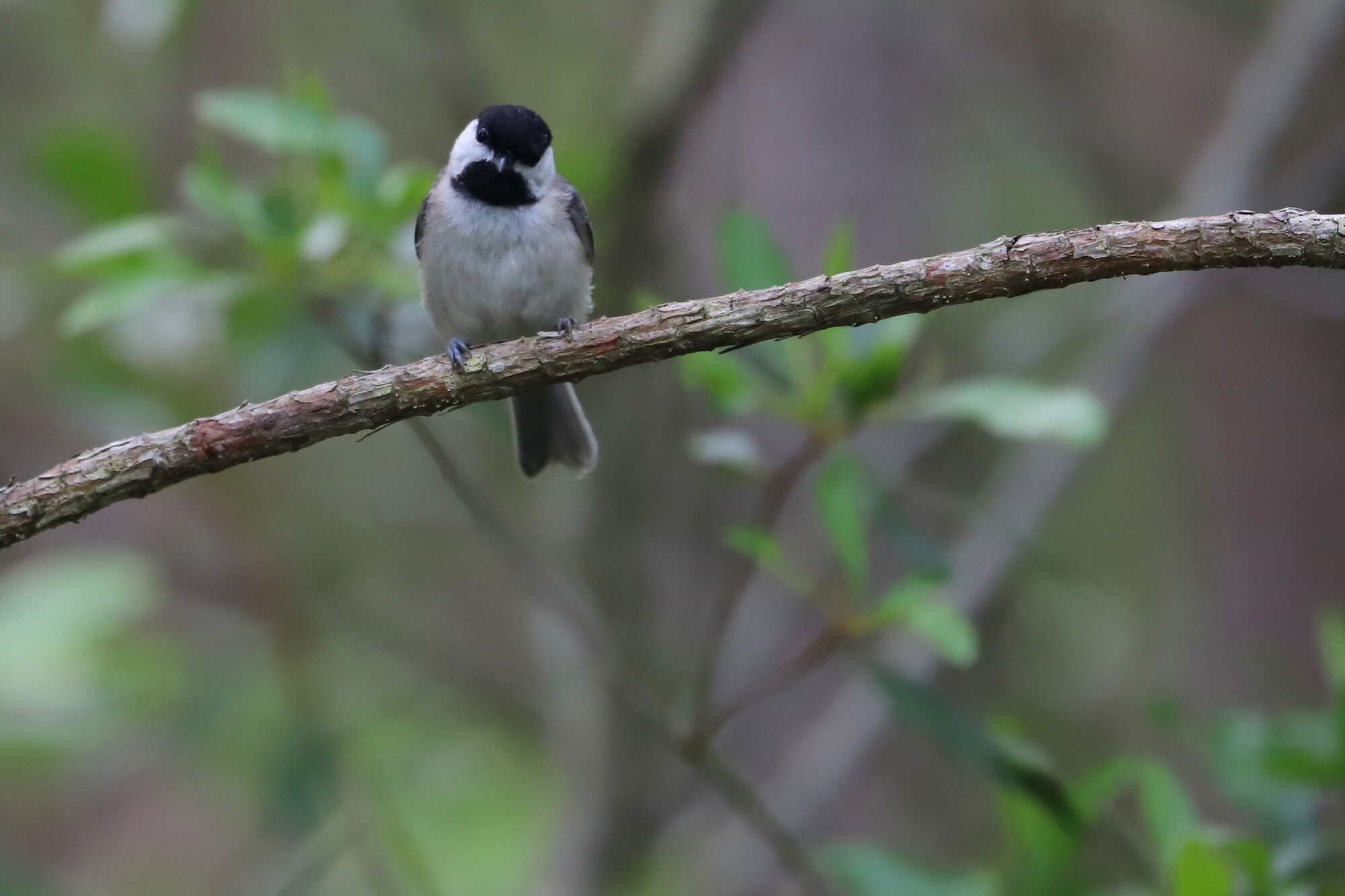
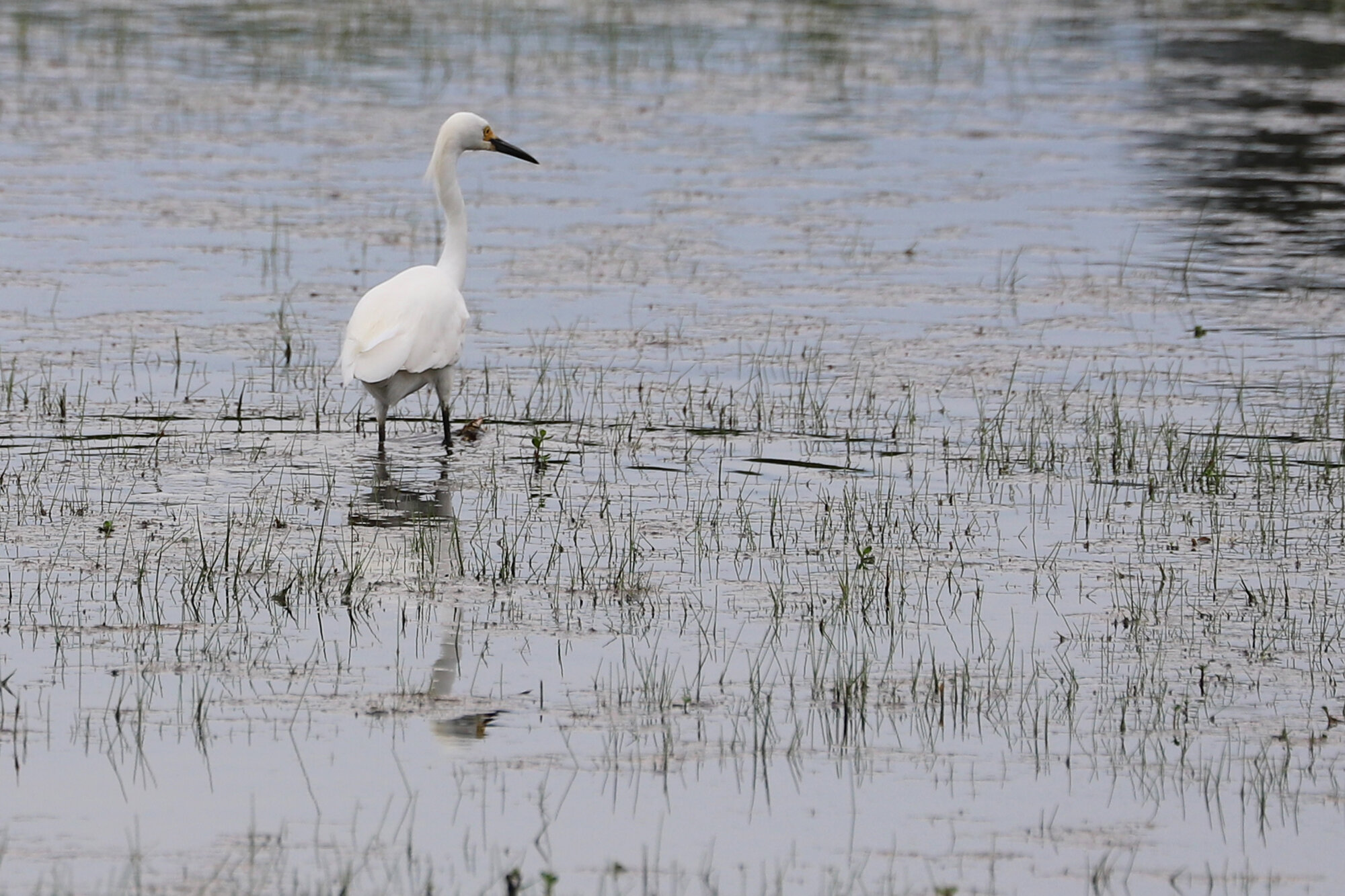
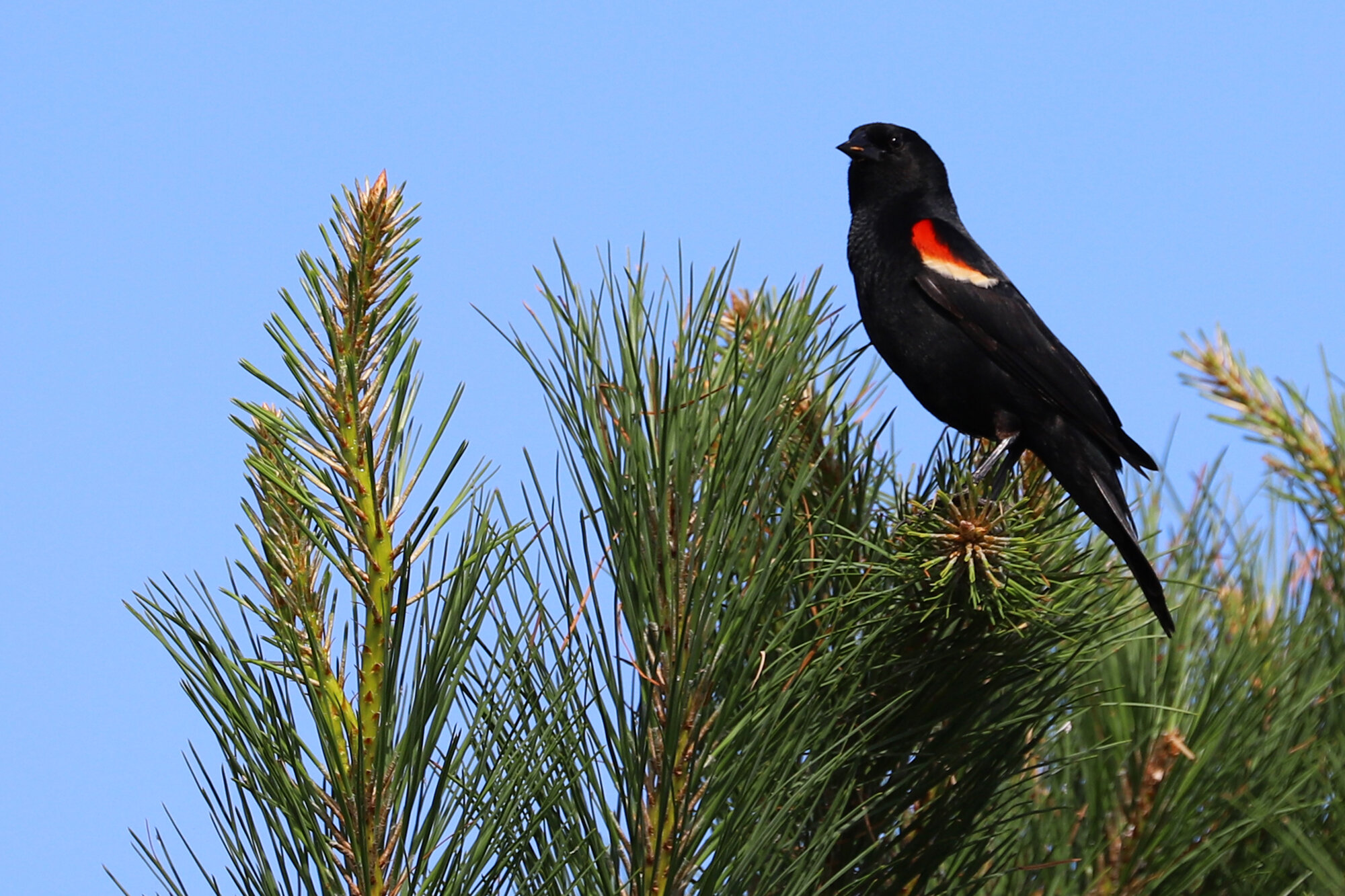
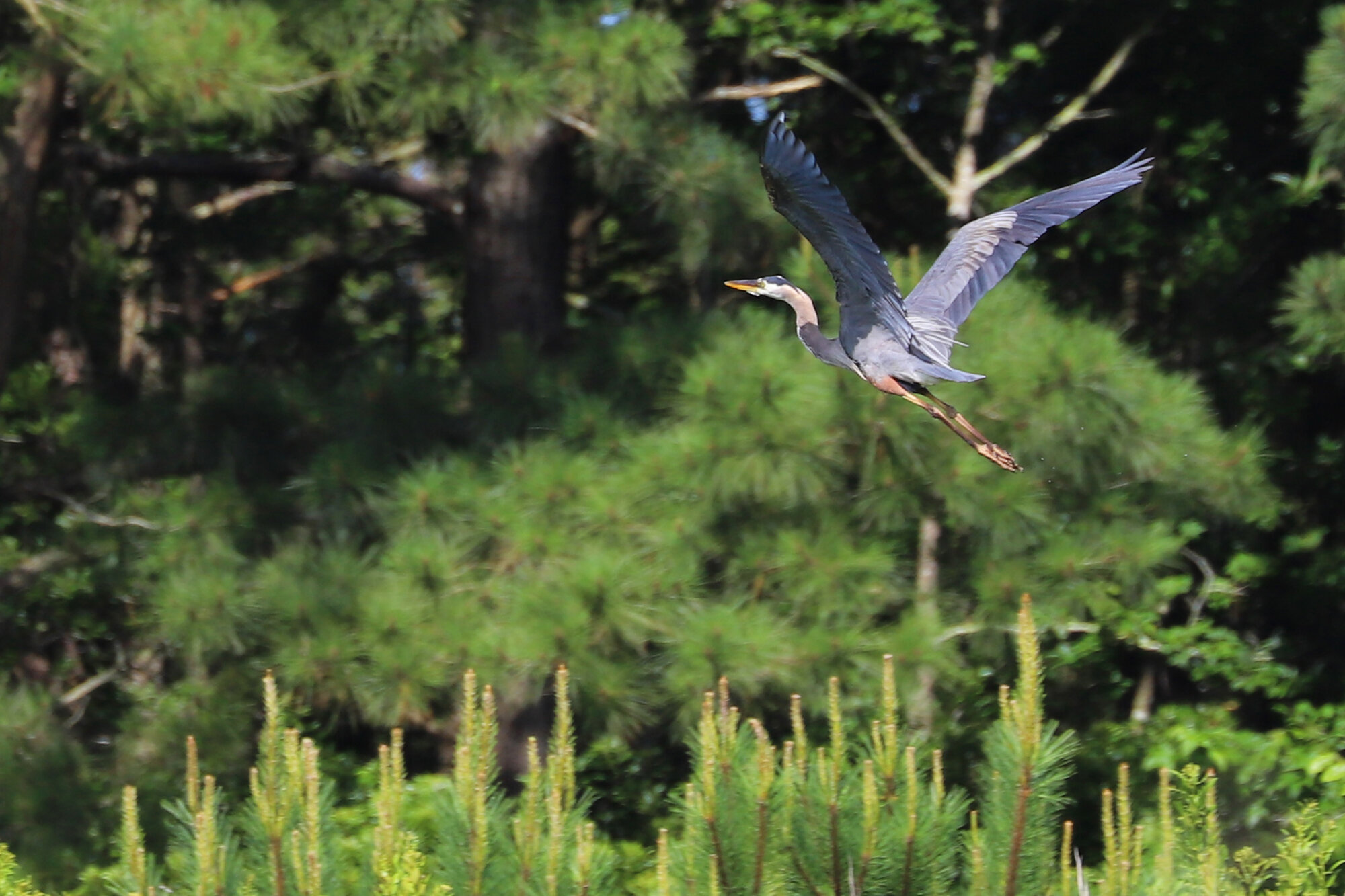
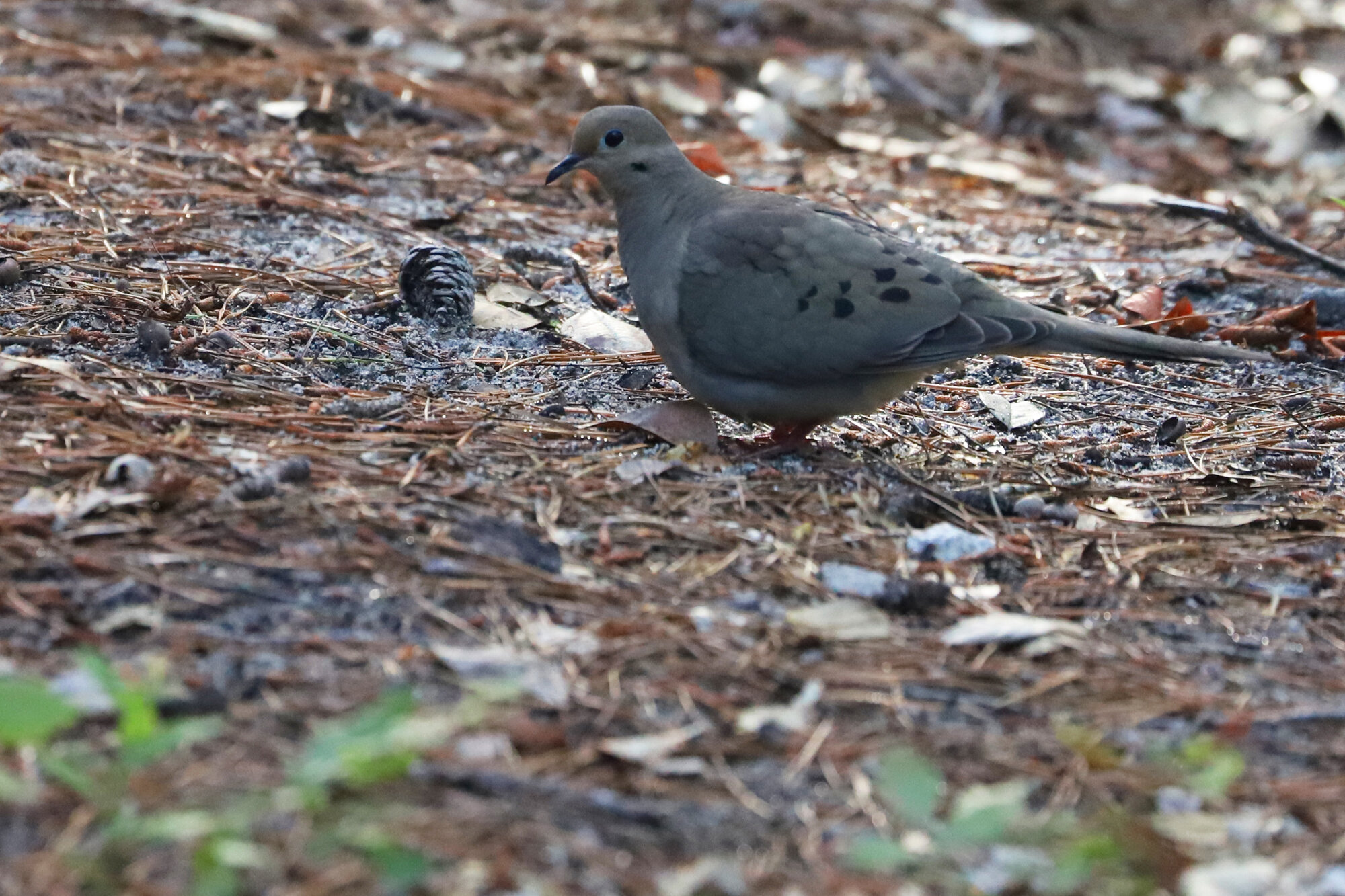
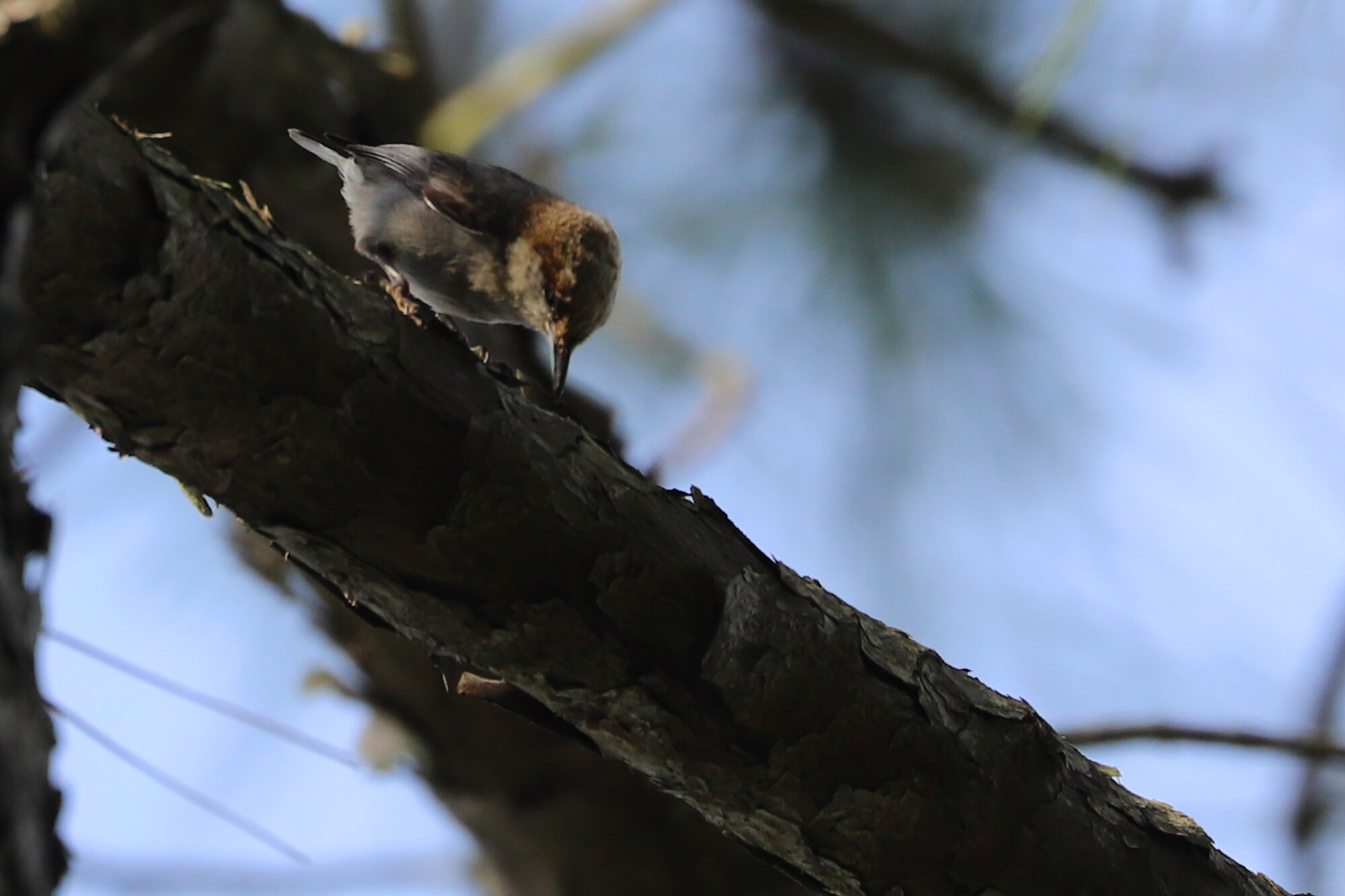
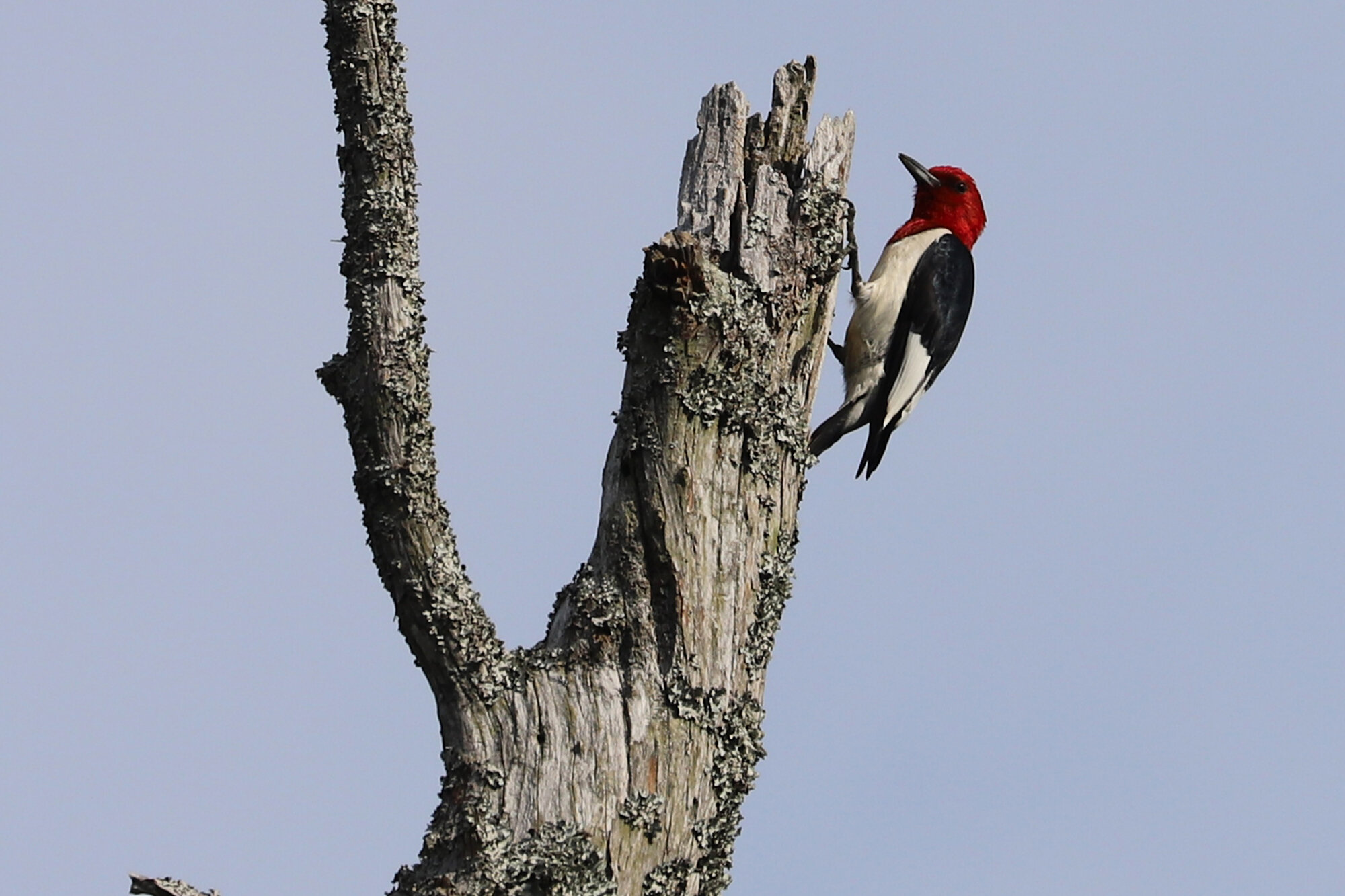
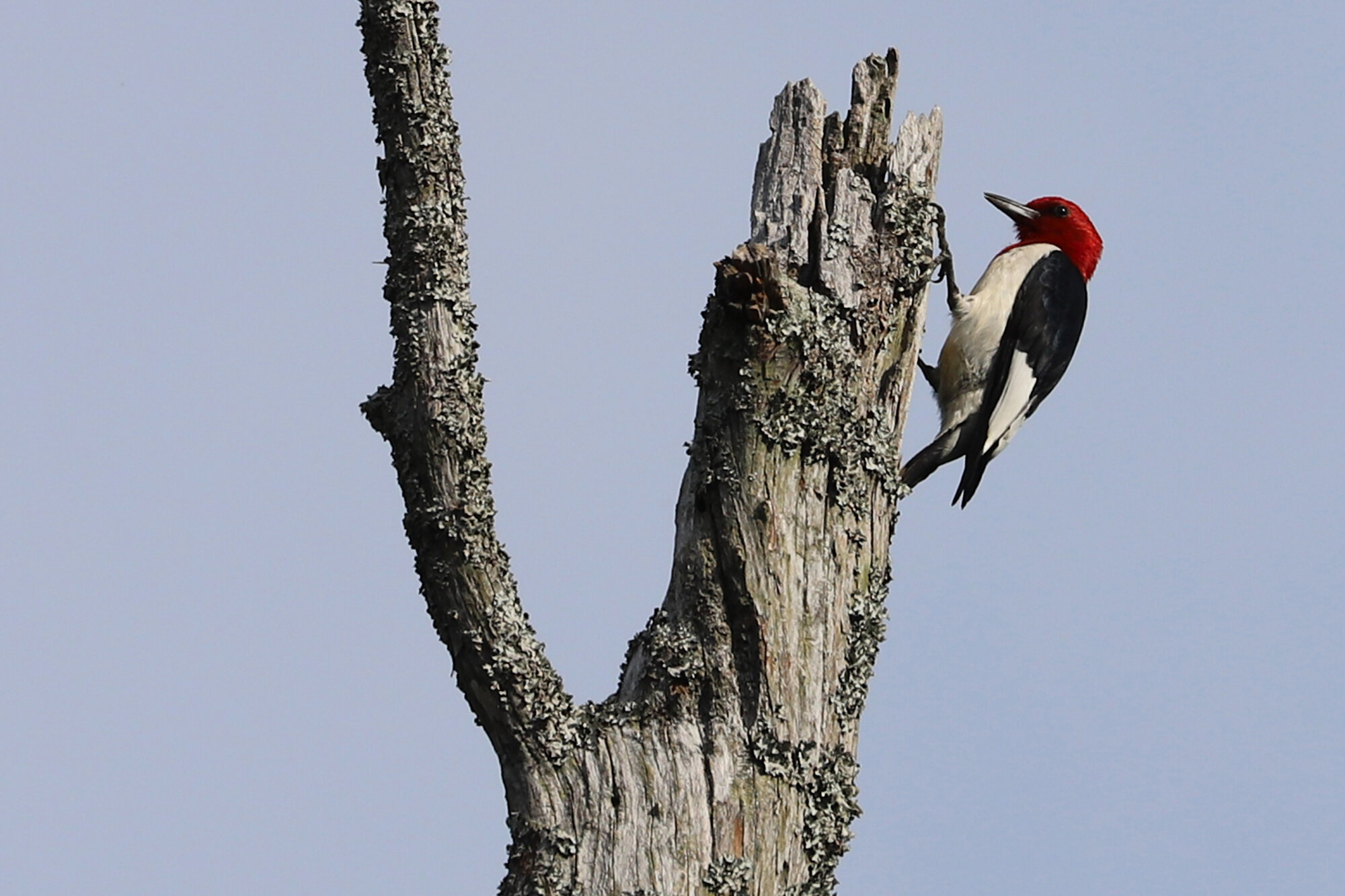
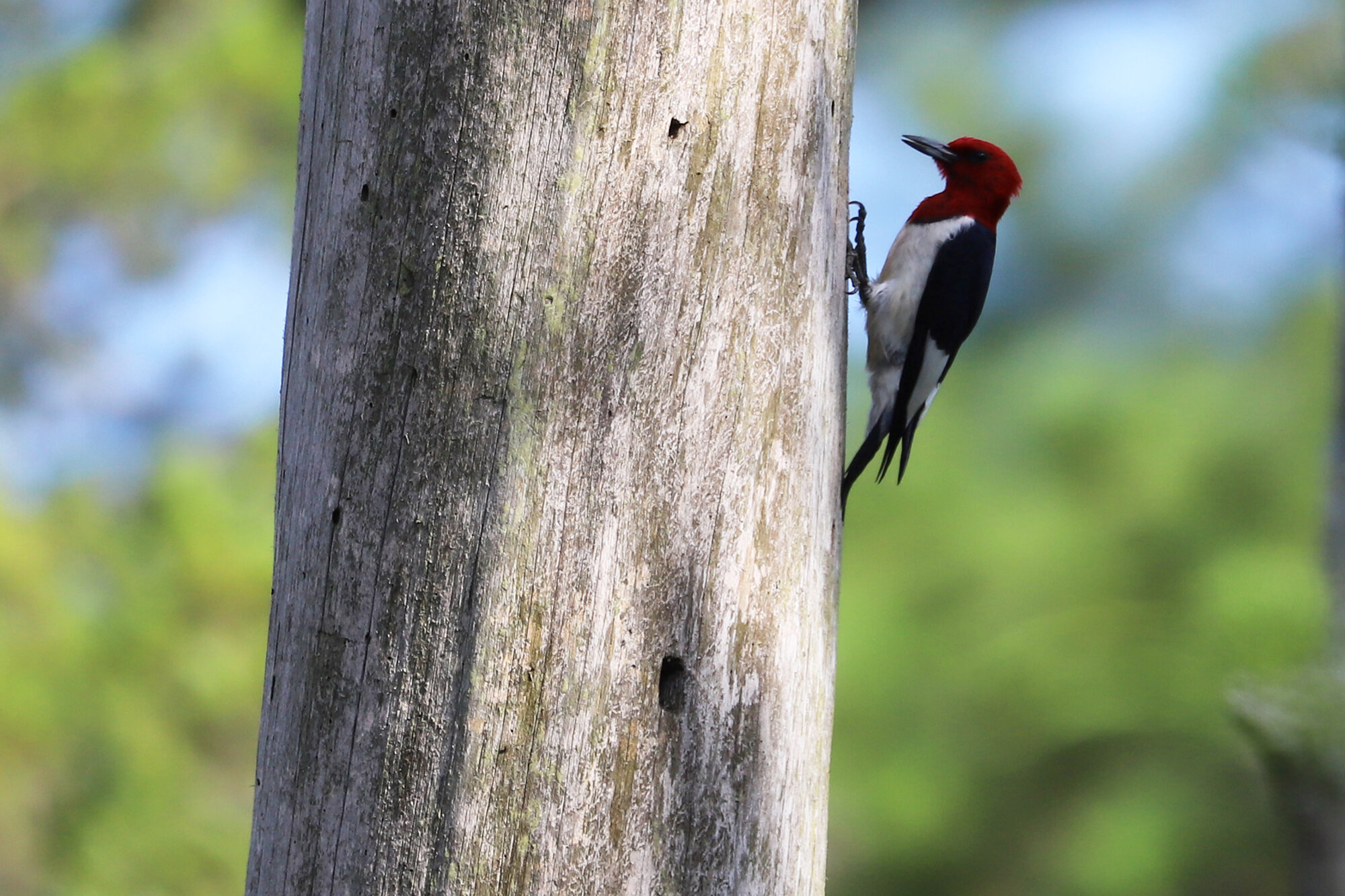
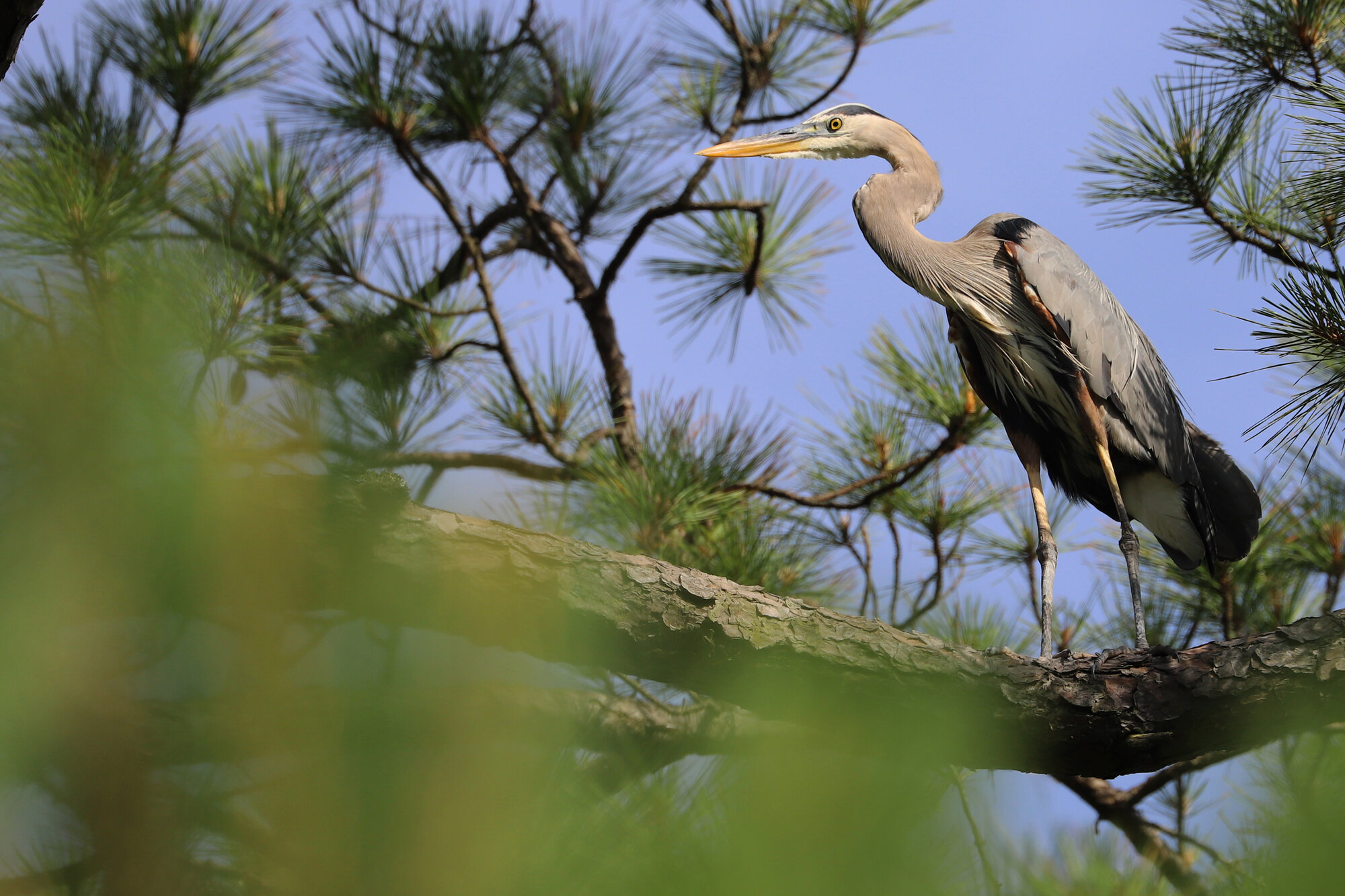
Being a scarce breeder throughout most of Virginia, a single PEREGRINE FALCON found perched along the western side of the Armada Hoffler tower in Town Center on 21 Jun (ph. Rob & Ruth Bielawski) proved to be an exciting find. With further coverage by birders, a pair was noted 22 Jun (ph. Amy & Steve Myers), and at least one individual continued to be reported on the tower through 27 Jun (ph. Prashant A). Only a handful of records occurred this month for the species away from the Eastern Shore, where nesting programs have been underway for many years. We last had a June eBird record back in 2018, with only singles in 2017 & 2011 preceding that one, so clearly the species is scarce here. With an abundance of prey, namely Rock Pigeons and European Starlings, able to be hunted with ease from the tower, hopefully this pair will have a successful breeding season. (Jun 2020 Map)
For the third summer in a row, a WARBLING VIREO was detected along Ashville Park Boulevard, just east of the clock tower roundabout, starting on 6 Jun (ph. & a.r. Steve Myers). With two reported at the site on 9 Jun (ph. Reuben Rohn), and an individual last observed 14 Jun (ph. David Clark), it seems likely that the pair has again nested in the willow oaks that line this residential parkway. This was the only documented record for the species in a coastal county south of New Jersey during June, and there also were no other coastal plain records in Virginia south of King George County or east of the Richmond metro. (Jun 2020 Map)
A scarce breeder in Virginia Beach, up to three HORNED LARKS were observed this month on NAS Oceana (restricted access) from the publicly accessible Flame of Hope Memorial, beginning on 18 Jun 2020 (aud. Andrew Baldelli) and continuing through month’s end (vis. James Marcum). In past summers, Ashville Park had been the only other known breeding location for this species in the city, but since the main through-road there now has “No Trespassing” signs all along it, it seems no one has been able to search for them. So knowing that they are present in proper breeding habitat at Oceana feels like a welcome gift to birders here who just want the chance to hear & see them, and being on restricted ground means the breeders can only be viewed from a distance, keeping them safe. (Jun 2020 Map)
Keeping up pace with recent years in Virginia Beach, we finally got our first GRASSHOPPER SPARROW of the year when one was heard singing at NAS Oceana (restricted access) on 6 Jun (aud. Karl Suttmann). Fortunately, likely the same individual was heard from the publicly accessible Flame of Hope Memorial on the east side of the base on 28 Jun (vis. Andrew Baldelli; later ph. Rob Bielawski, Steve Myers) and was again observed from this location on 30 Jun (ph. Reuben Rohn) to close out the month. Last year, we also had one present in Virginia Beach, at Mansfield Farms off Blackwater Road, but that location has not seemed to hold any this season. In 2018, the species was not observed here during the summer months, so it is exciting to have a twitchable individual in the city again. Of course, this species is common north of us on the Eastern Shore, and west of farther inland, but coastal reports in the Carolinas during summer offer up some comparison to Virginia Beach’s lack of records. (Jun 2020 Map)
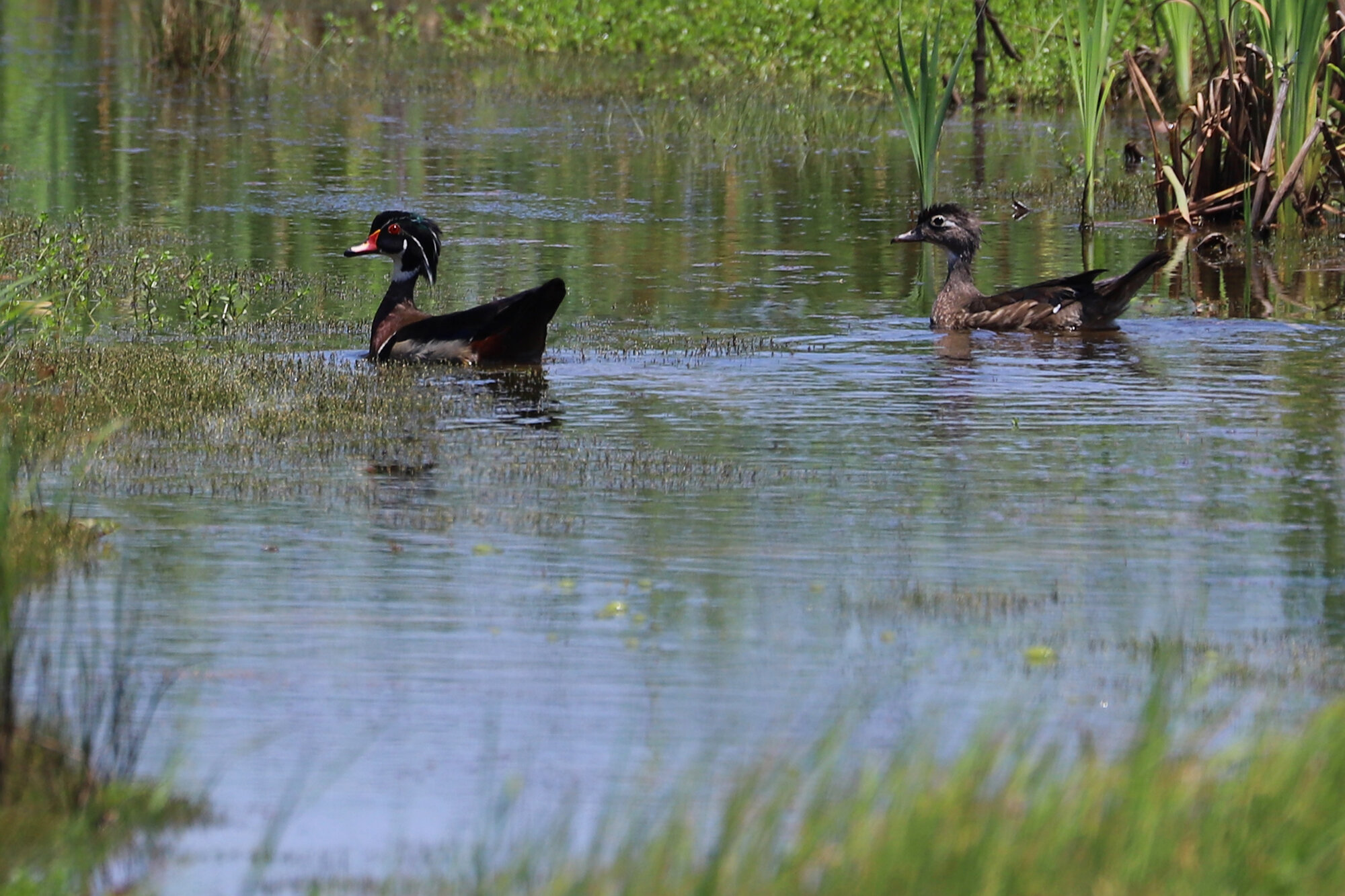


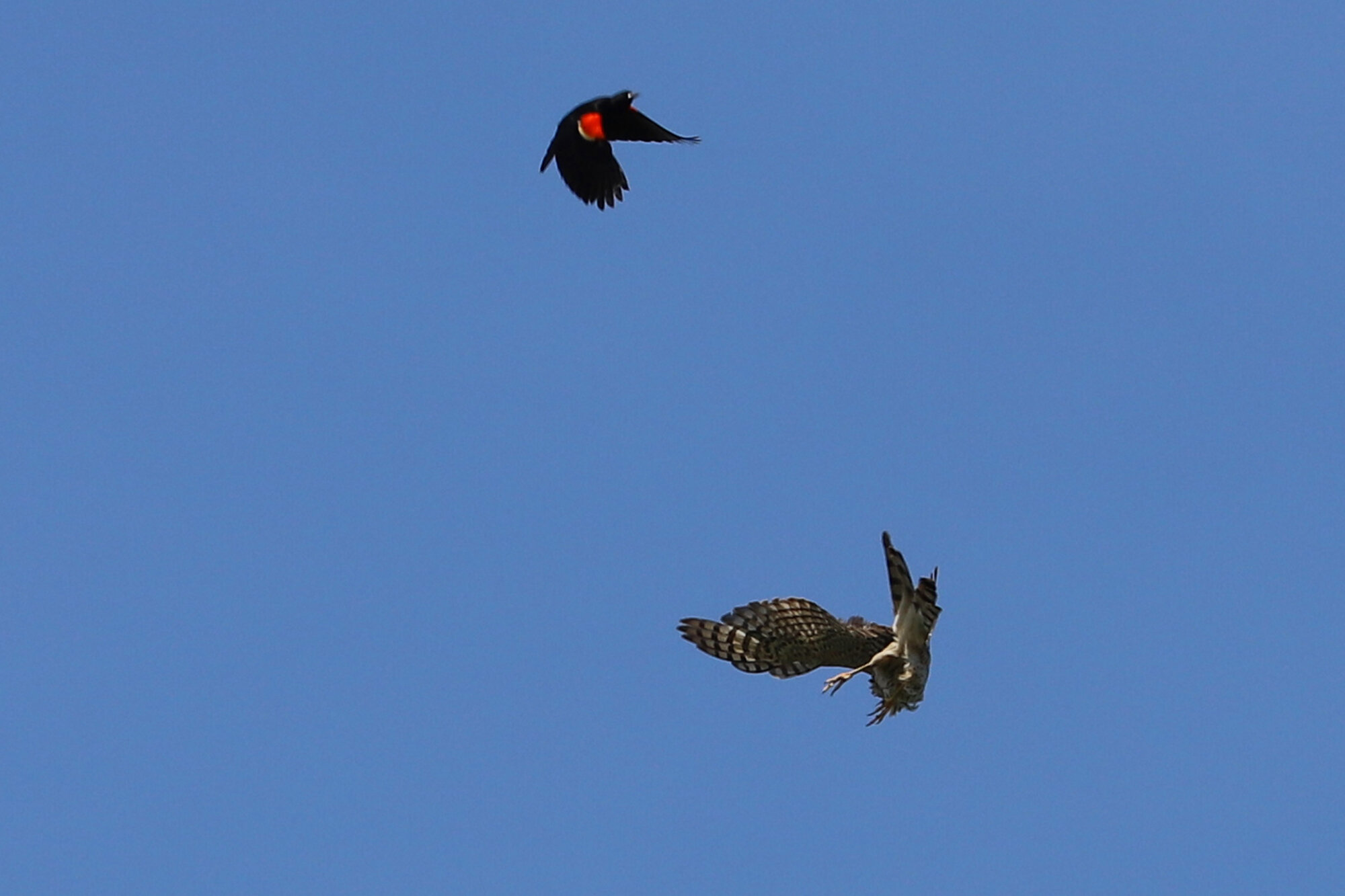
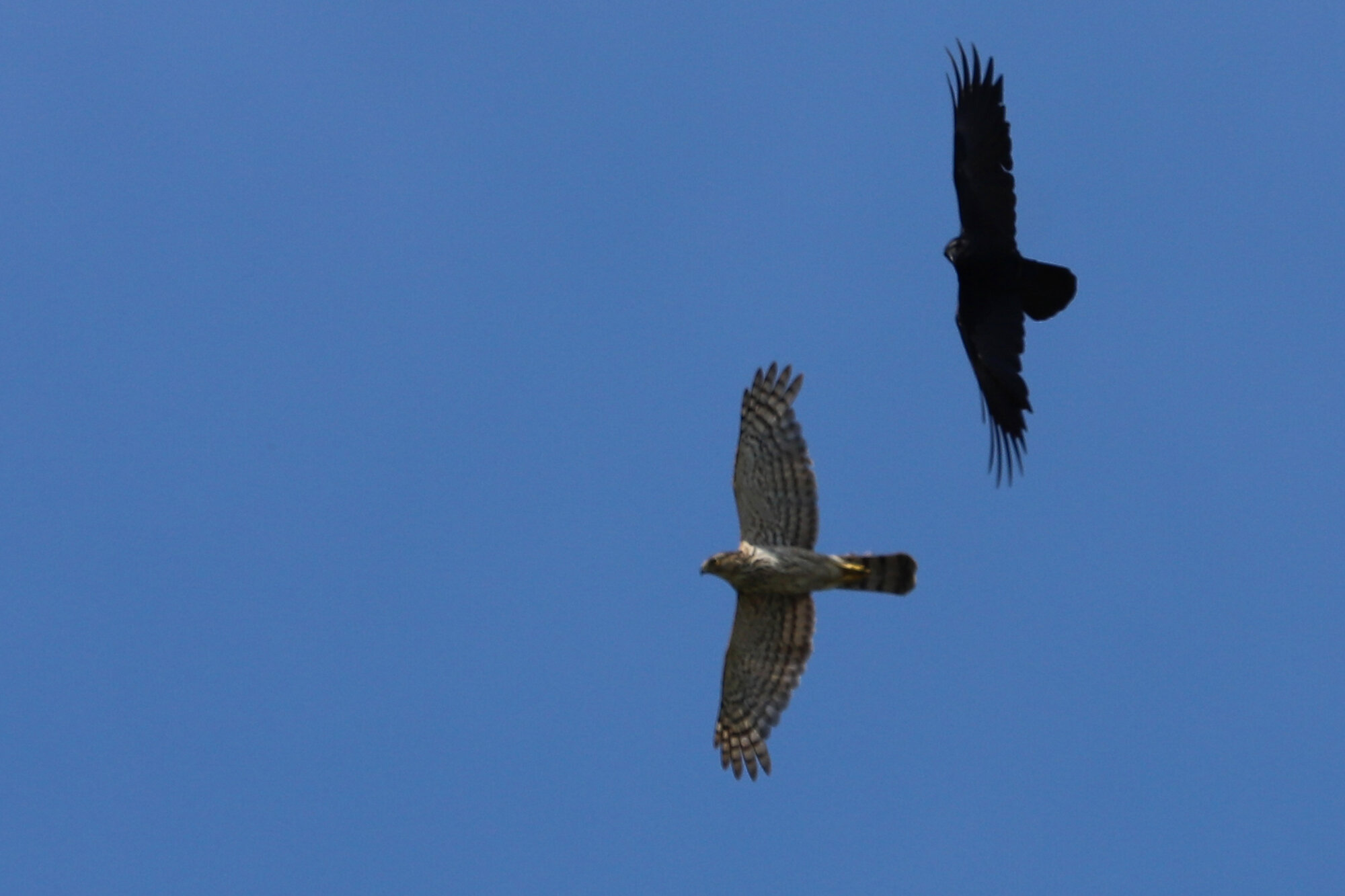
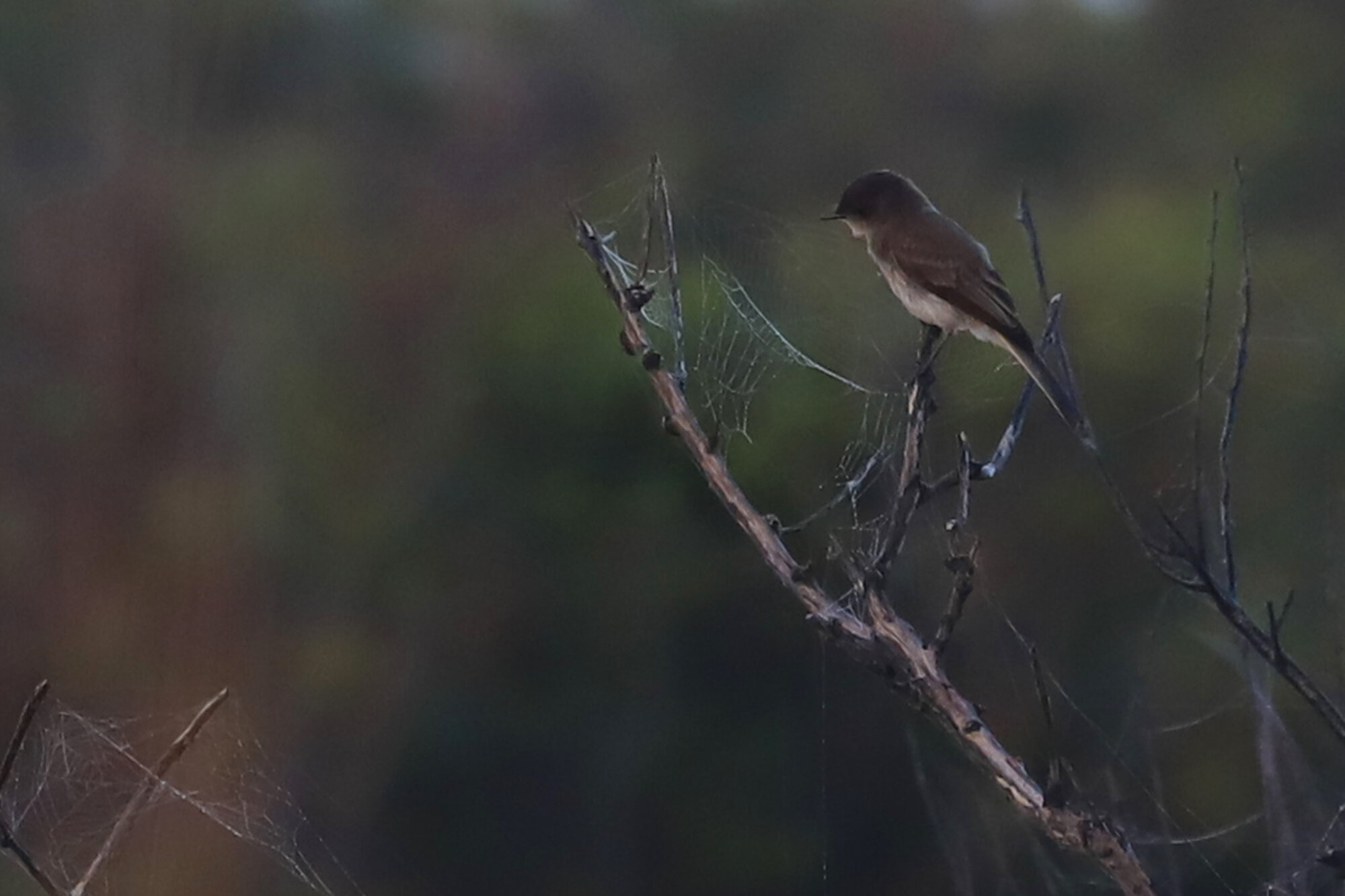
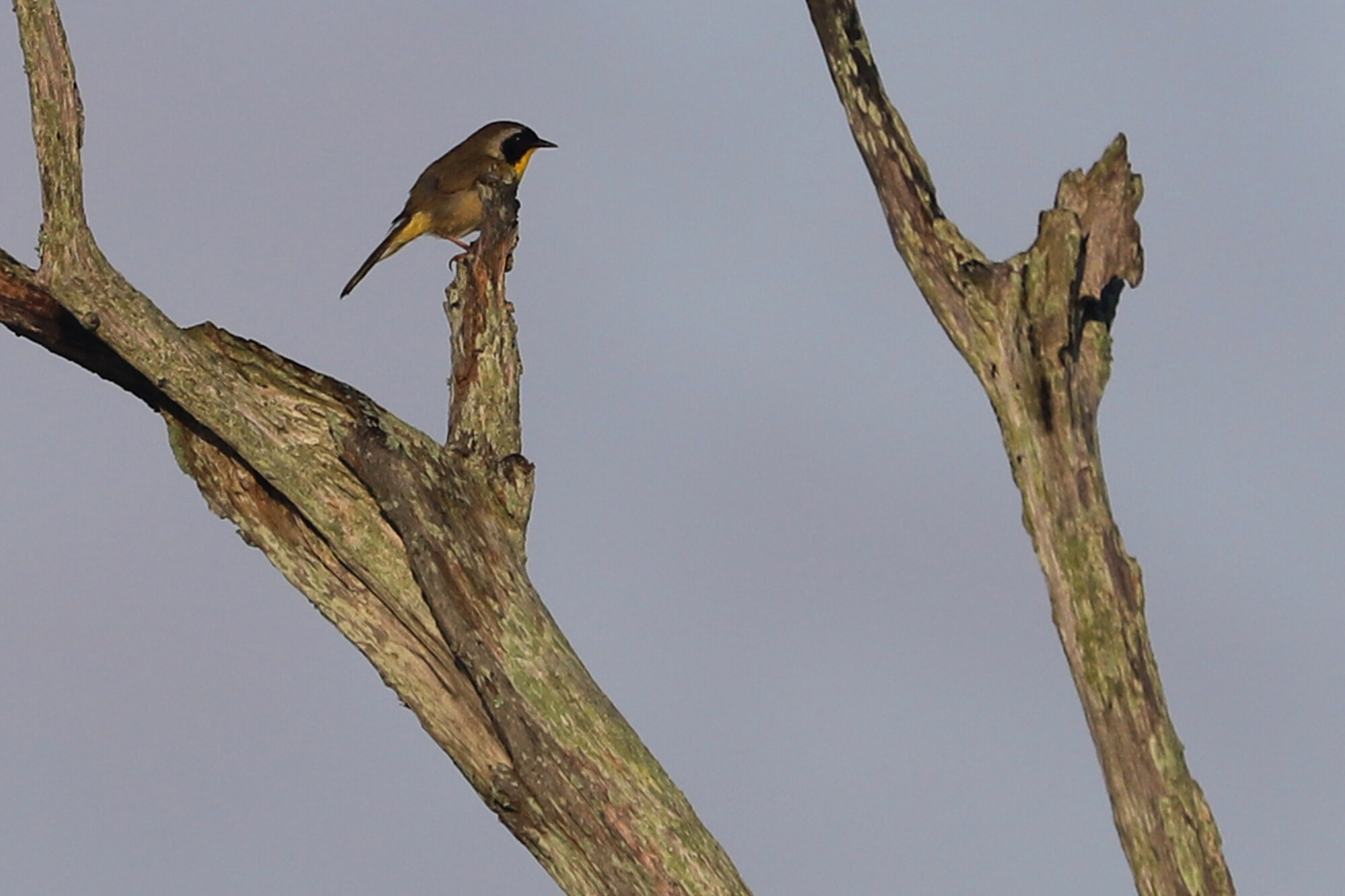
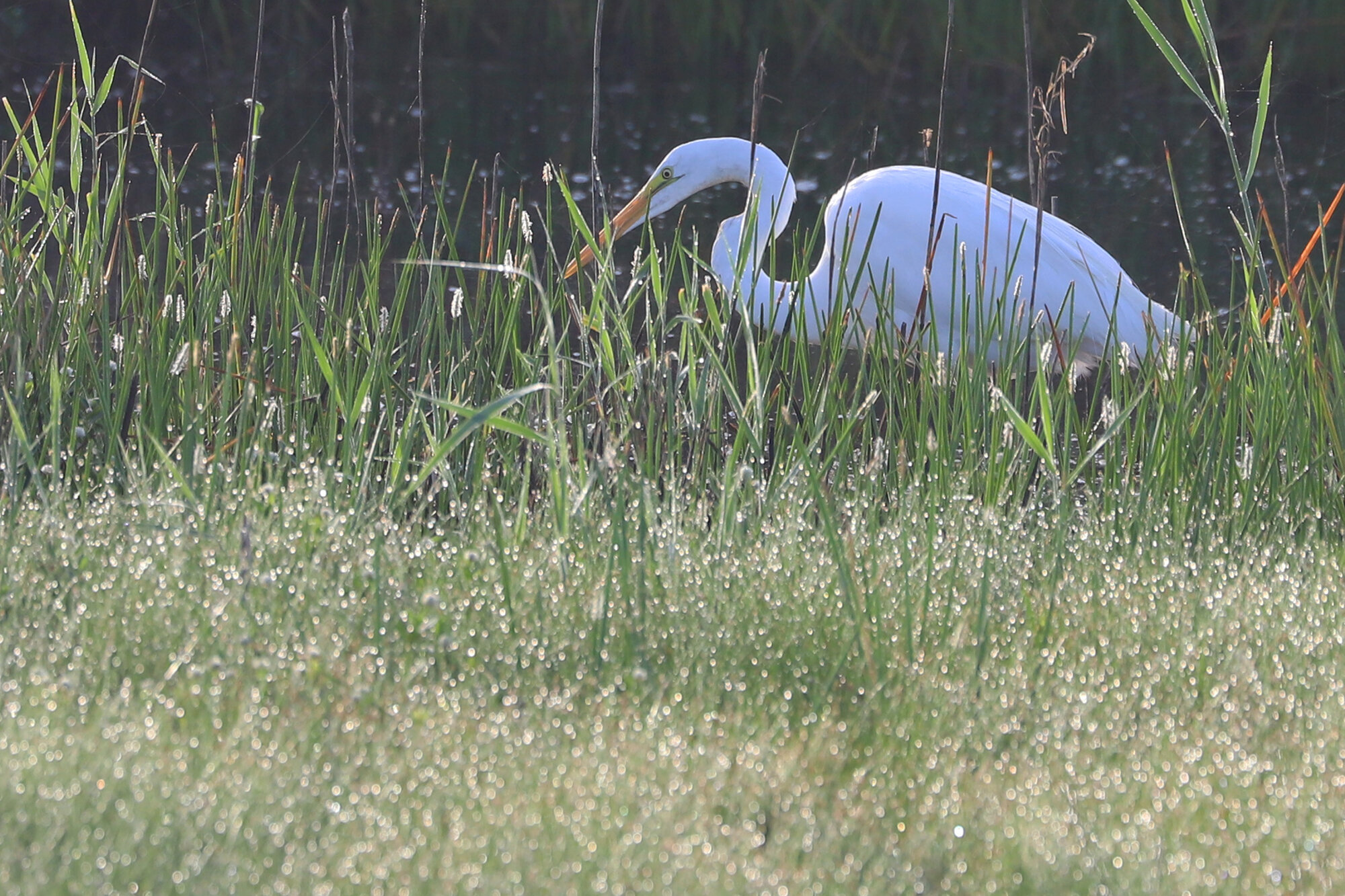
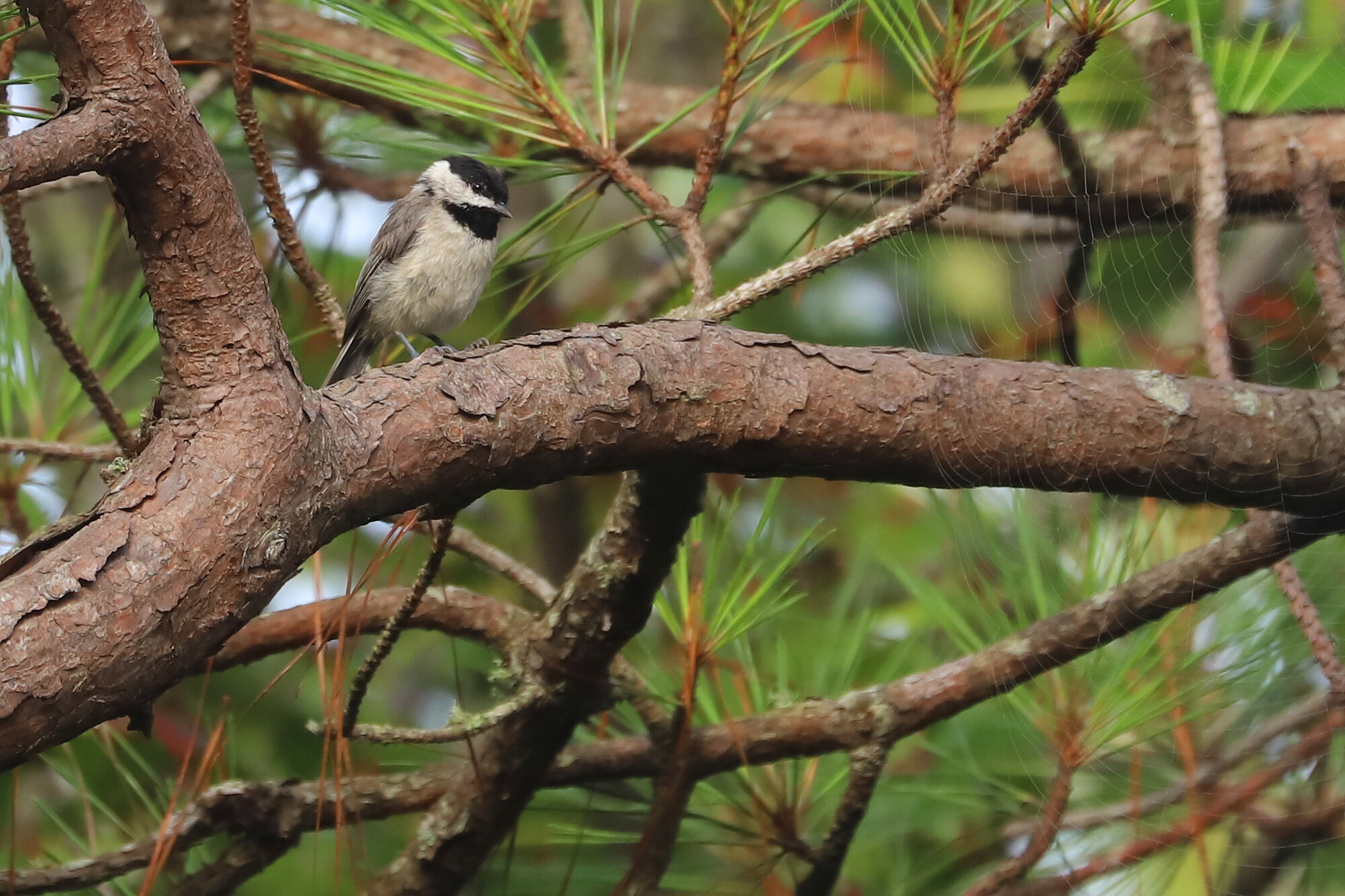
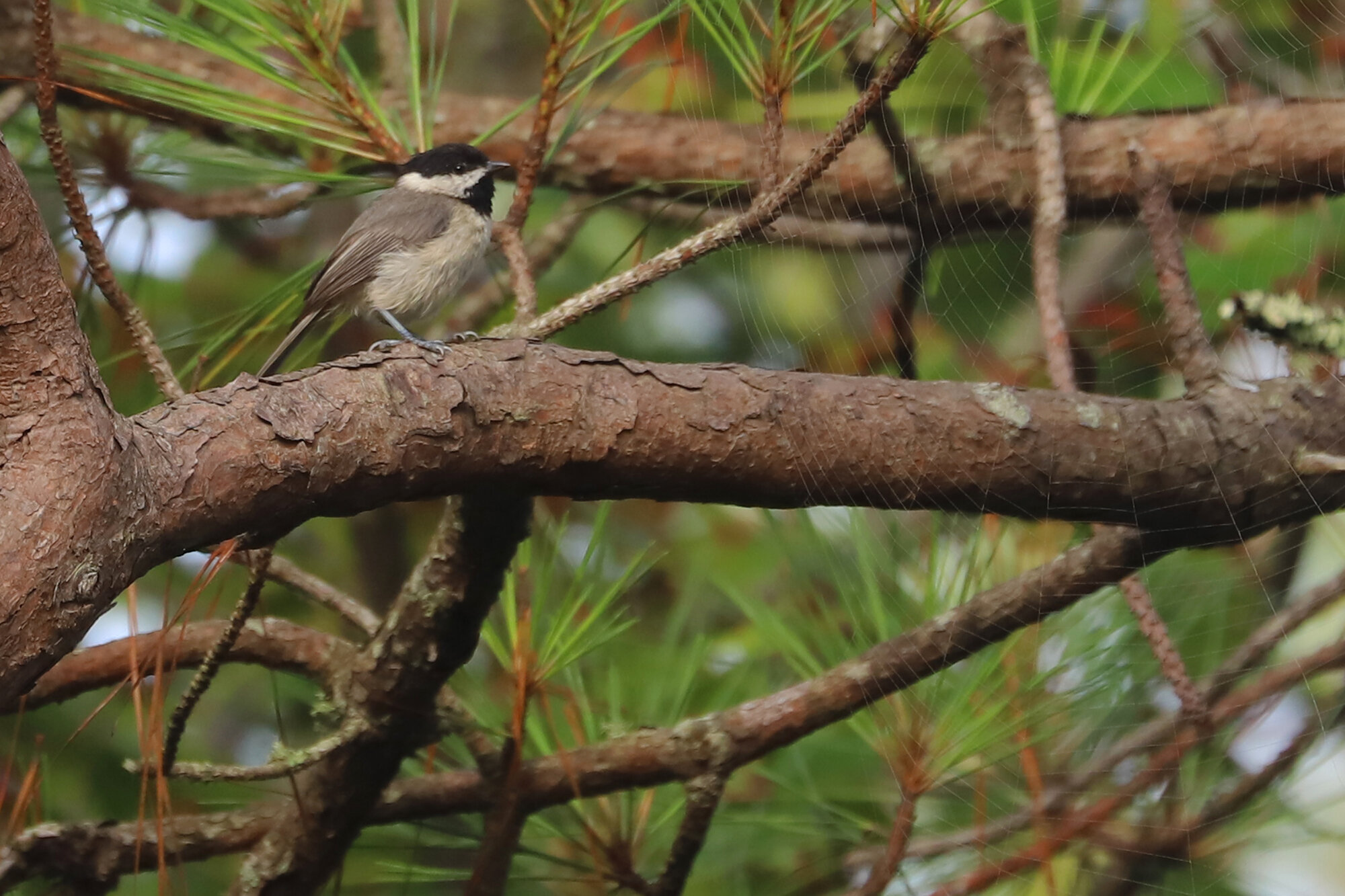
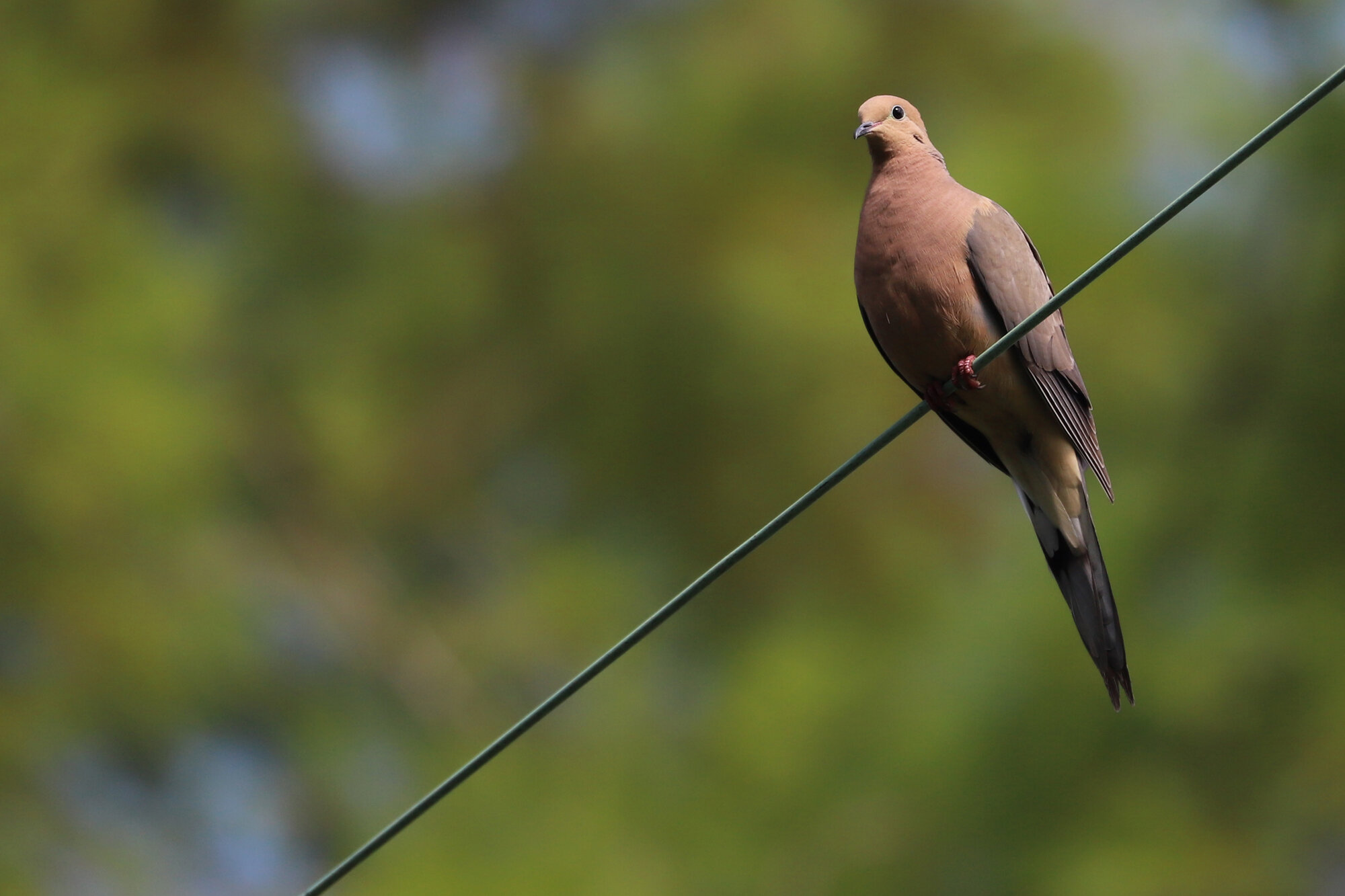
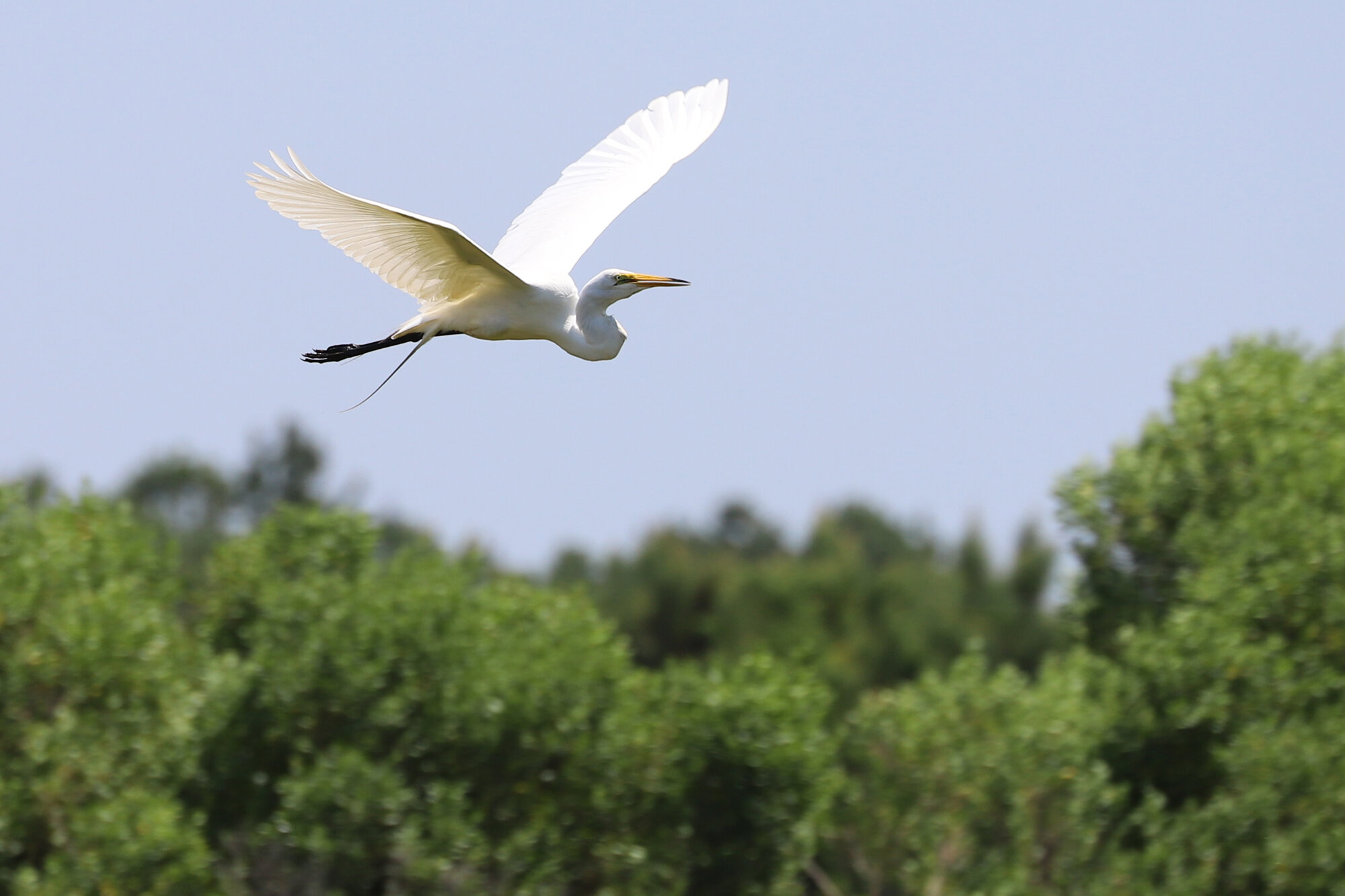

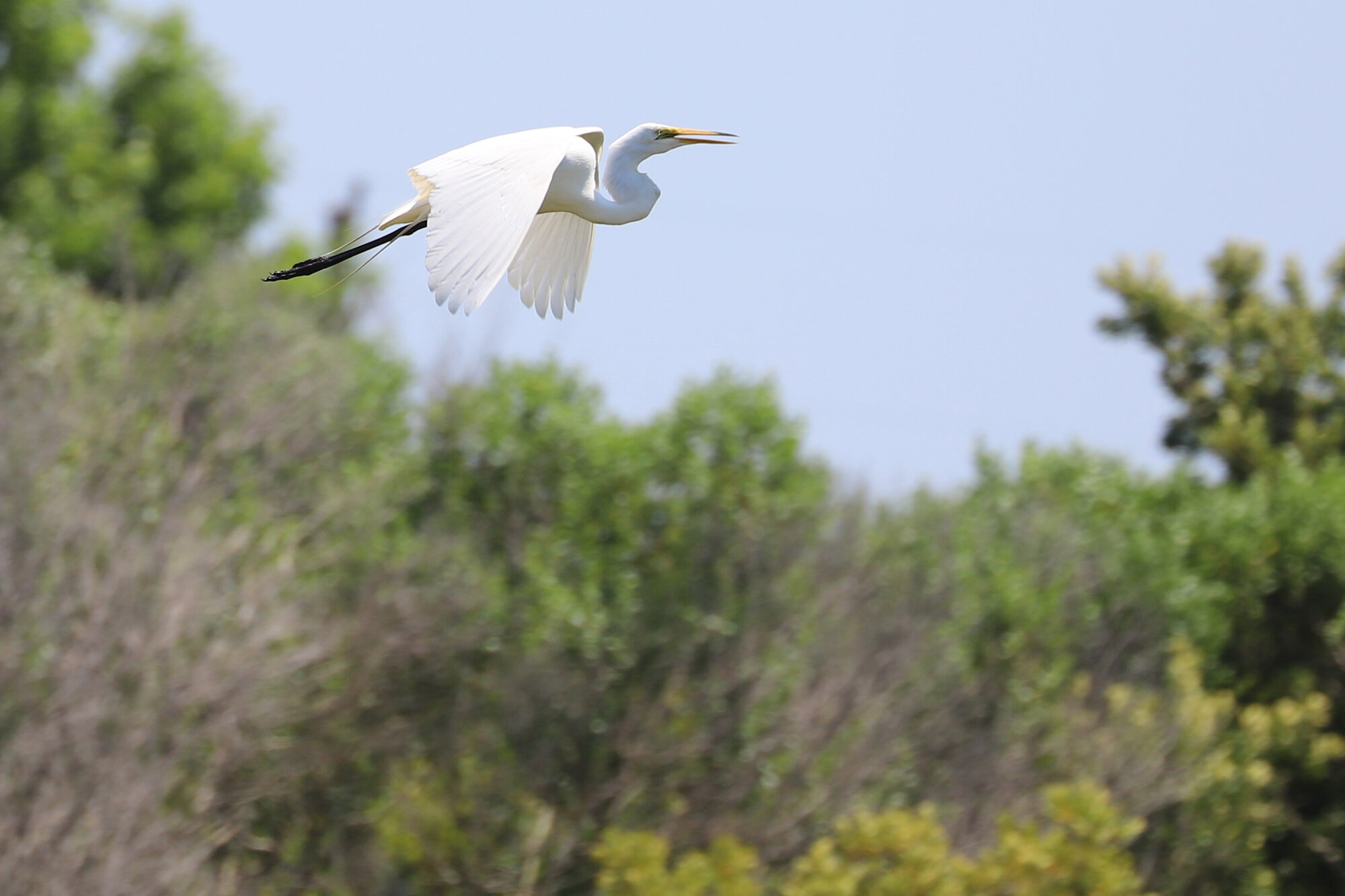
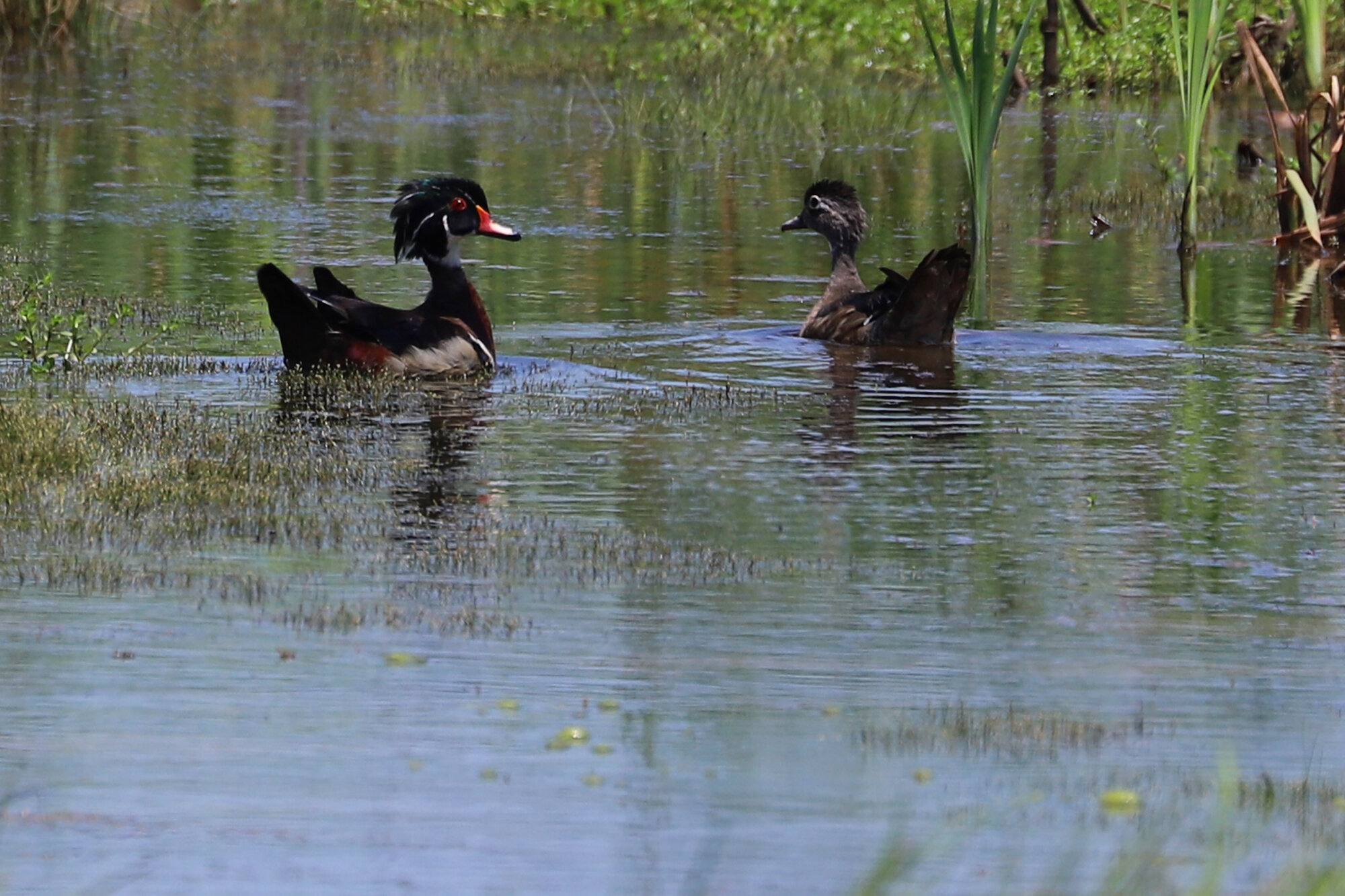

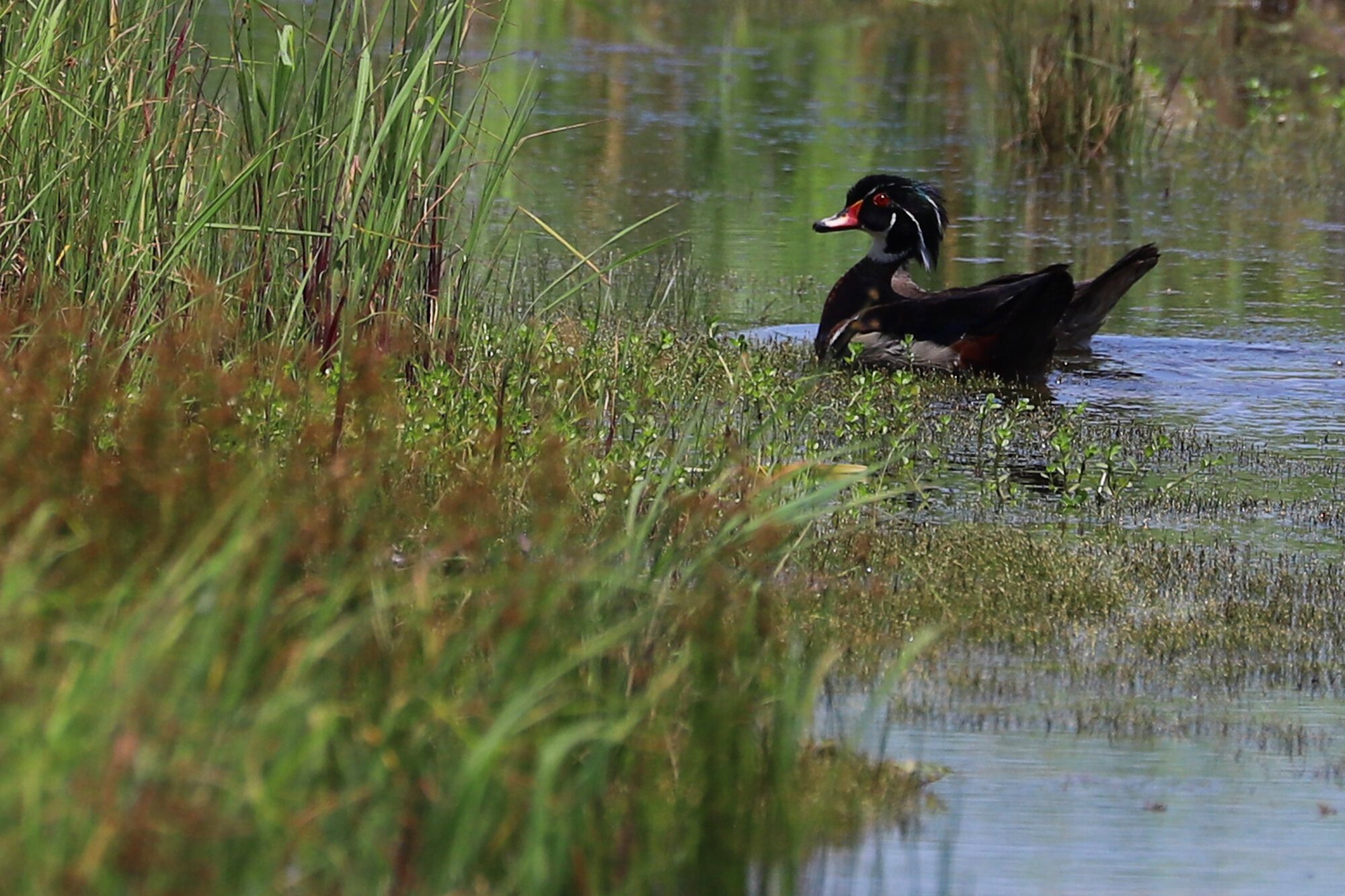
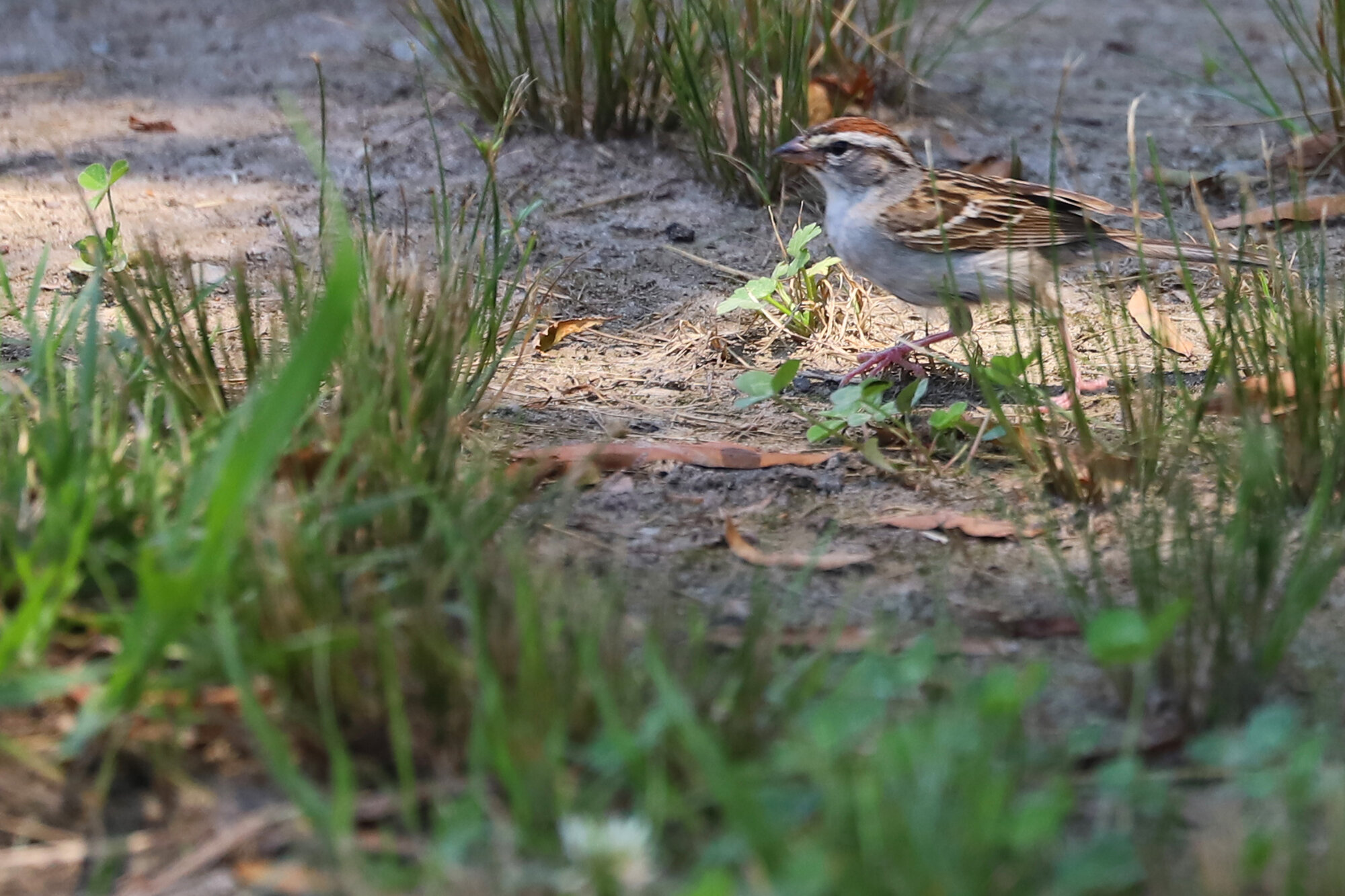
Highly unusual after their peak migration passage in Apr/May through the coastal plain, an adult male BALTIMORE ORIOLE viewed in flight from Pleasure House Point NA on 7 Jun (vis. Rob Bielawski) made for a second summer in a row with a record for this species under eerily similar circumstances. Last June (the 19th to be exact), it was Tracy Tate who observed one in flight over the Bayville Golf Course, while walking the trails at Pleasure House Point NA, and at this date, it would be unlikely to be a late transient, and would seem more likely to be a potential breeder. Unfortunately, the location of the birds isn’t accessible to the public, so there hasn’t been any opportunity to follow up on these, and no other reports have come in for birds watched distantly in flight from across Pleasure House Creek. However, if anyone reading this happens to live in Church Point, it is worth watching and listening for Baltimore Orioles, even out of season as they would be right now. Certainly the species winters throughout the city in good numbers, perhaps a few stay year-round at this point. (Jun 2020 Map)
For the first summer in many years, a YELLOW-THROATED WARBLER was logged at Stumpy Lake NA, starting on 5 Jun (a.r. Rob Bielawski), occurring again on 22 Jun (ph. Reuben Rohn) and with a final report on 29 Jun 2020 (aud. Jonathan Snyder). Though there is no reason this species shouldn’t be present throughout the summer at this specific location in Virginia Beach, even with coverage by birders it was last reported to eBird for June at Stumpy Lake in 1992. It’s possible the species is present away from the small piece of shoreline that birders have access too, and it has been confirmed as a breeder recently with individuals carrying nesting material as well. But the lack of summer reports is curious, as the species prefers pine forest abutting freshwater, which while tough to find in the city, is quite prevalent at this natural area. (Jun 2020 Map)
As in the cases of the Horned Larks and Grasshopper Sparrow mentioned above, up to three DICKCISSELS have been present on in the same field at NAS Oceana (restricted access) going back to 2 Jun (vis. Karl Suttmann), first noted from the public Flame of Hope Memorial on 18 Jun (vis. Andrew Baldelli) and continuing to be observed from there through month’s end (aud. Steve Keith). While it has been a banner summer for this species in Virginia, it feels all the more remarkable that breeders have been detected in all three of the coastal counties, and this is our only June with eBird records for Virginia Beach aside from a single reports on the Virginia Beach portion of Knott’s Island in 2018. The best way to observe the continuing individuals is to try very early in the morning before noise from traffic makes it tougher to hear from the southwestern corner of the Flame of Hope fence. Typically, all three of the rare breeders (Horned Lark, Grasshopper Sparrow & Dickcissel) that have taken up residence in this field are fairly far out, and views aren’t great, but the early morning also keeps the sun from blinding you. (Jun 2020 Map)
With June having come to a close, we’ve now reached July, the first month of fall migration! Over the next few weeks, shorebirds will have their place in prime time, as they begin heading south into our area once again. With little in the way of passerine movements until August (unless someone lucks into an early Black-and-white Warbler, Yellow Warbler, or American Redstart), and only the post-breeding dispersal of waders taking our eyes off shorebird habitat, it’s likely that s rare plover or sandpiper could get found in July. Princess Anne WMA does not look great at the moment for shorebirds, but conditions can change quickly and it needs to be checked often. The agricultural field at the corner of Muddy Creek Road & Shipps Cabin Road looks good right now, and could start holding shorebirds soon. Back Bay NWR’s impoundments are now mostly obscured with the addition of a secondary cross-dike in C Storage Pool. Beaches throughout the city and mudflats in the Lynnhaven are going to have to be covered often, as they may be our best hopes for shorebirds this month if inland impoundments & fields do not produce. Make sure to keep up with the expected fall arrival dates by clicking here. Happy shorebirding!
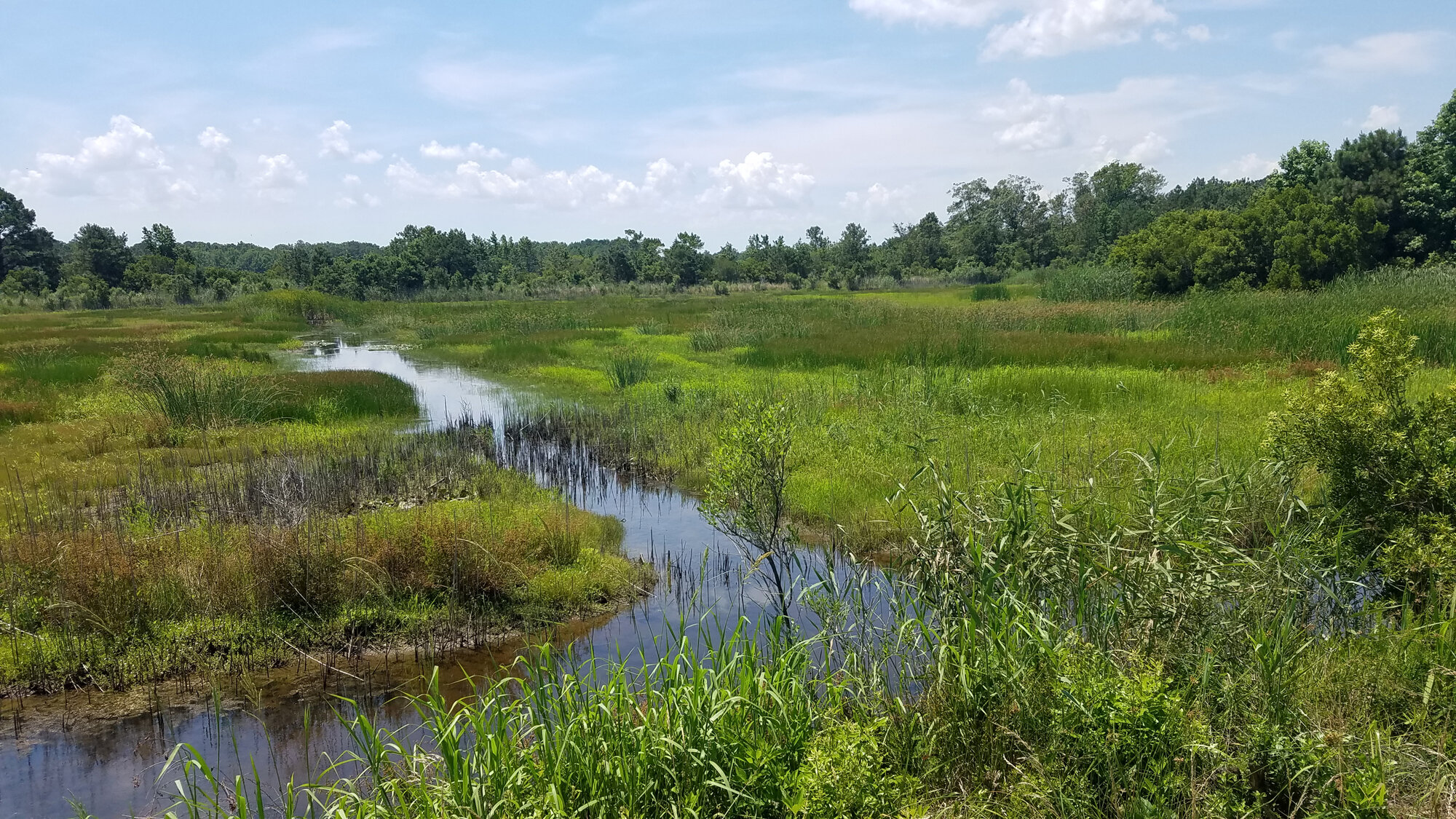
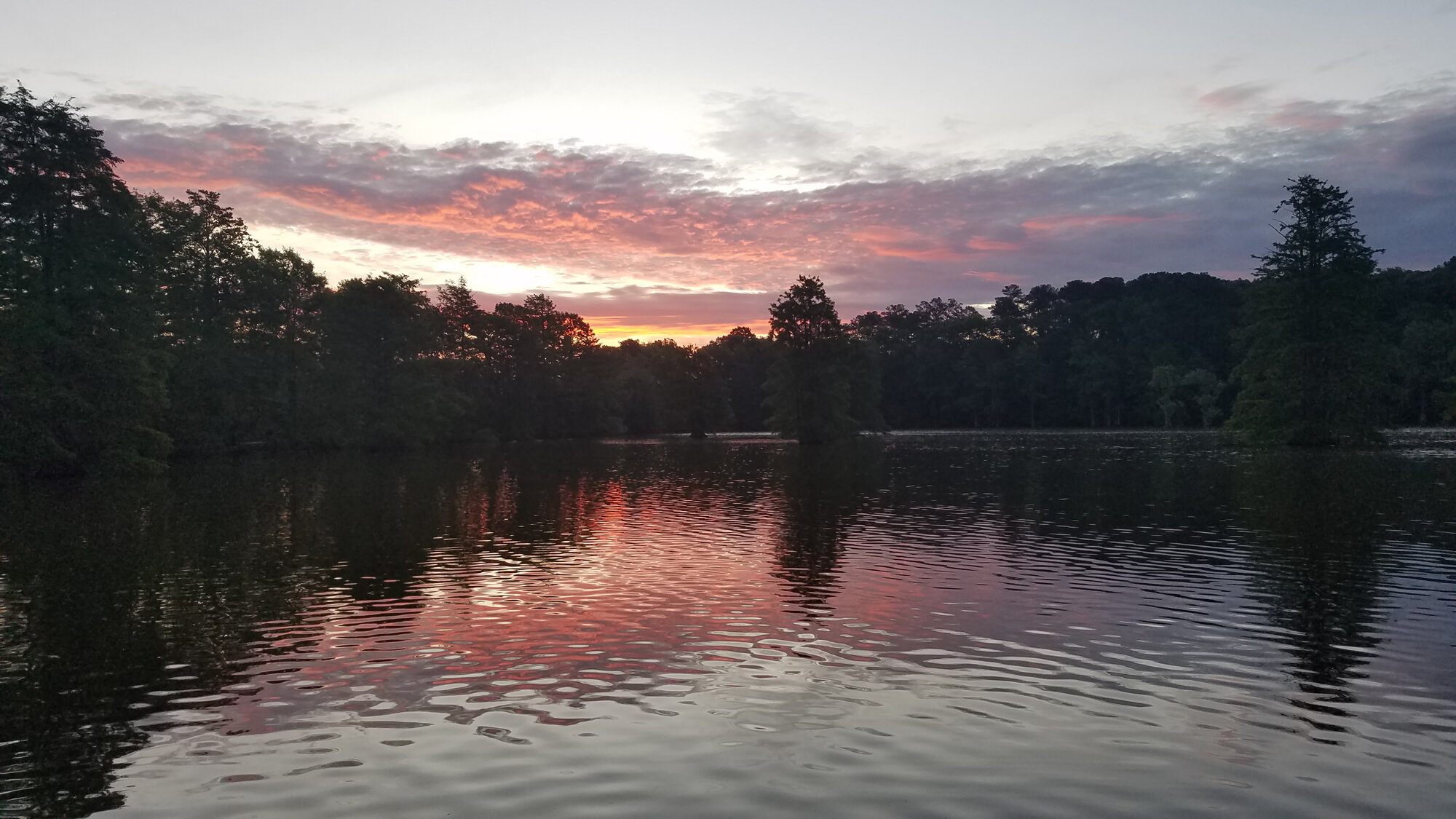
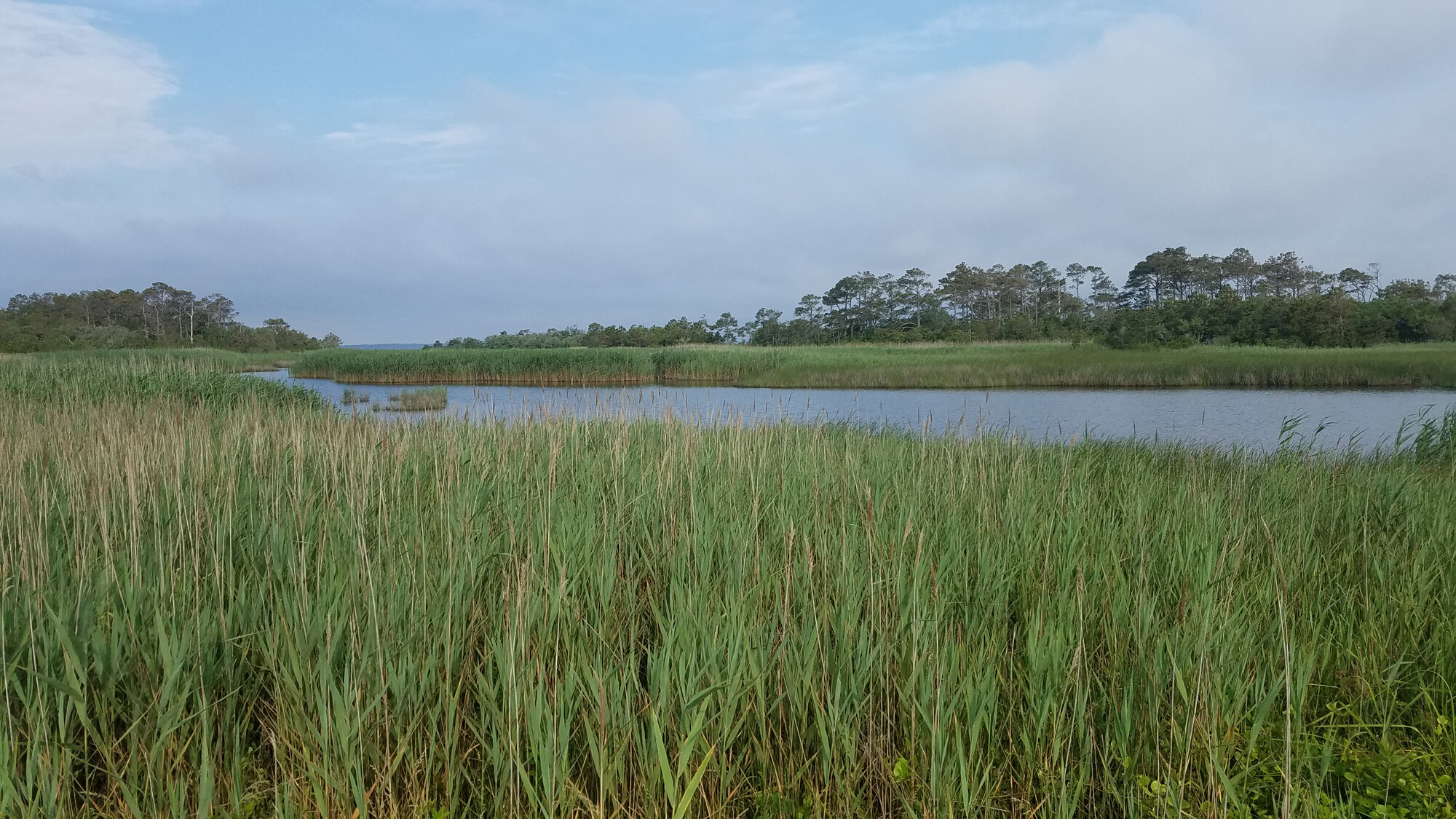
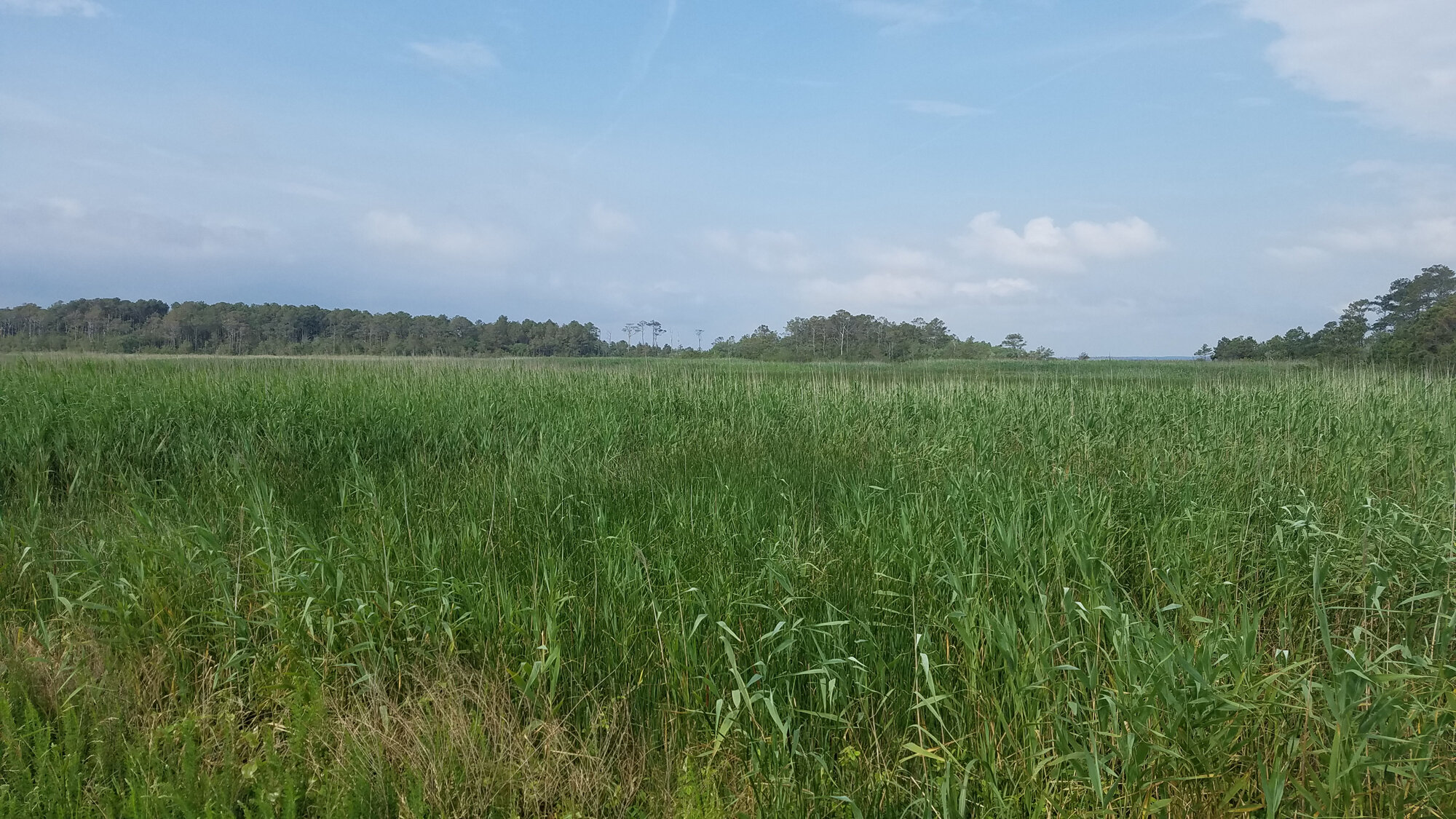

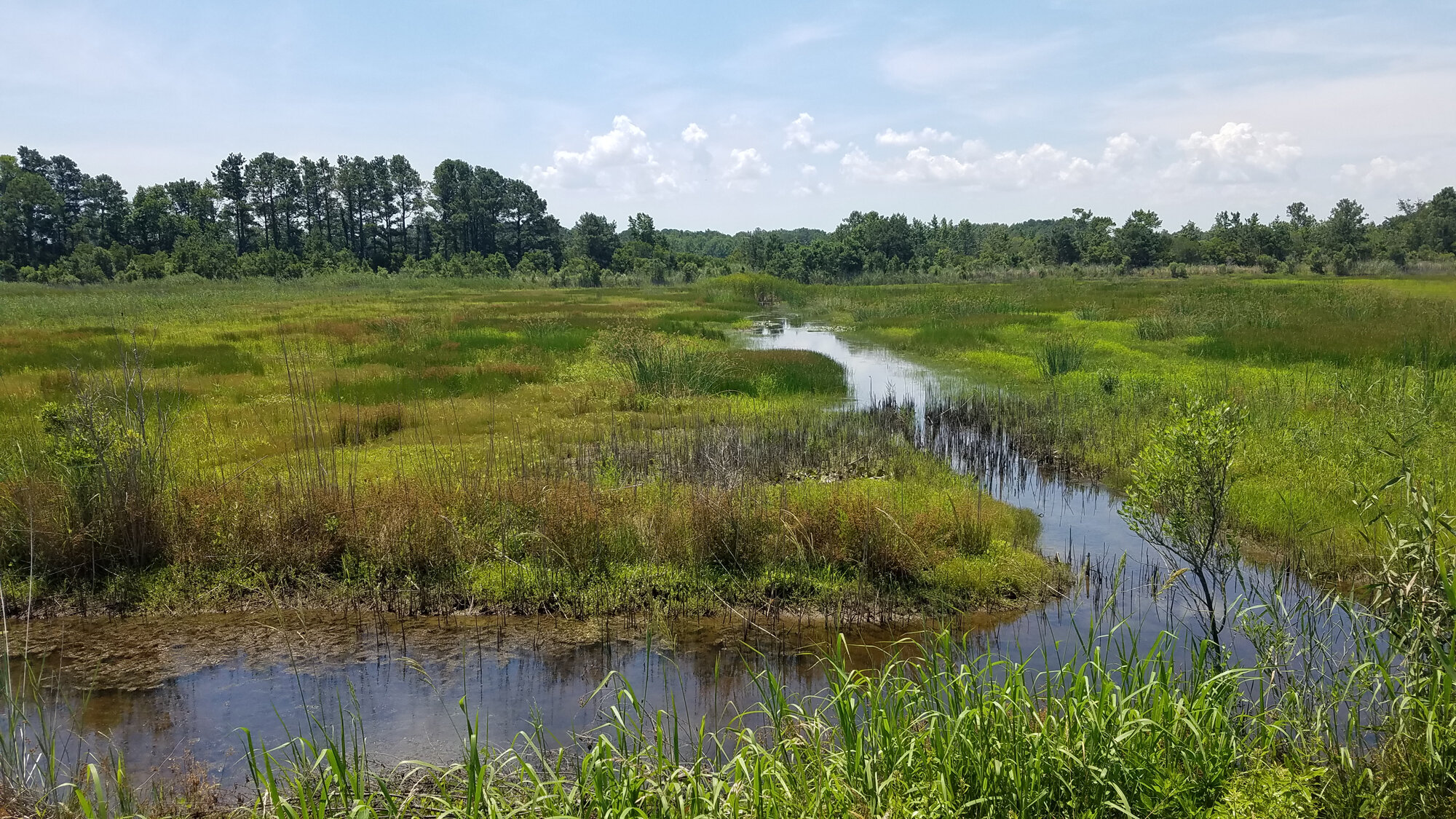
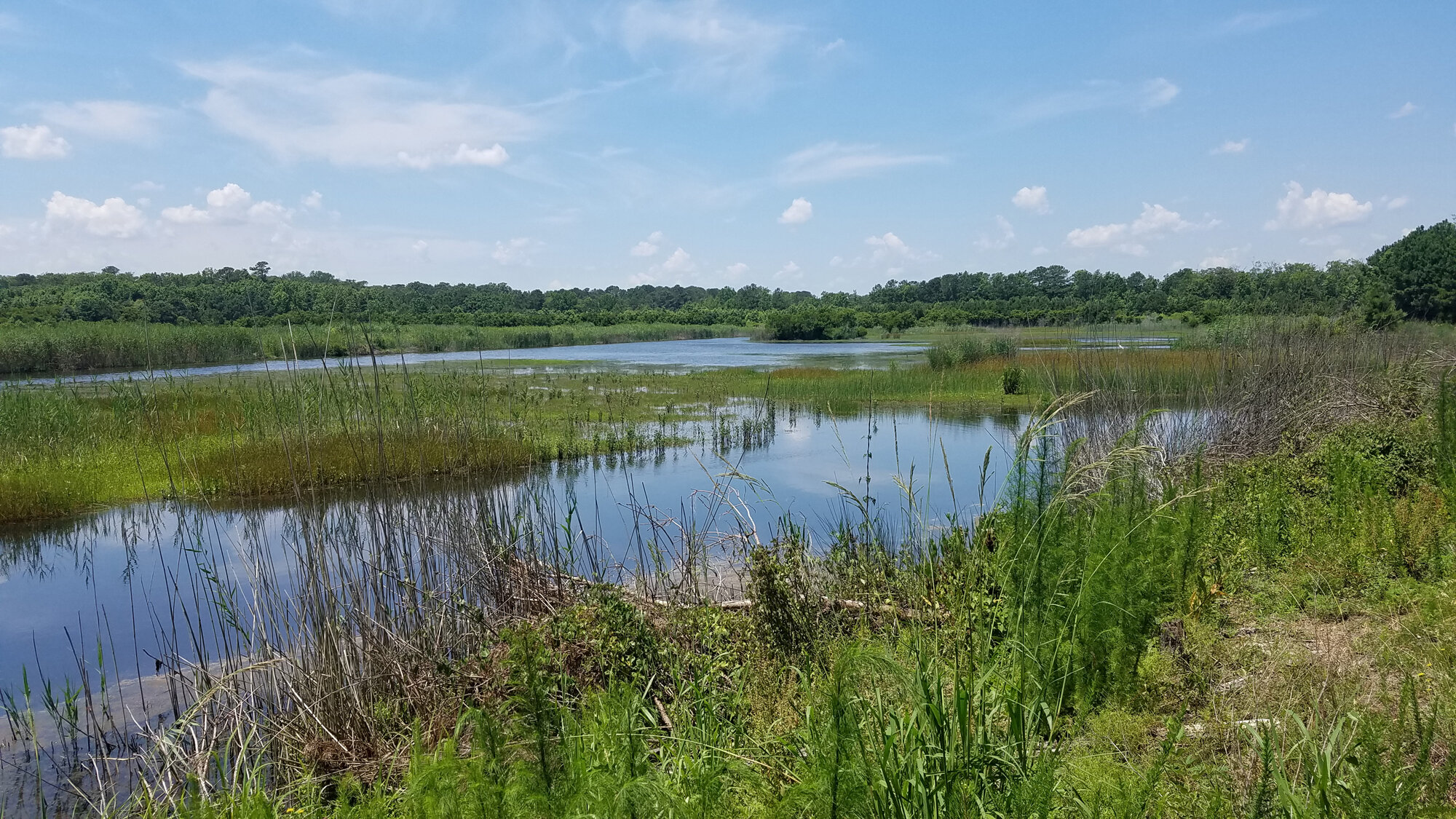
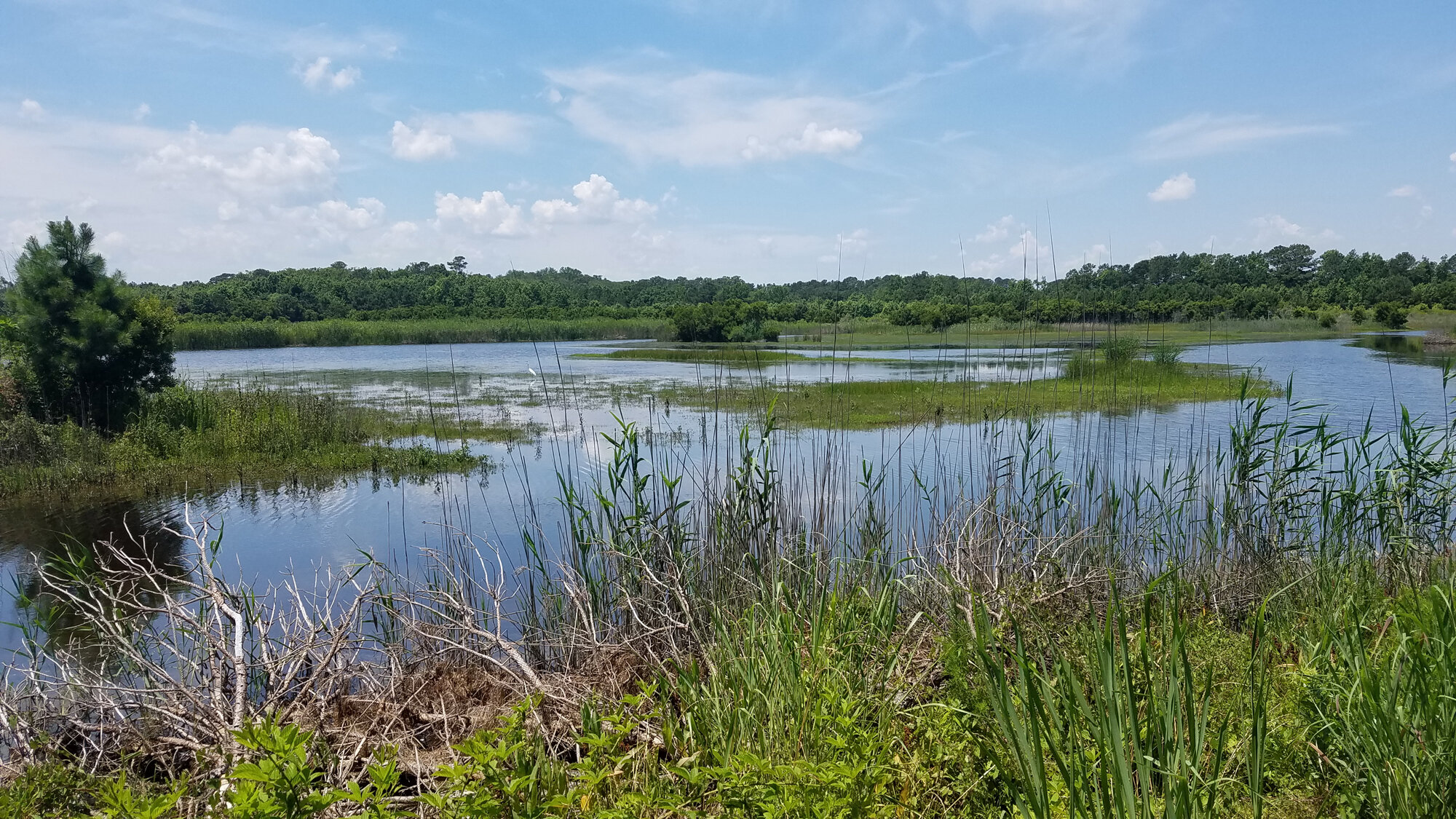
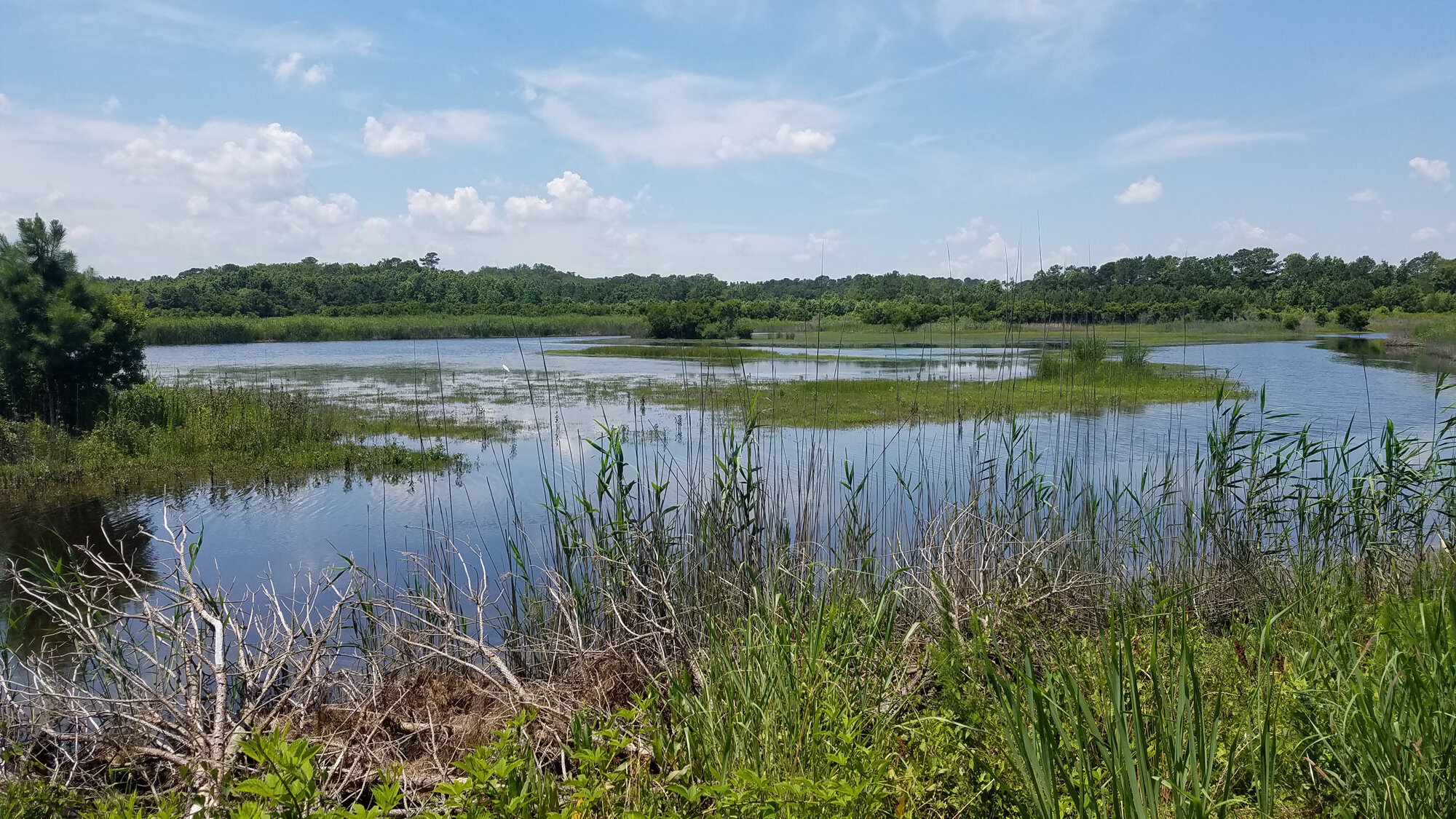
For those who wish for their observations to be included in this journal, please submit your records to www.eBird.org, and ensure that the proper documentation (whether written notes that rule out all similar species or photo/audio/video that is conclusive to species) is provided. Thank you to those who have taken the time to enter such documentation into eBird so these records may be publicly known and to those who took the time to read through this Journal entry. Be sure to check back early next month to see what birders will have found in Virginia Beach during April! For further information regarding this monthly, online publication, please visit the Journal Overview Page which provides an explanation of the current format, layout and composition of the journal.